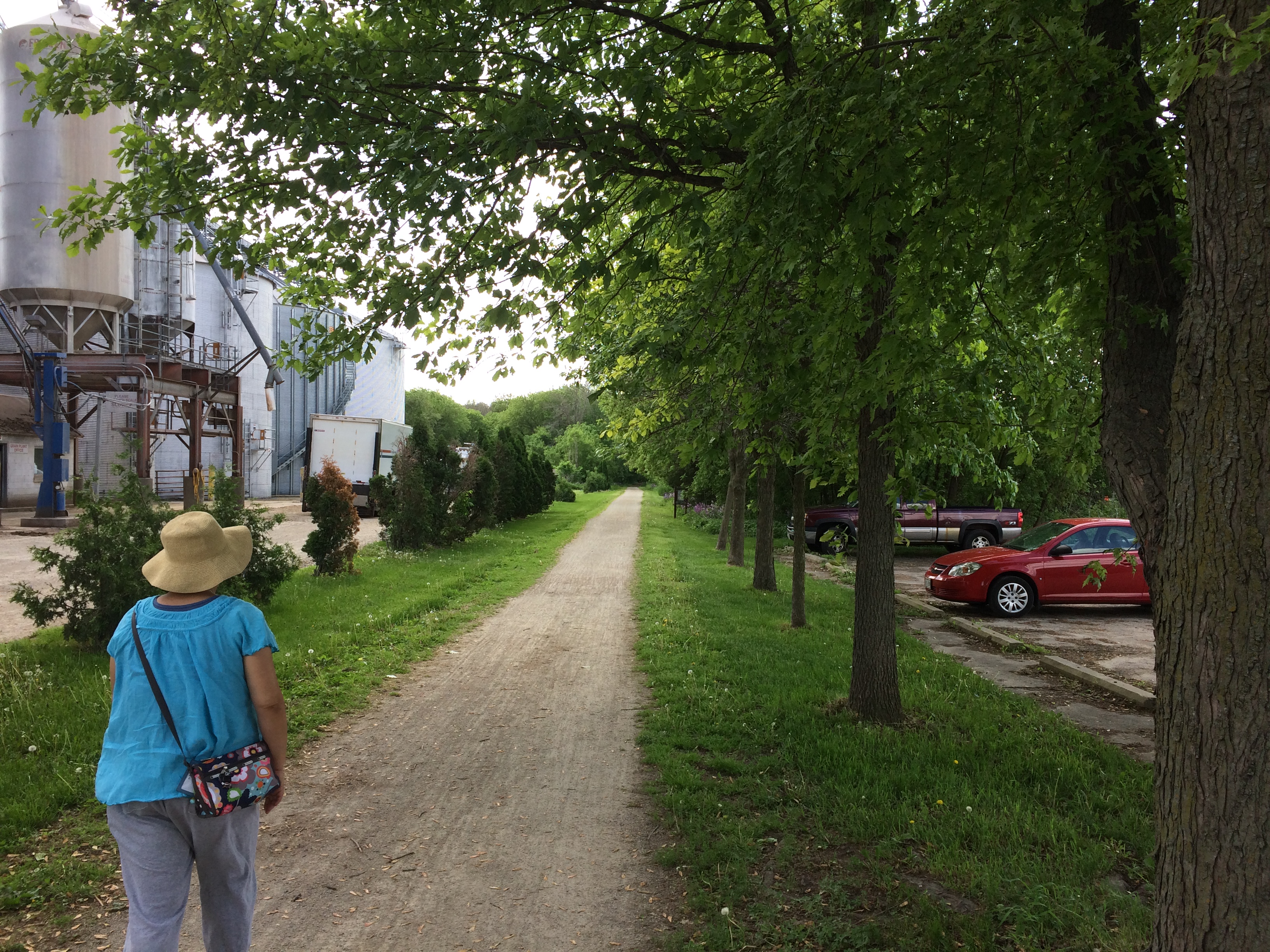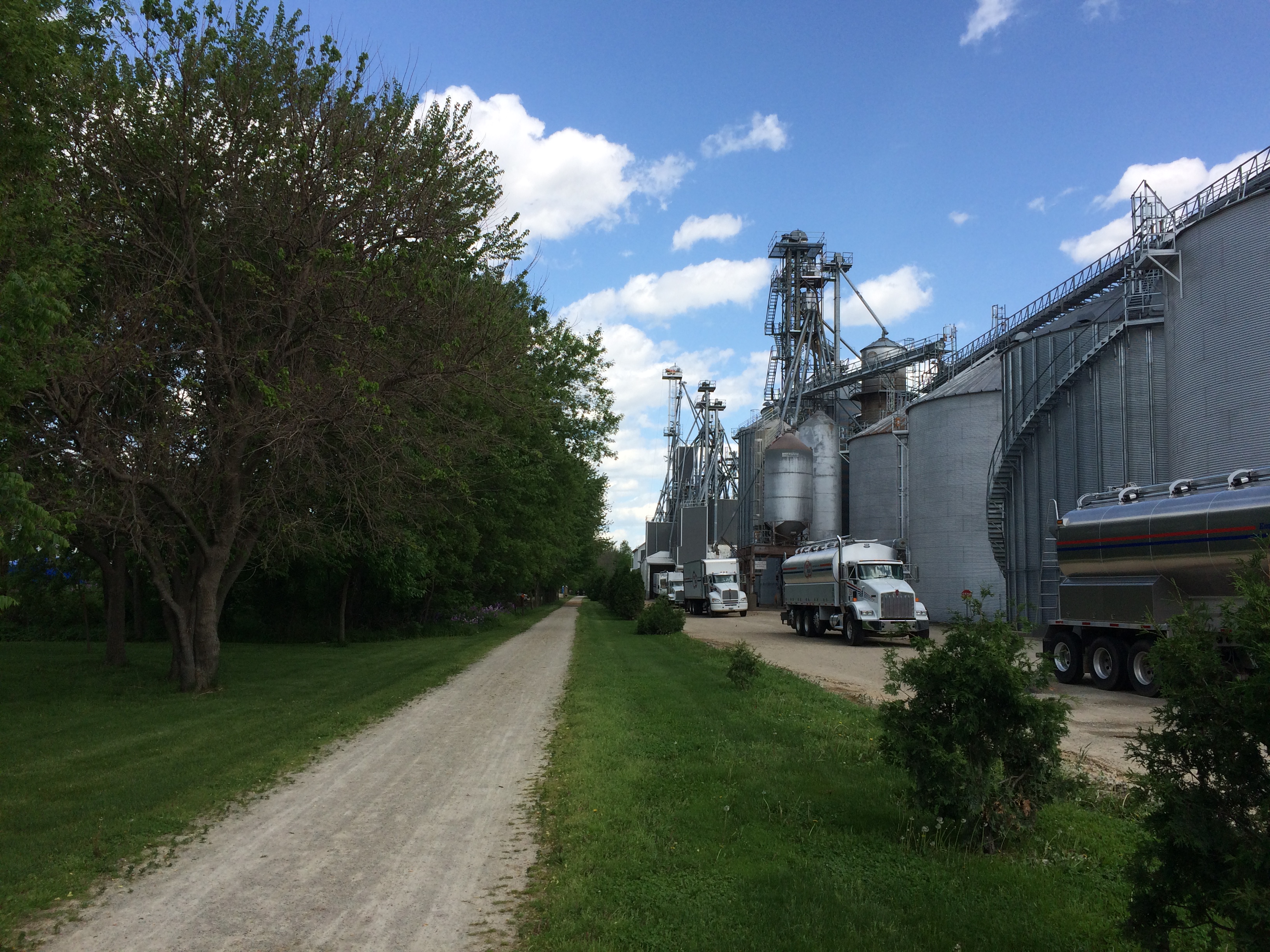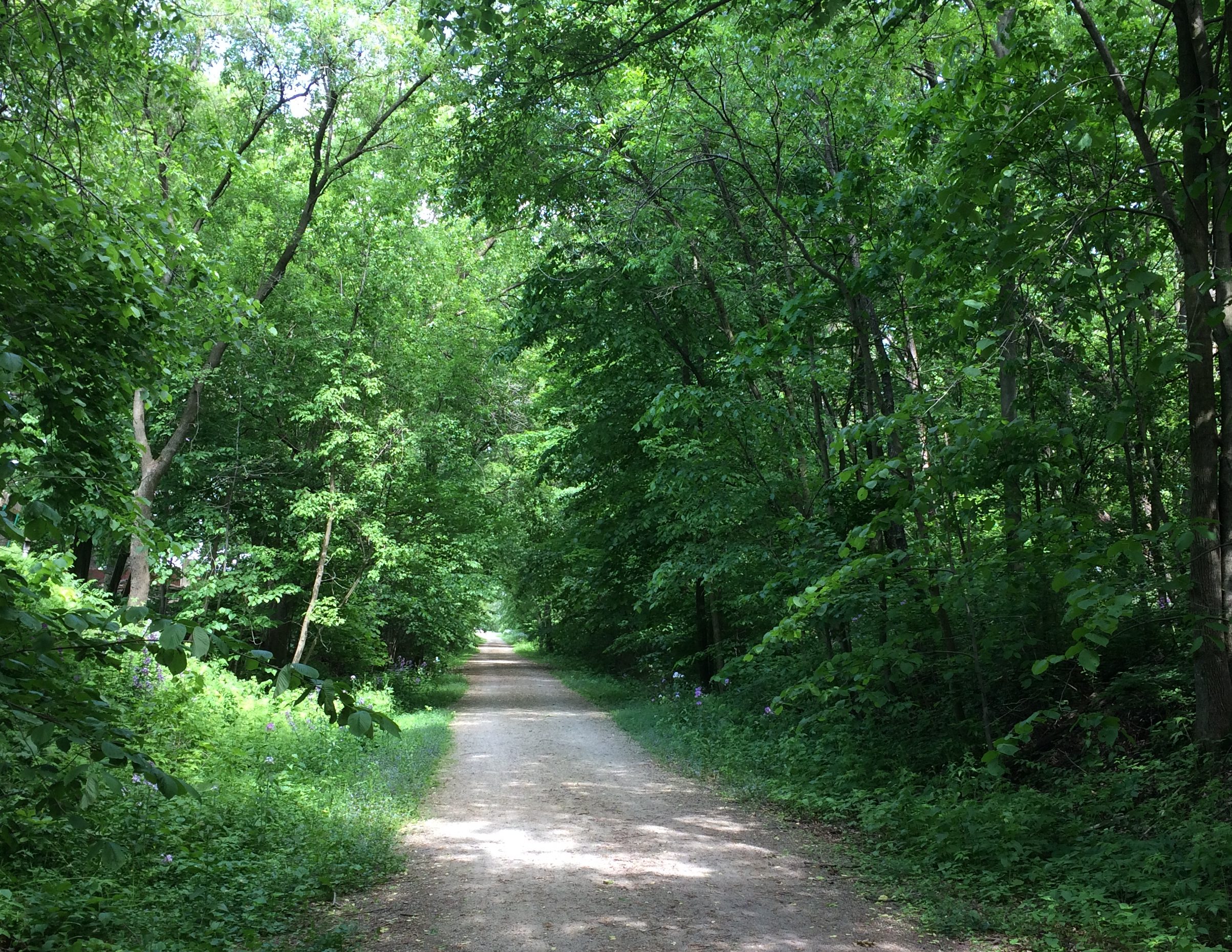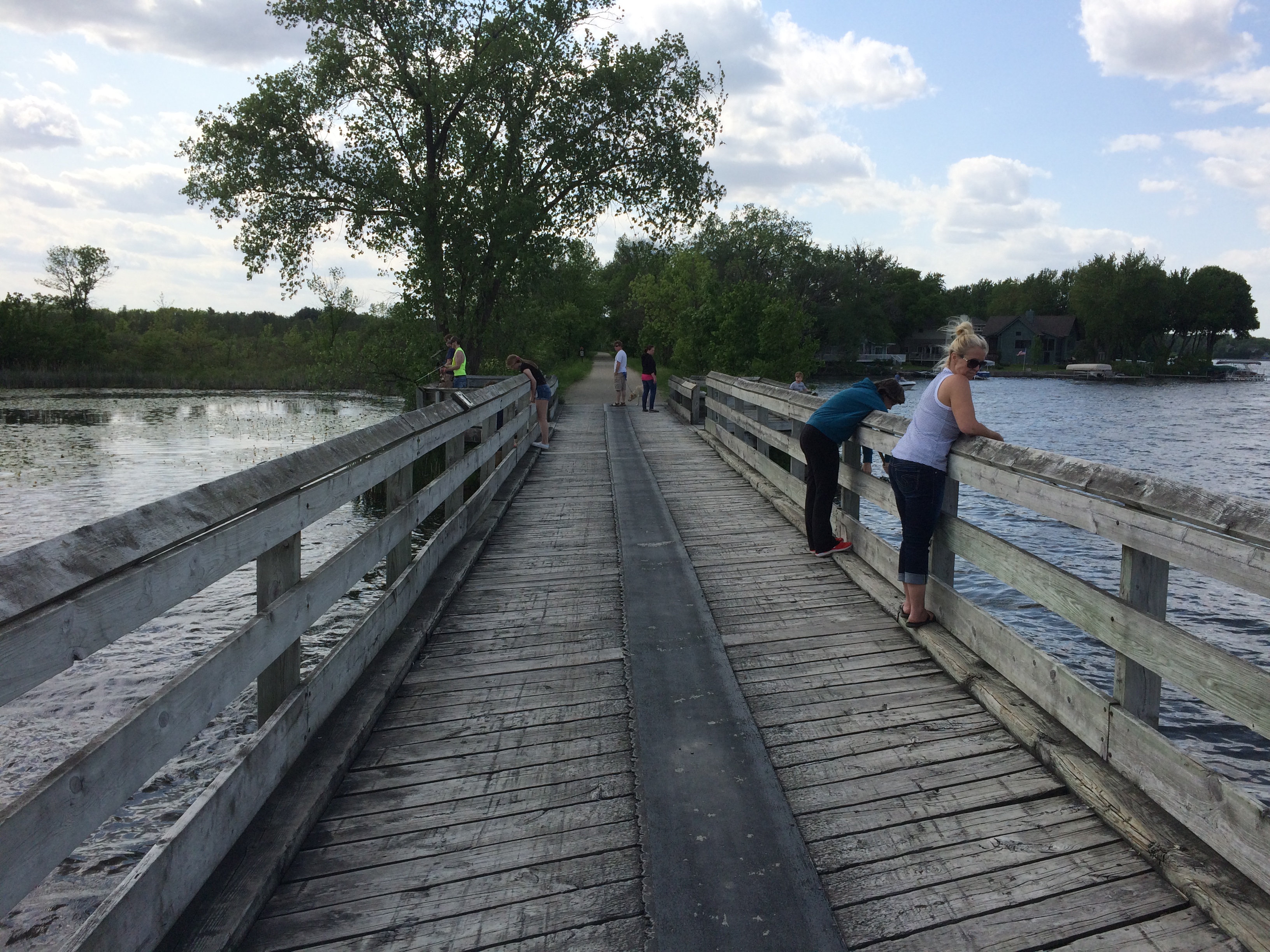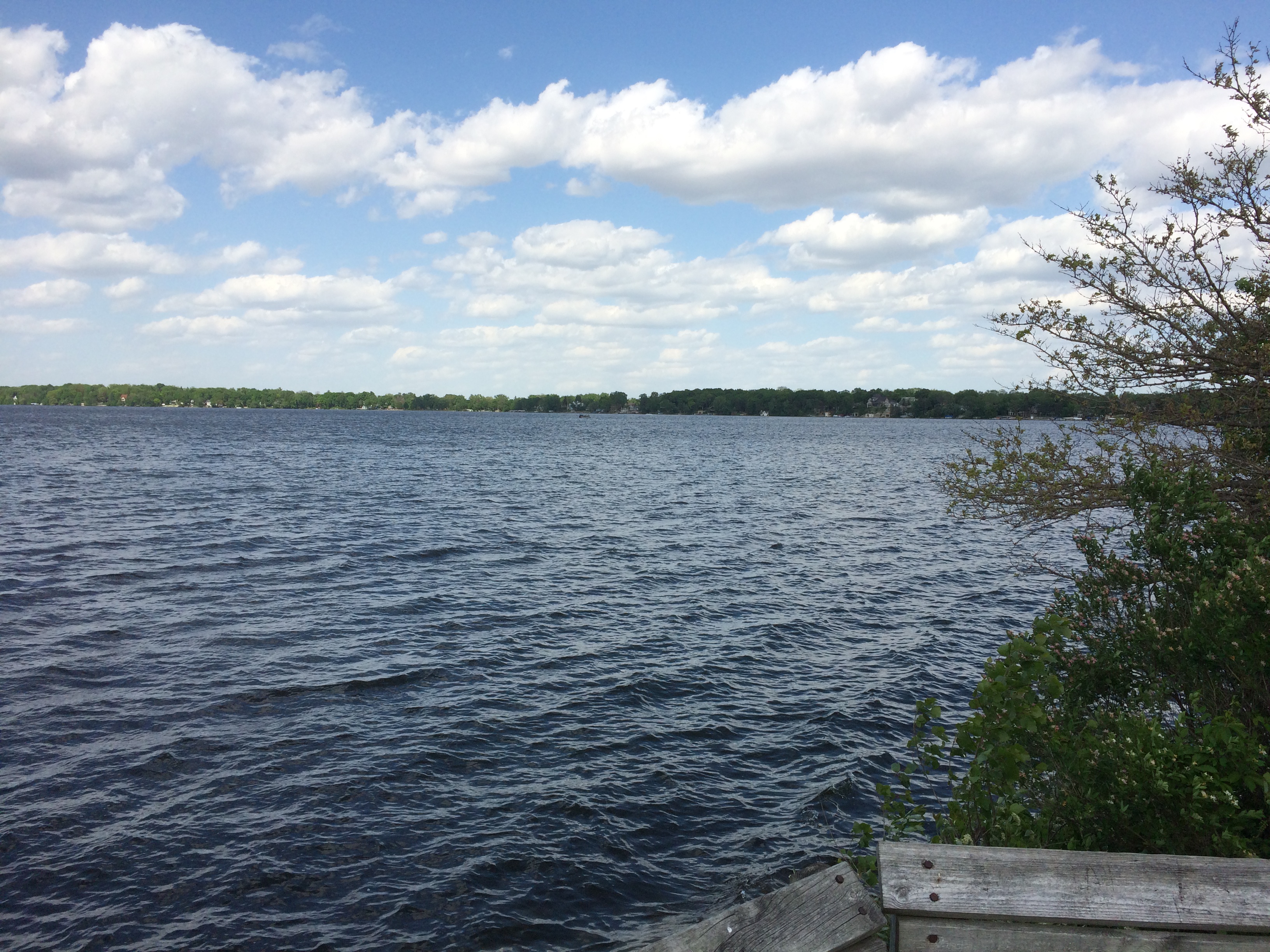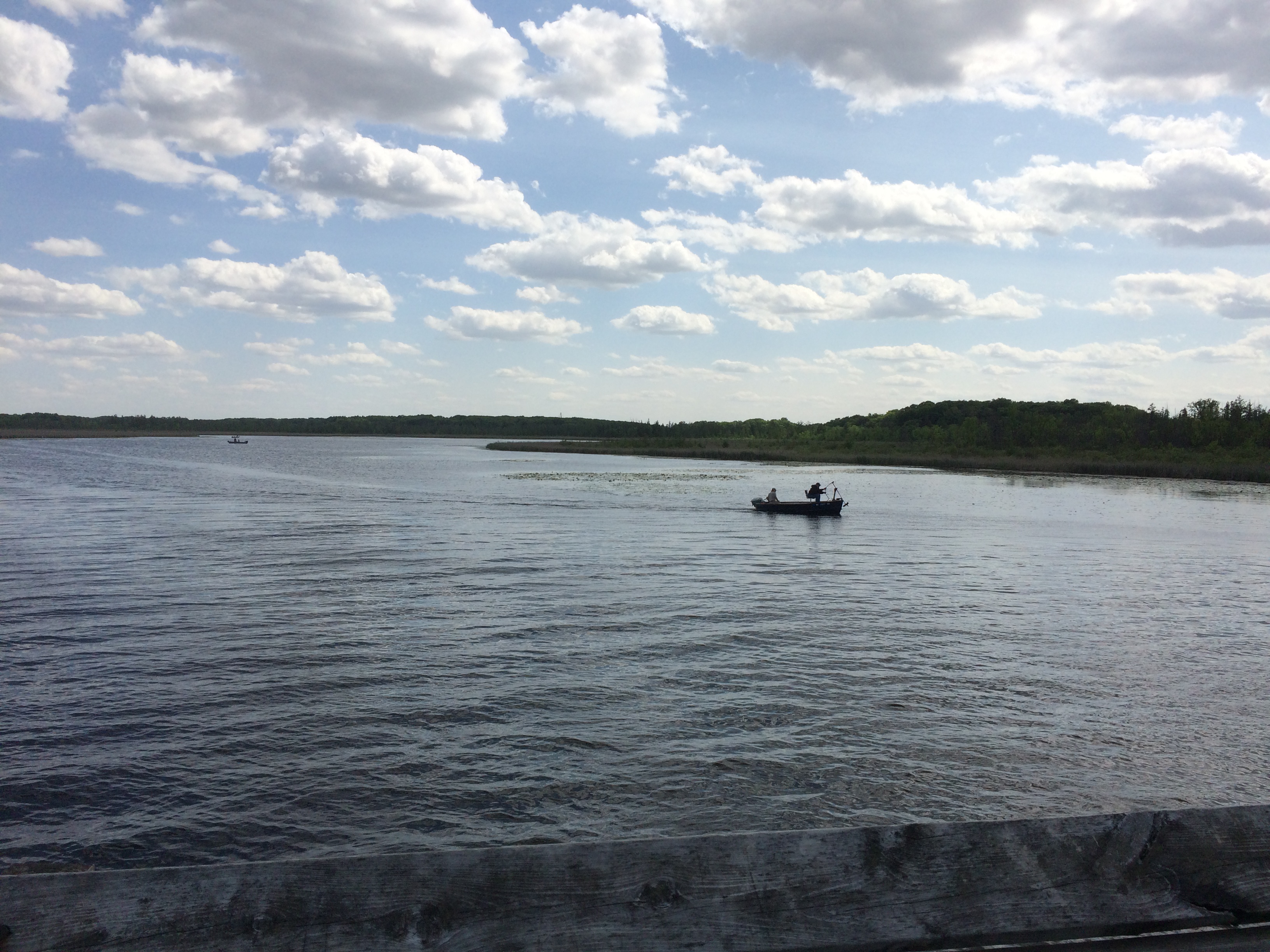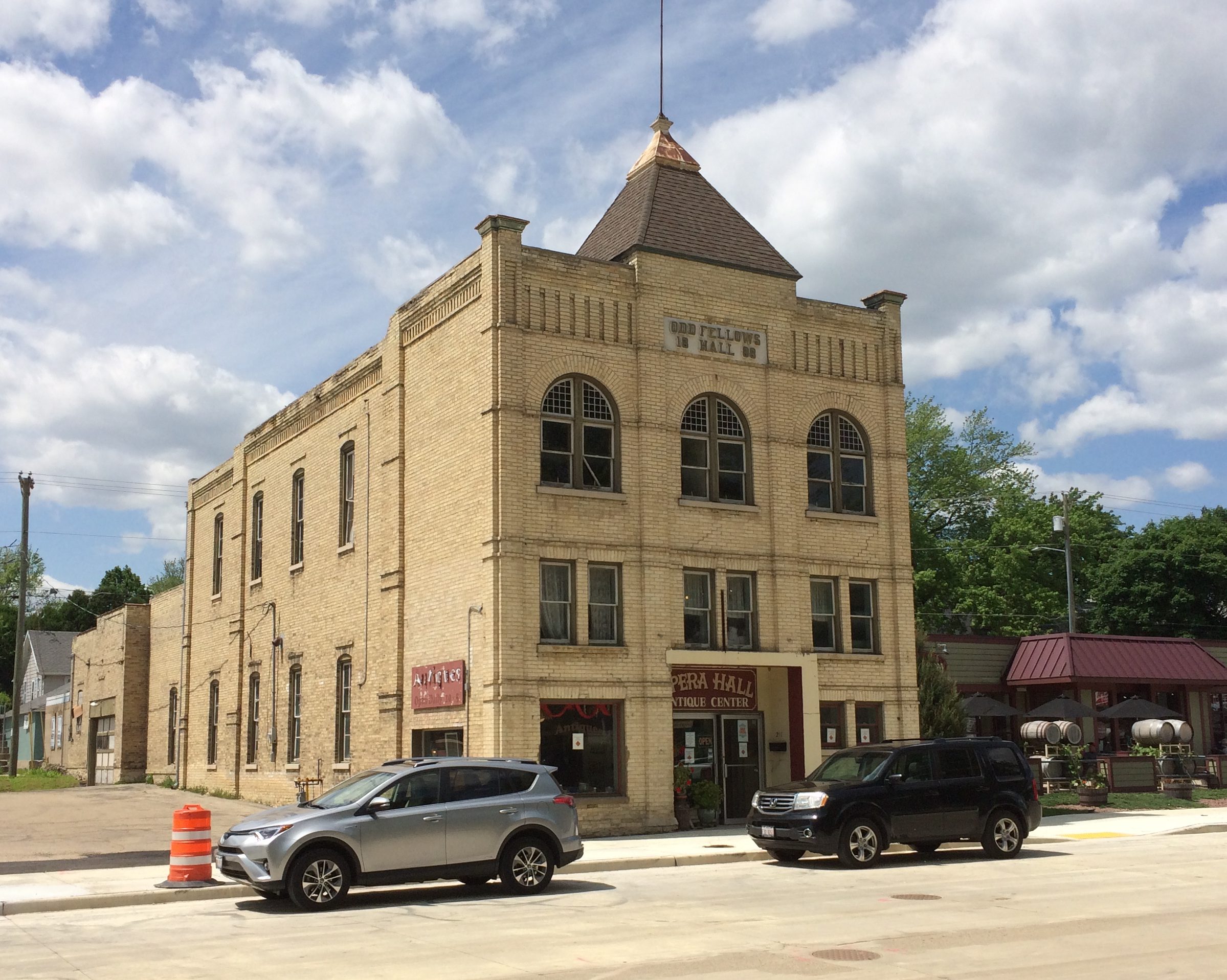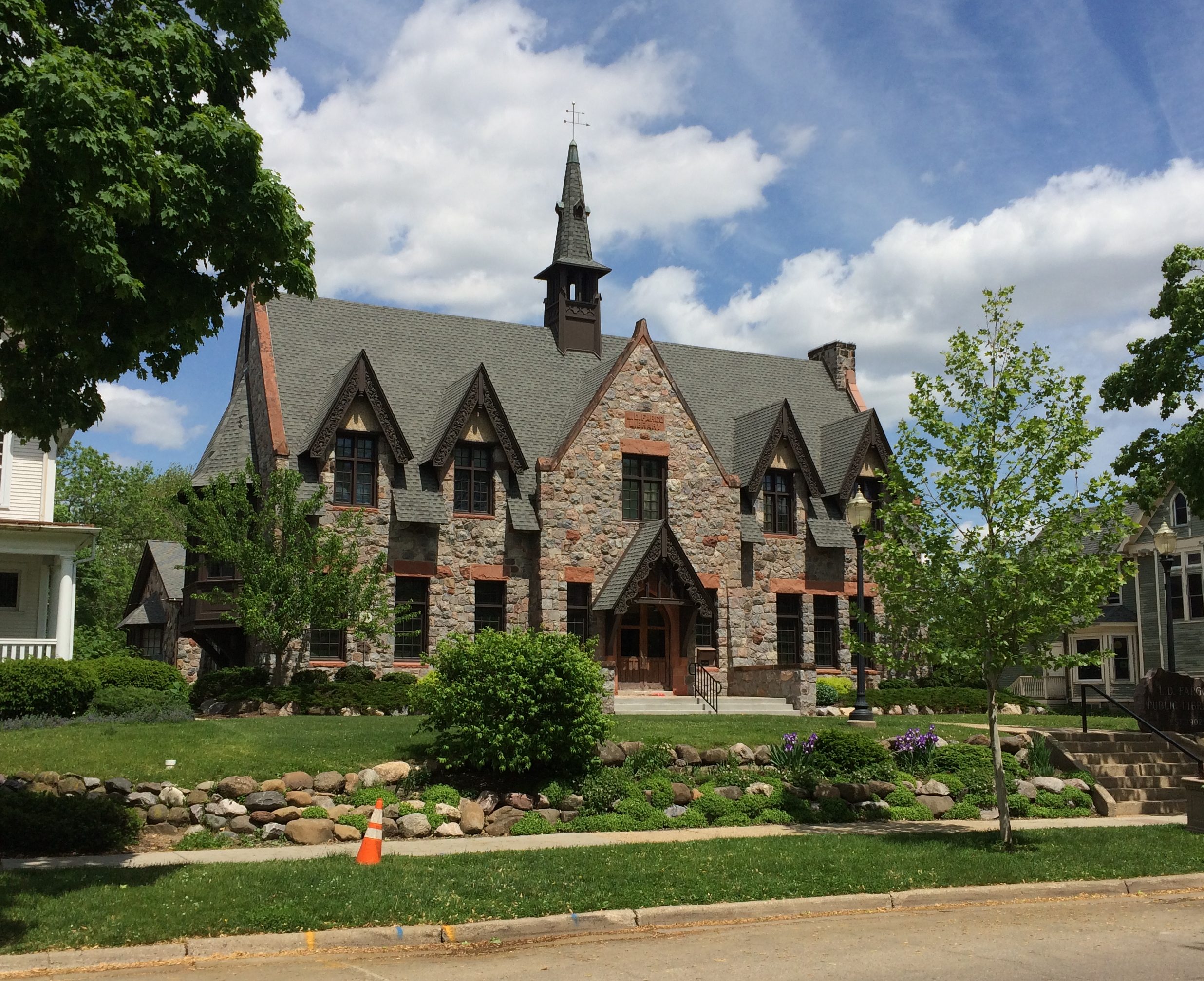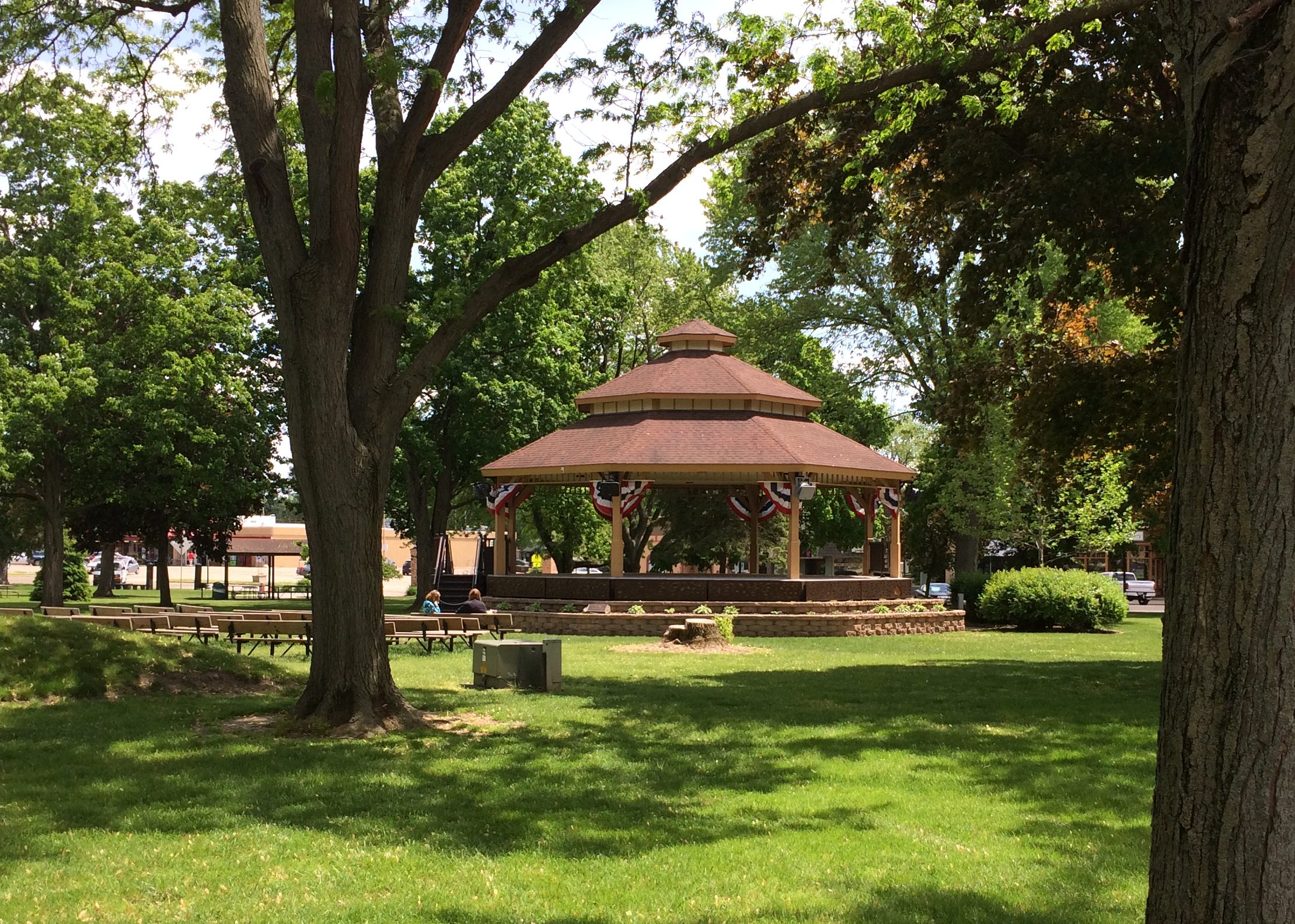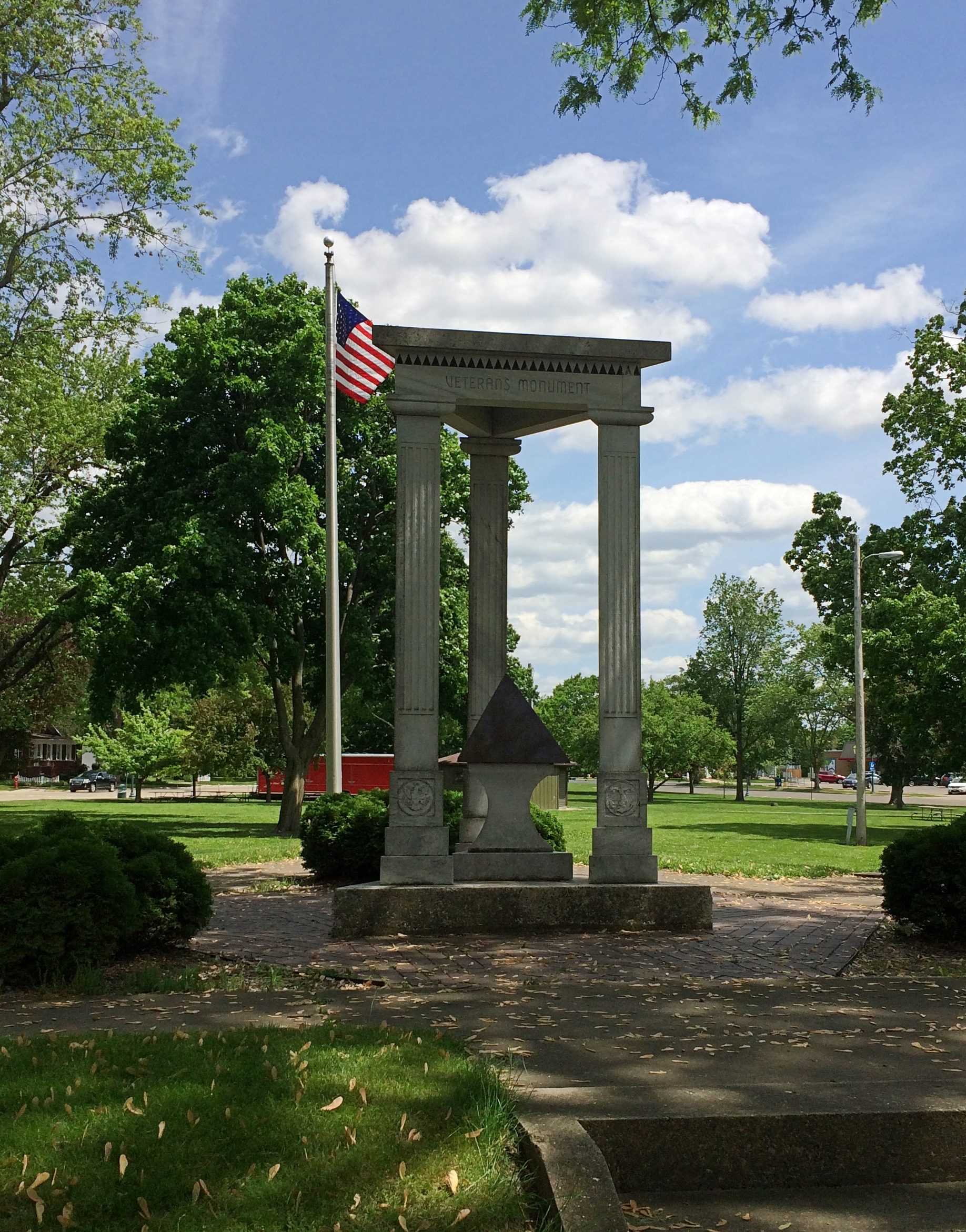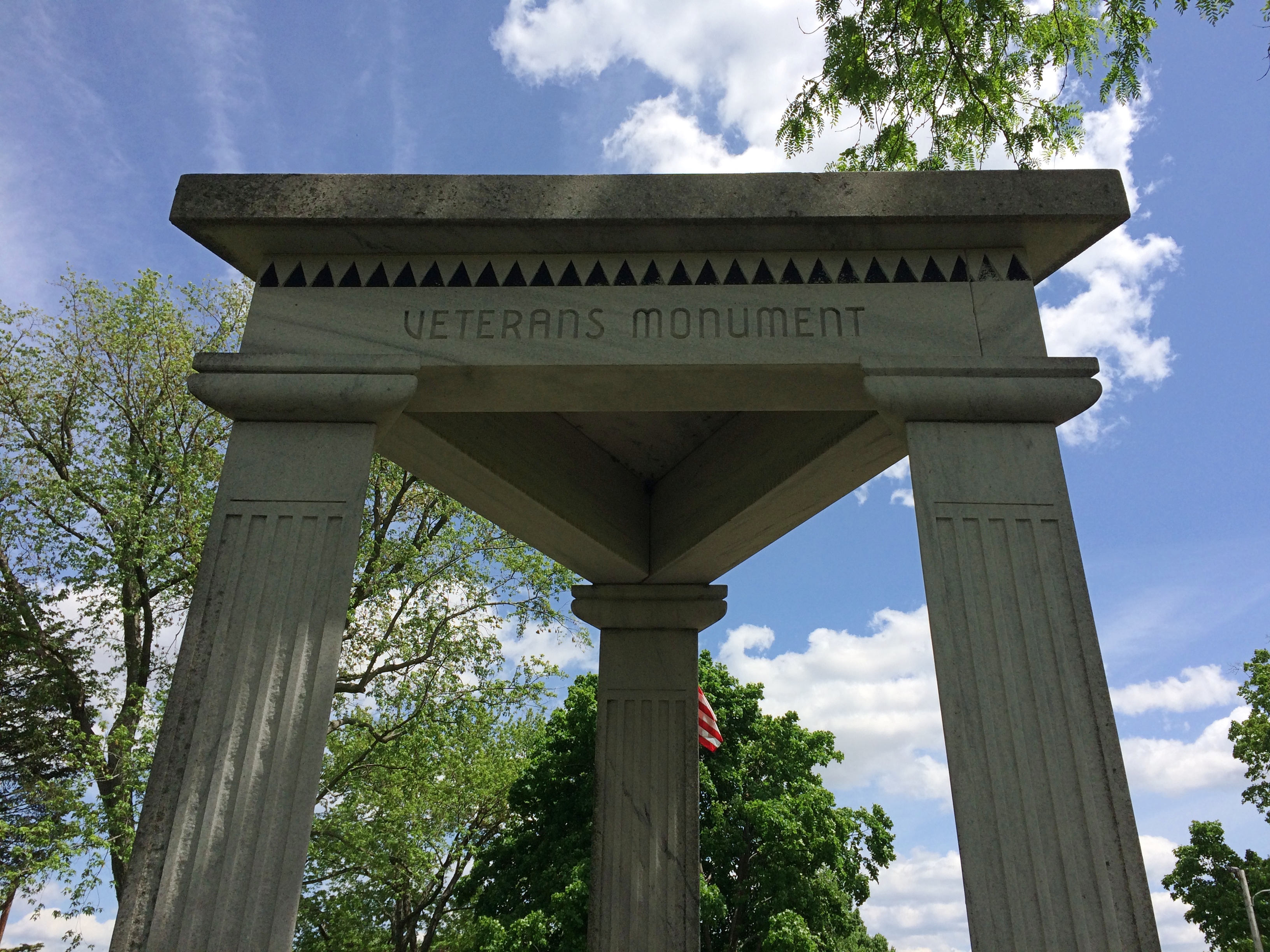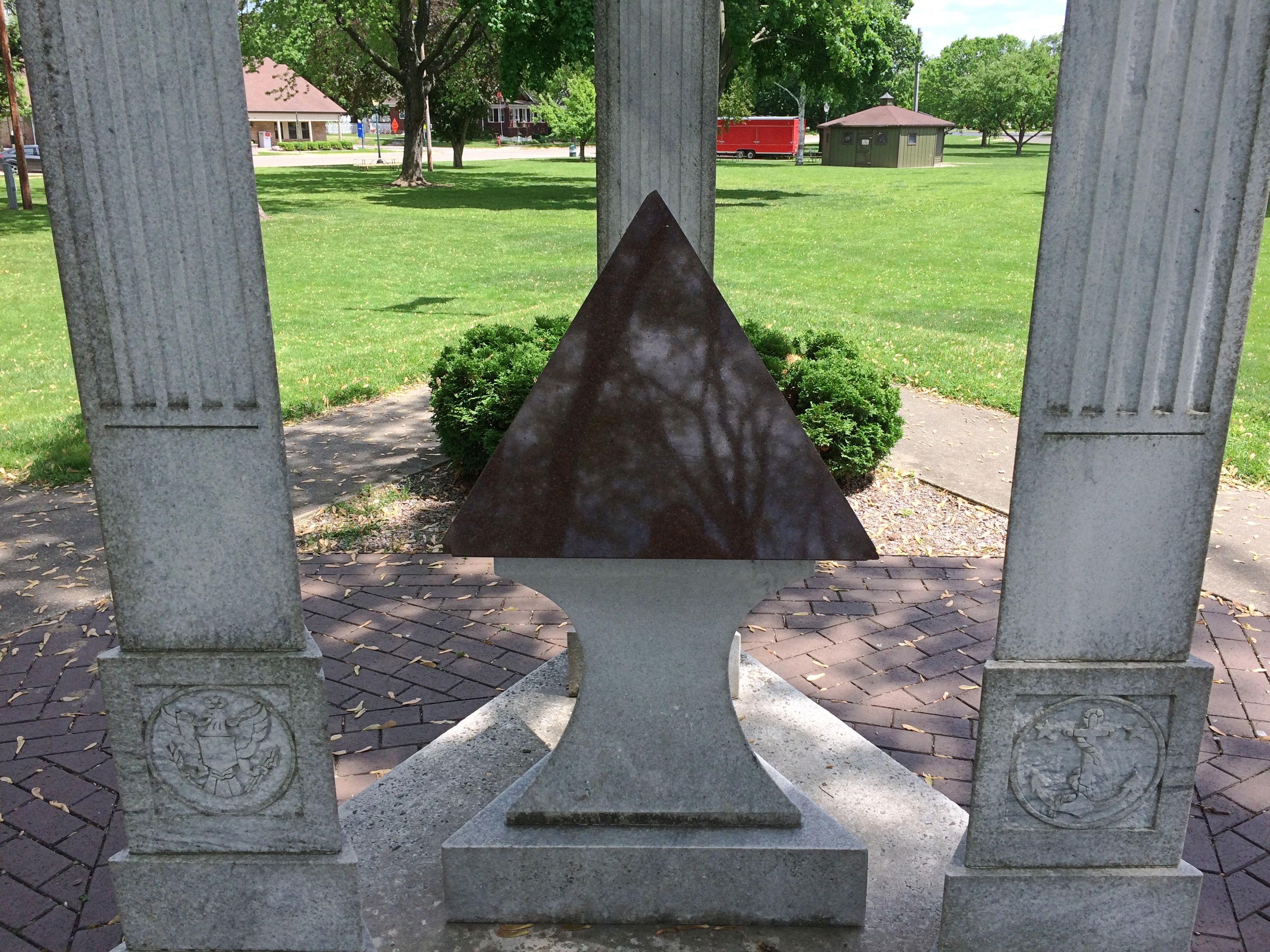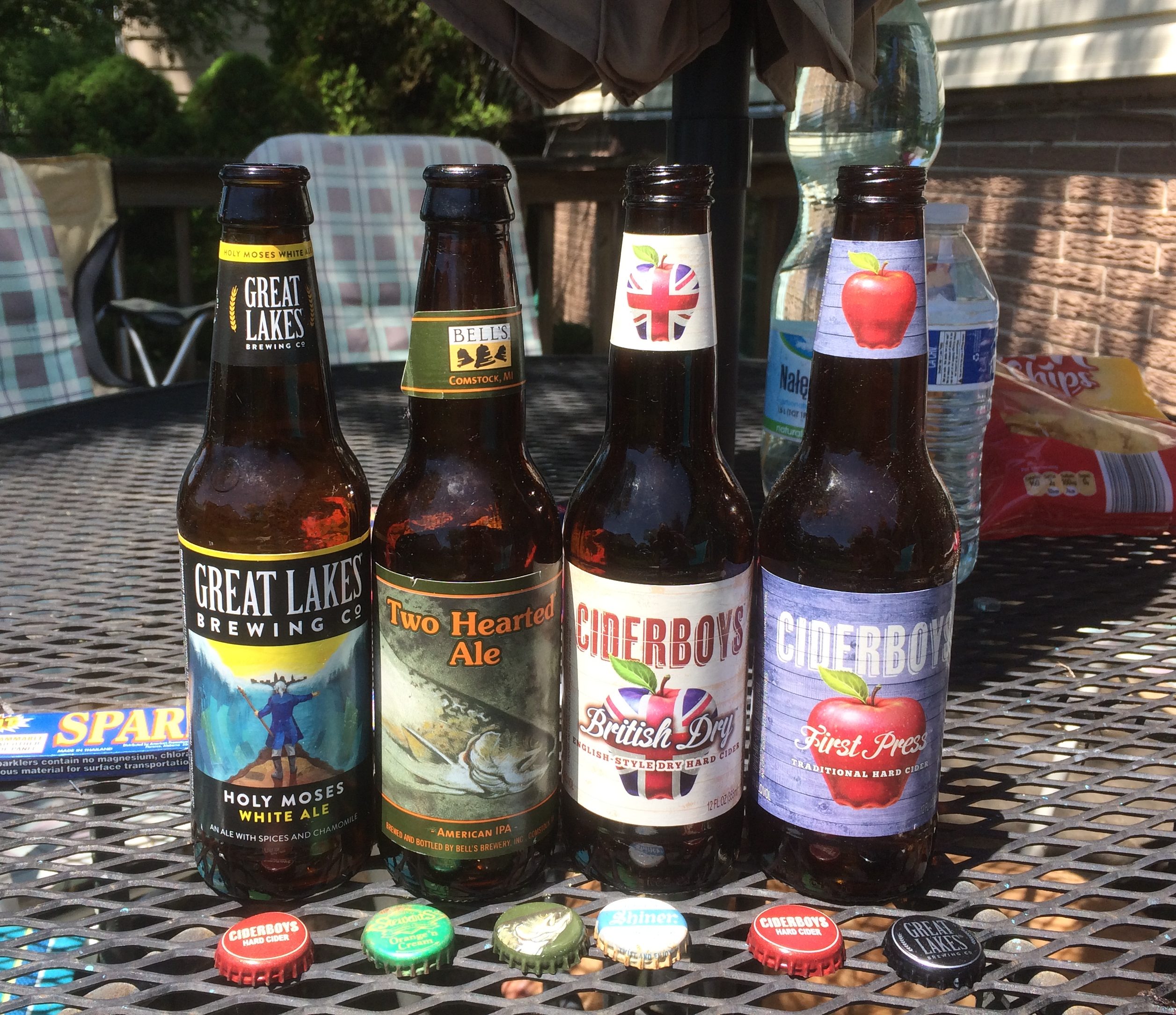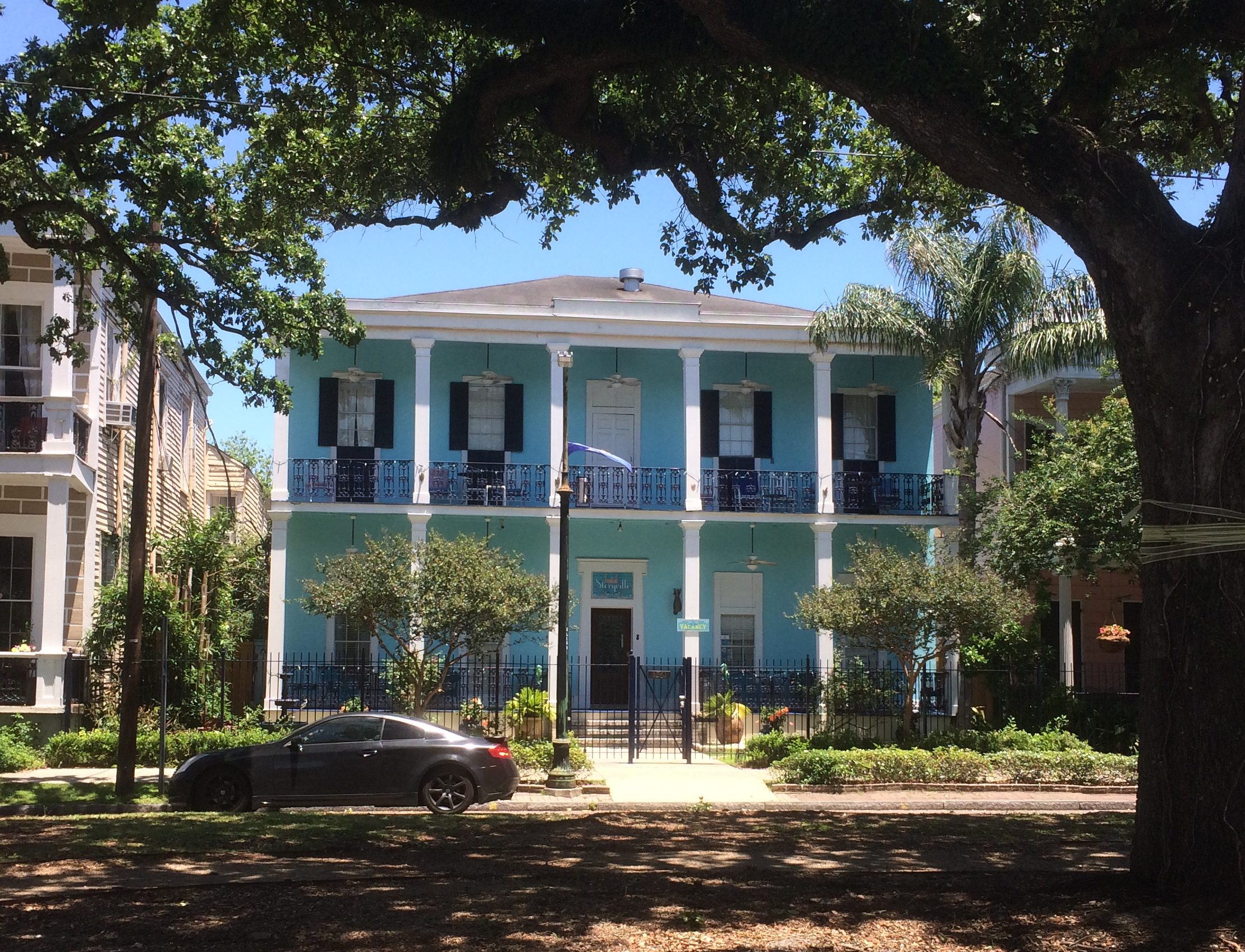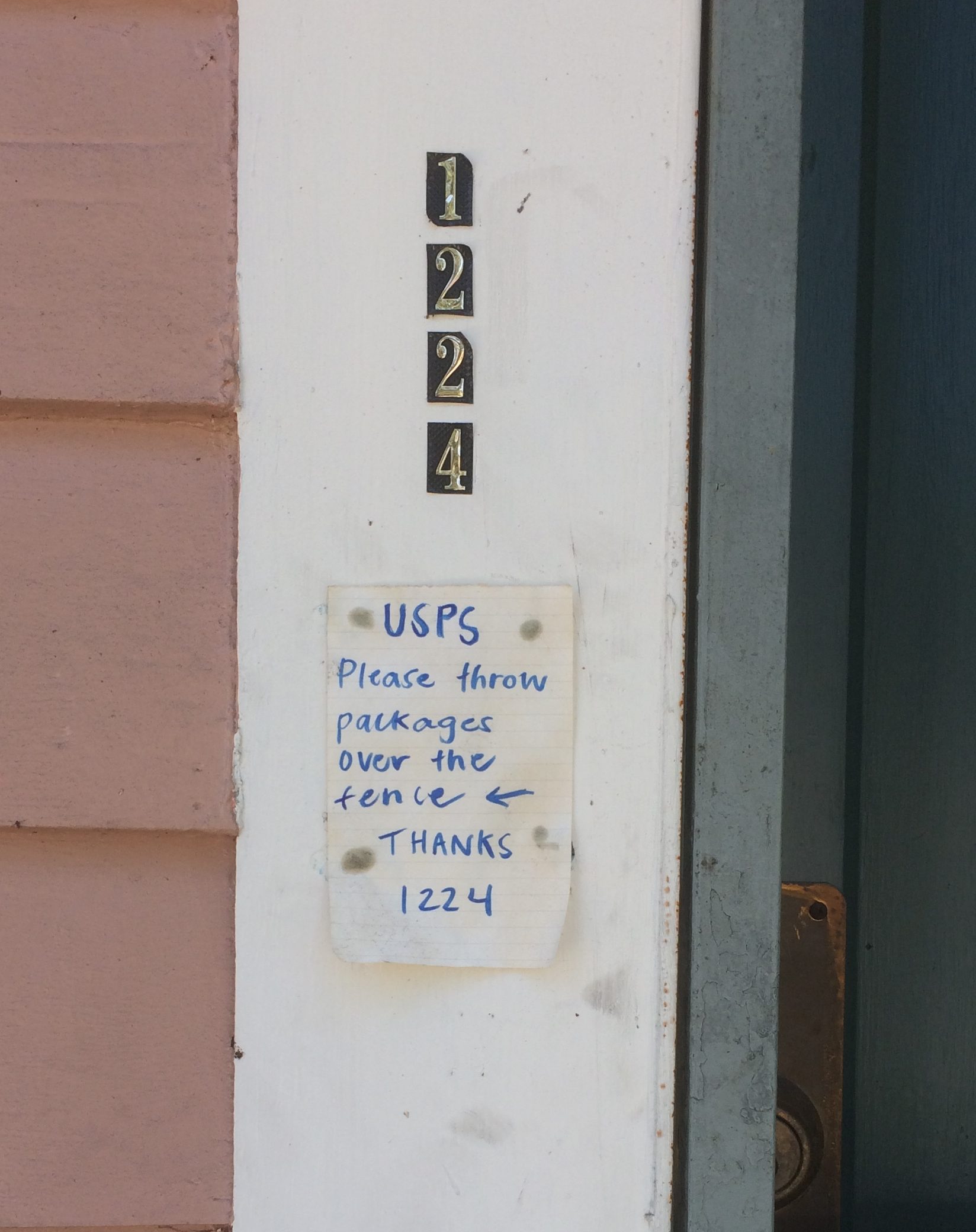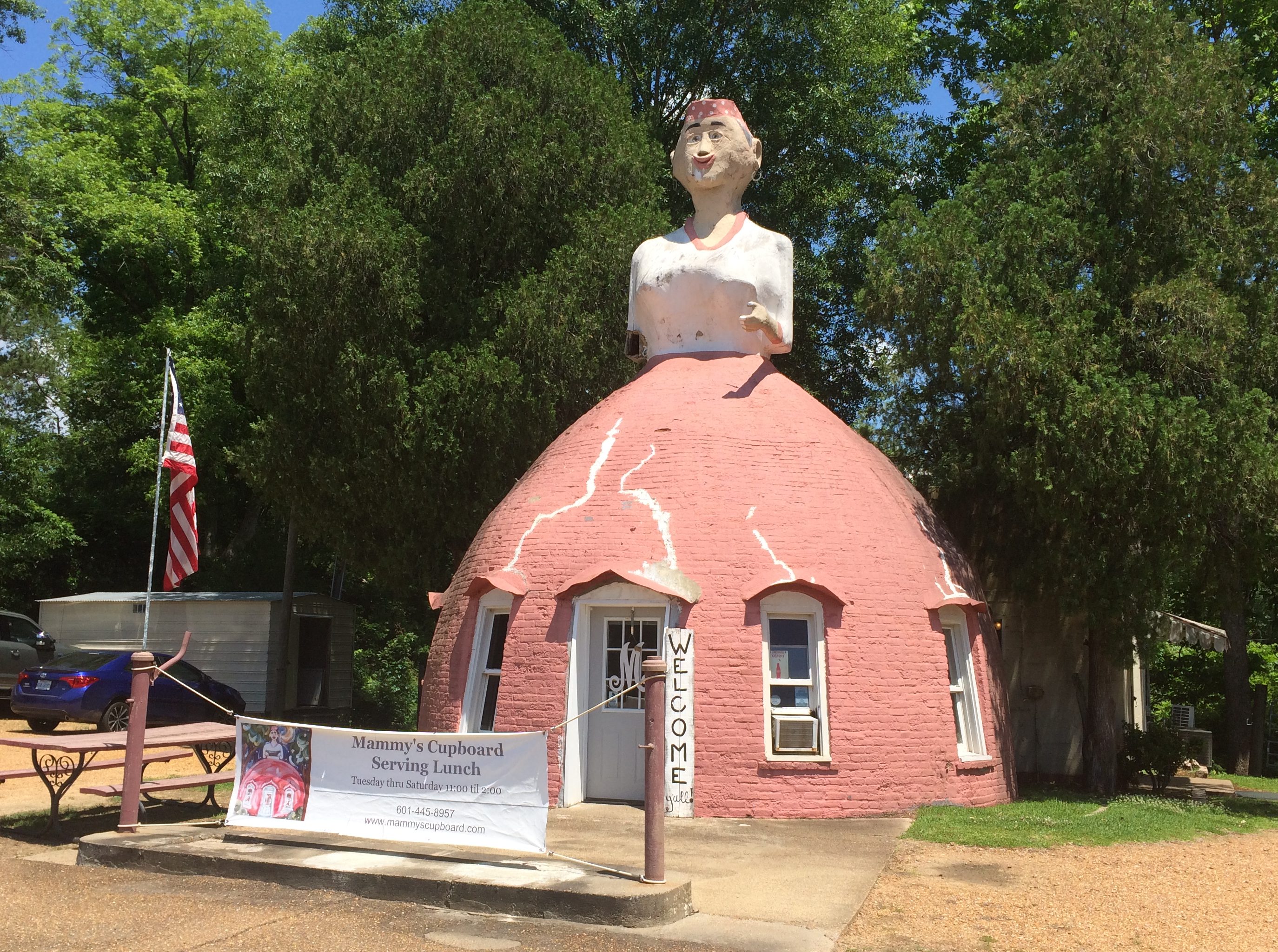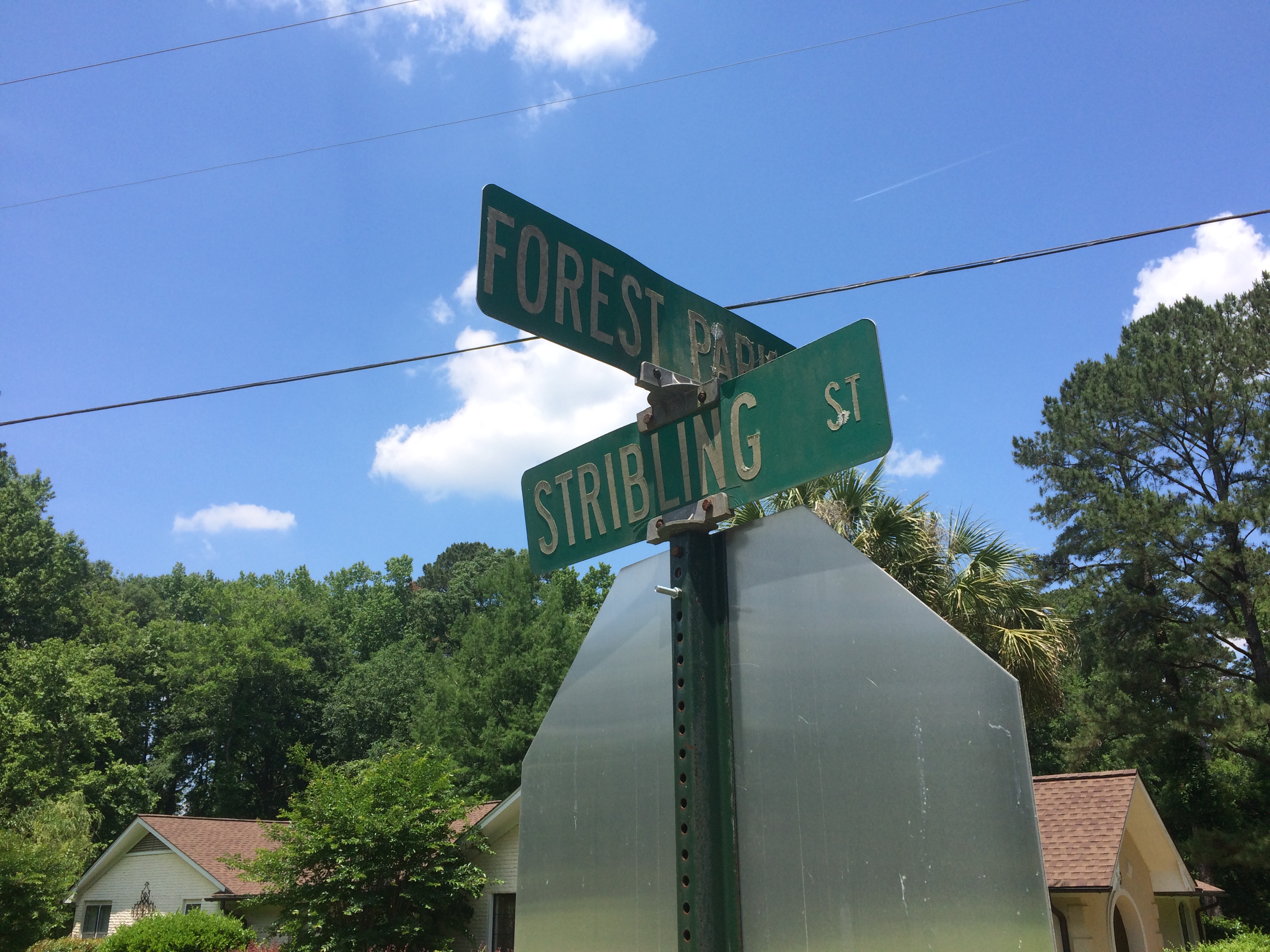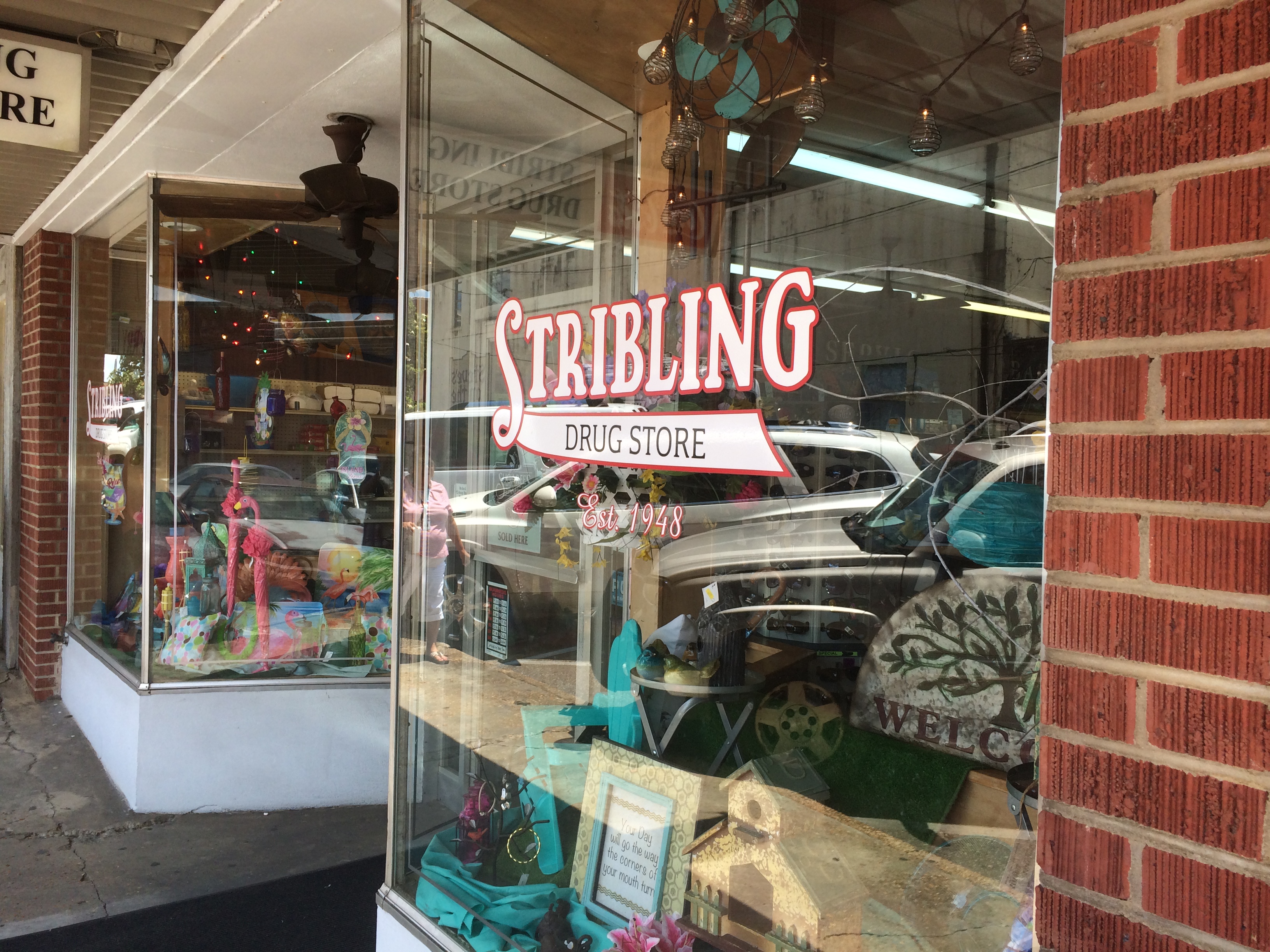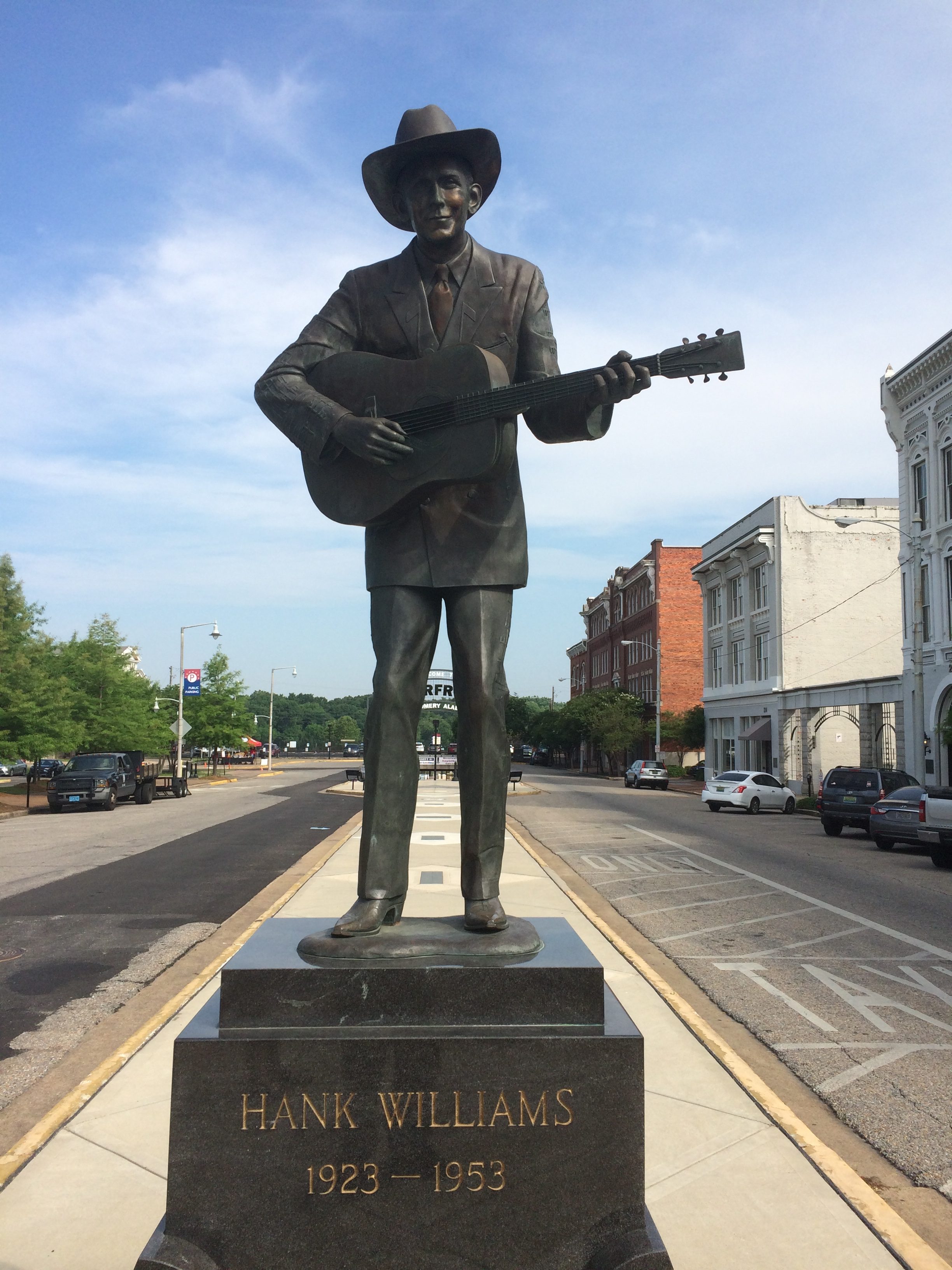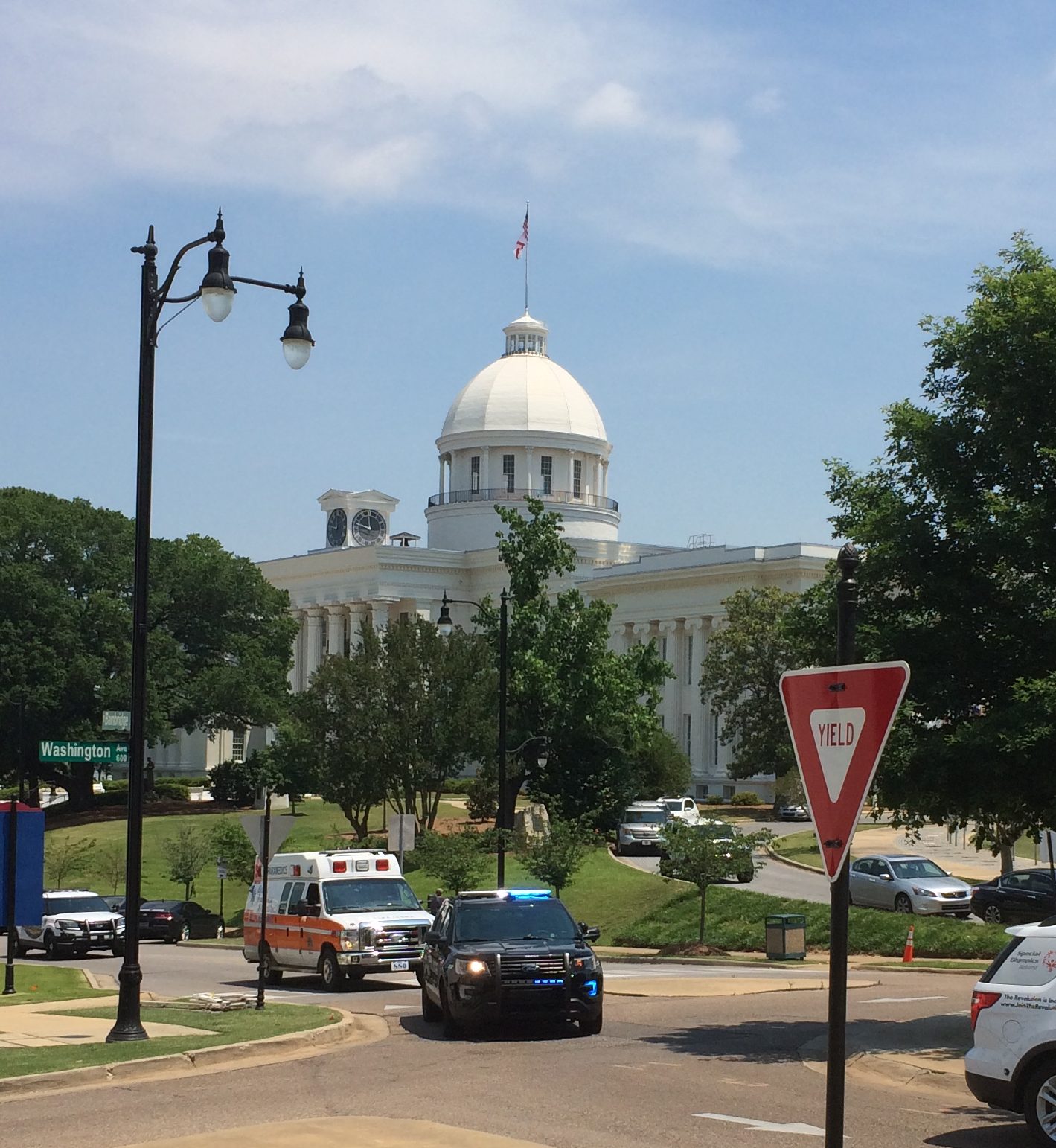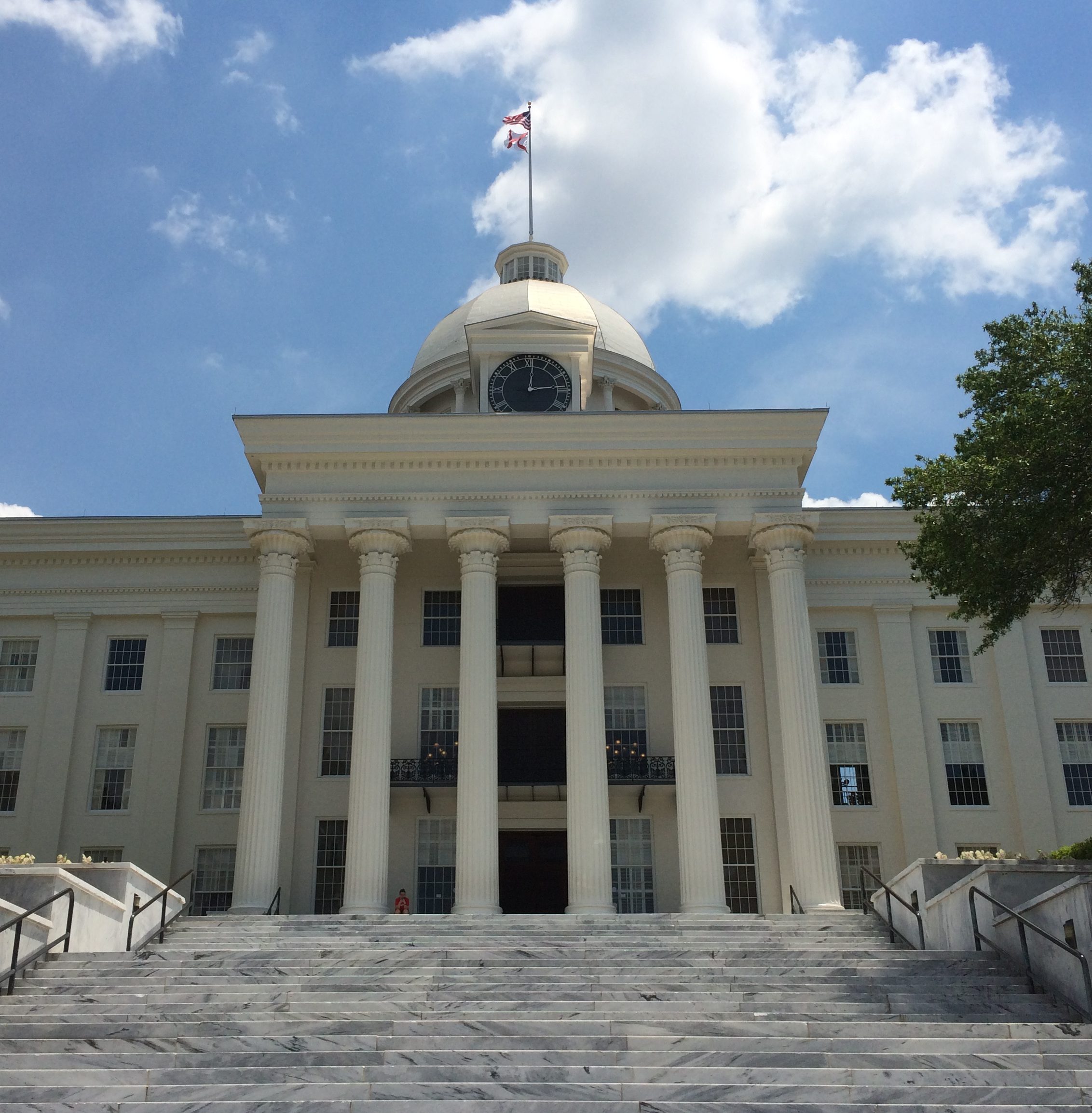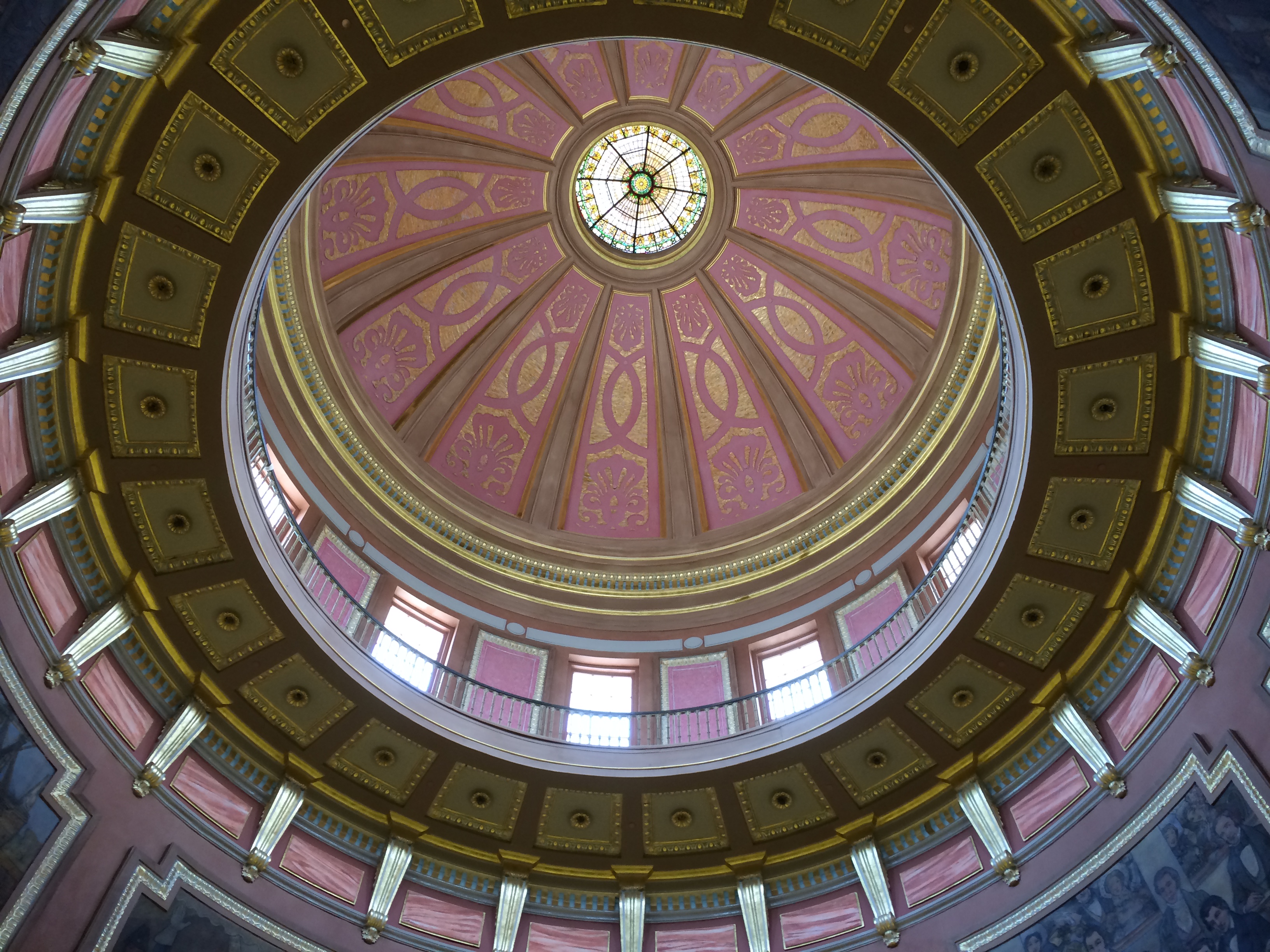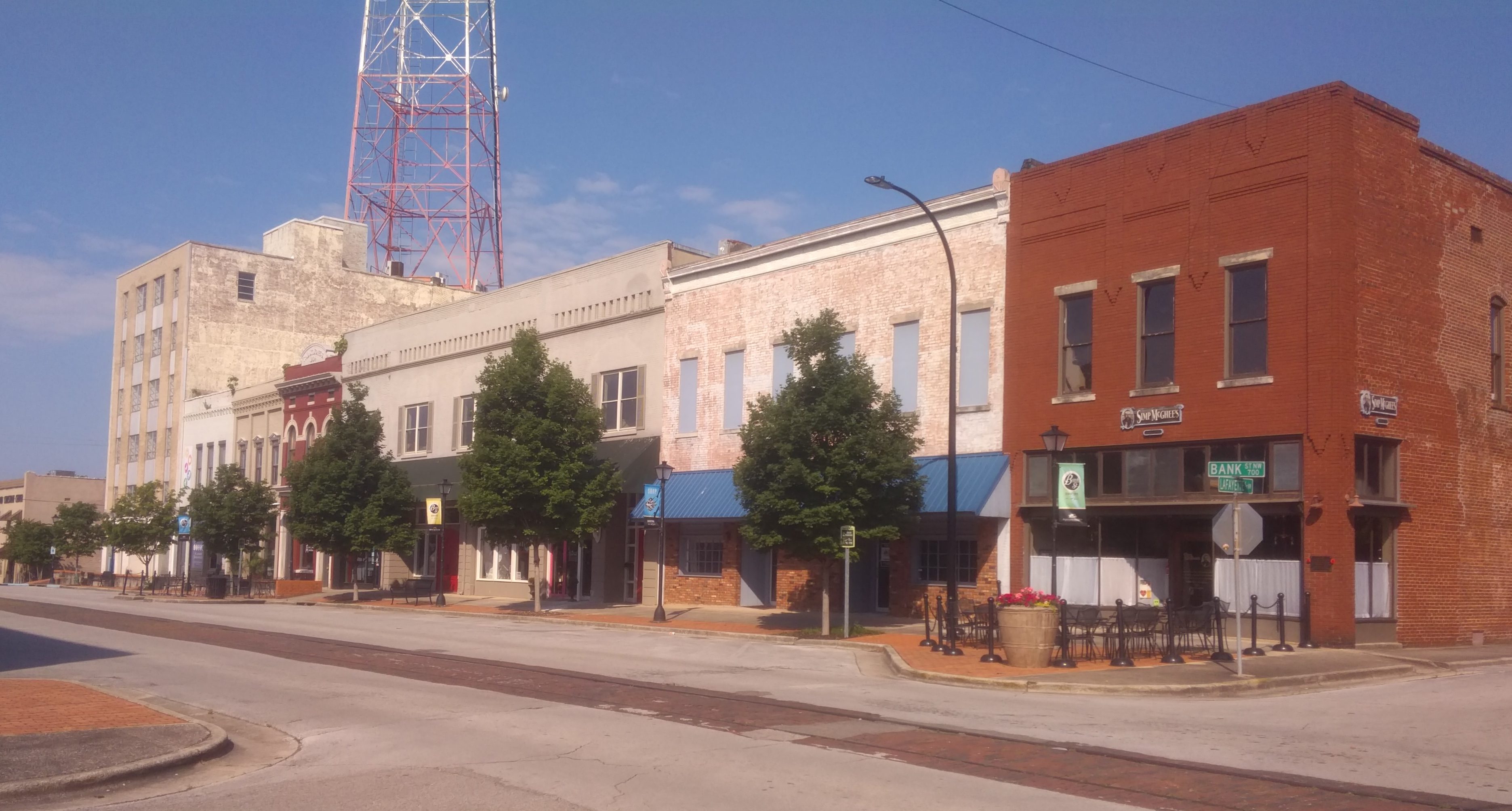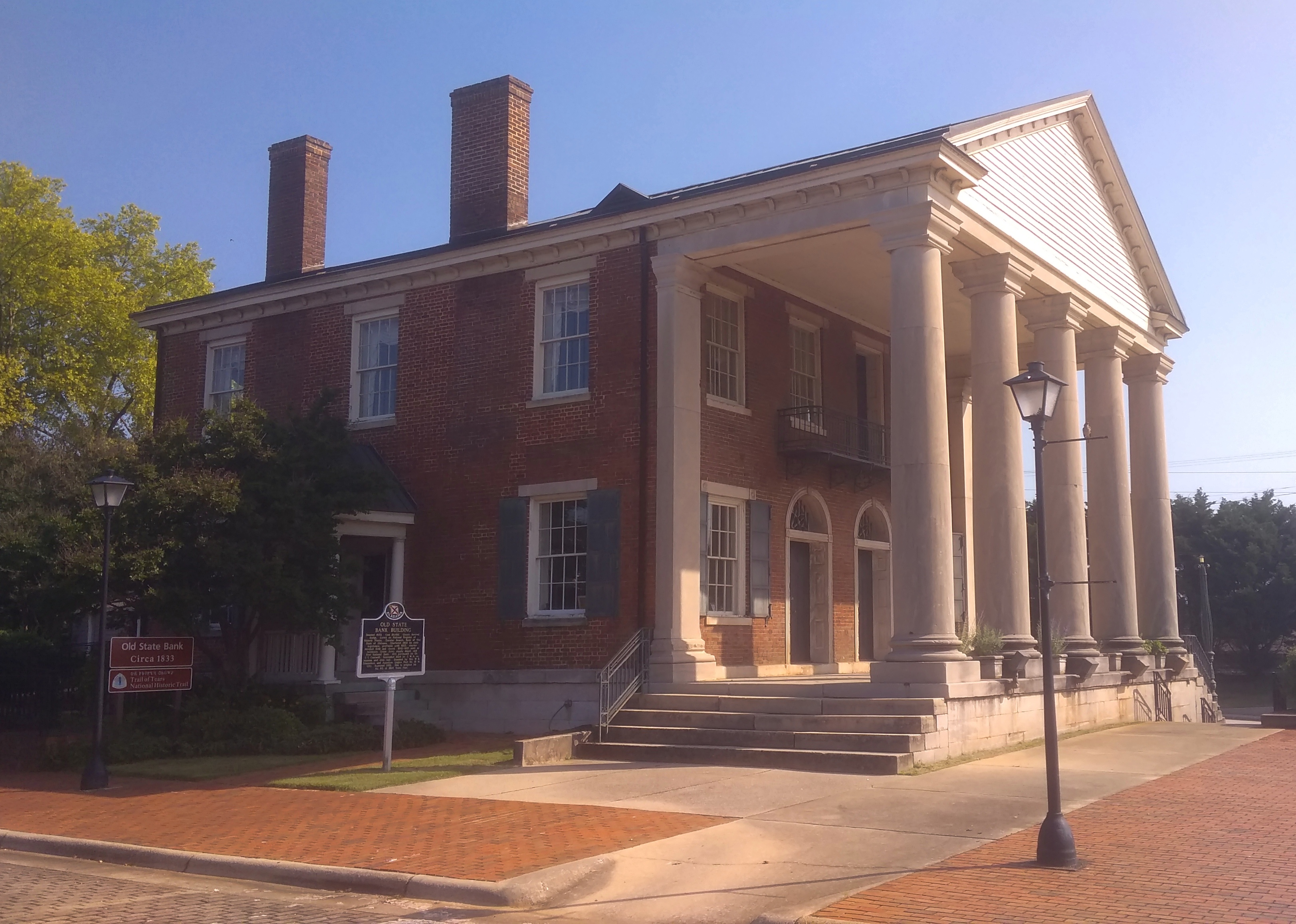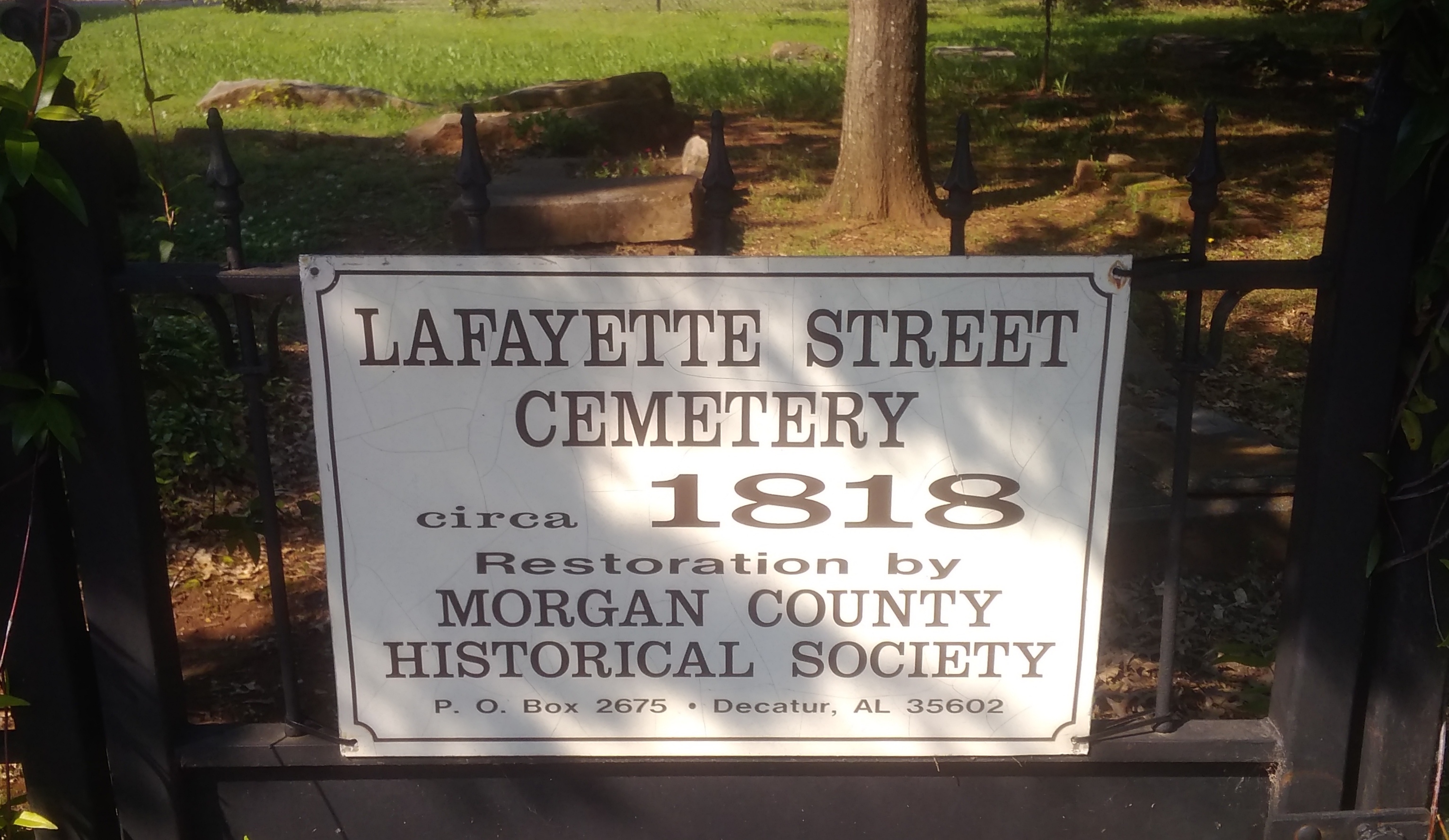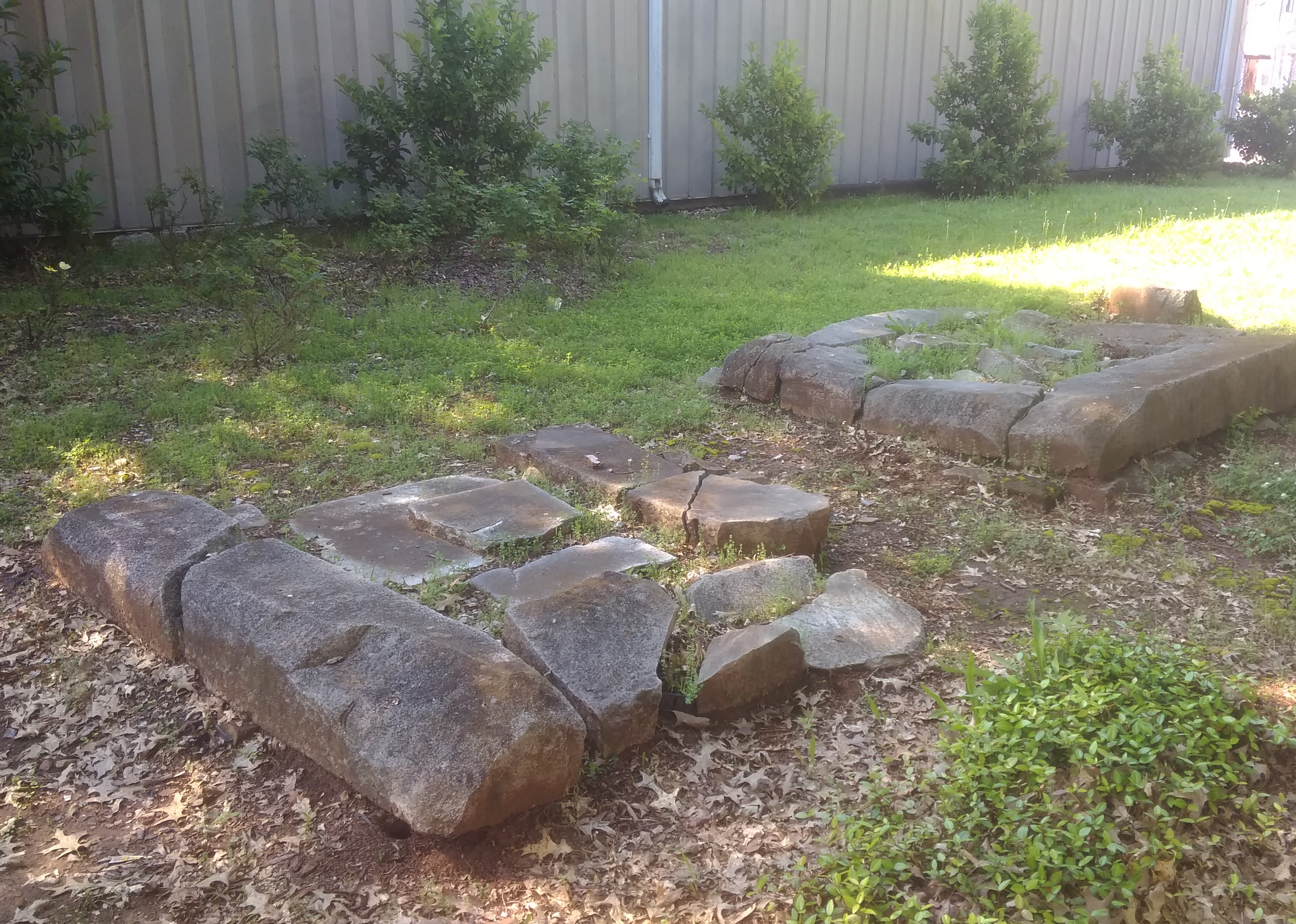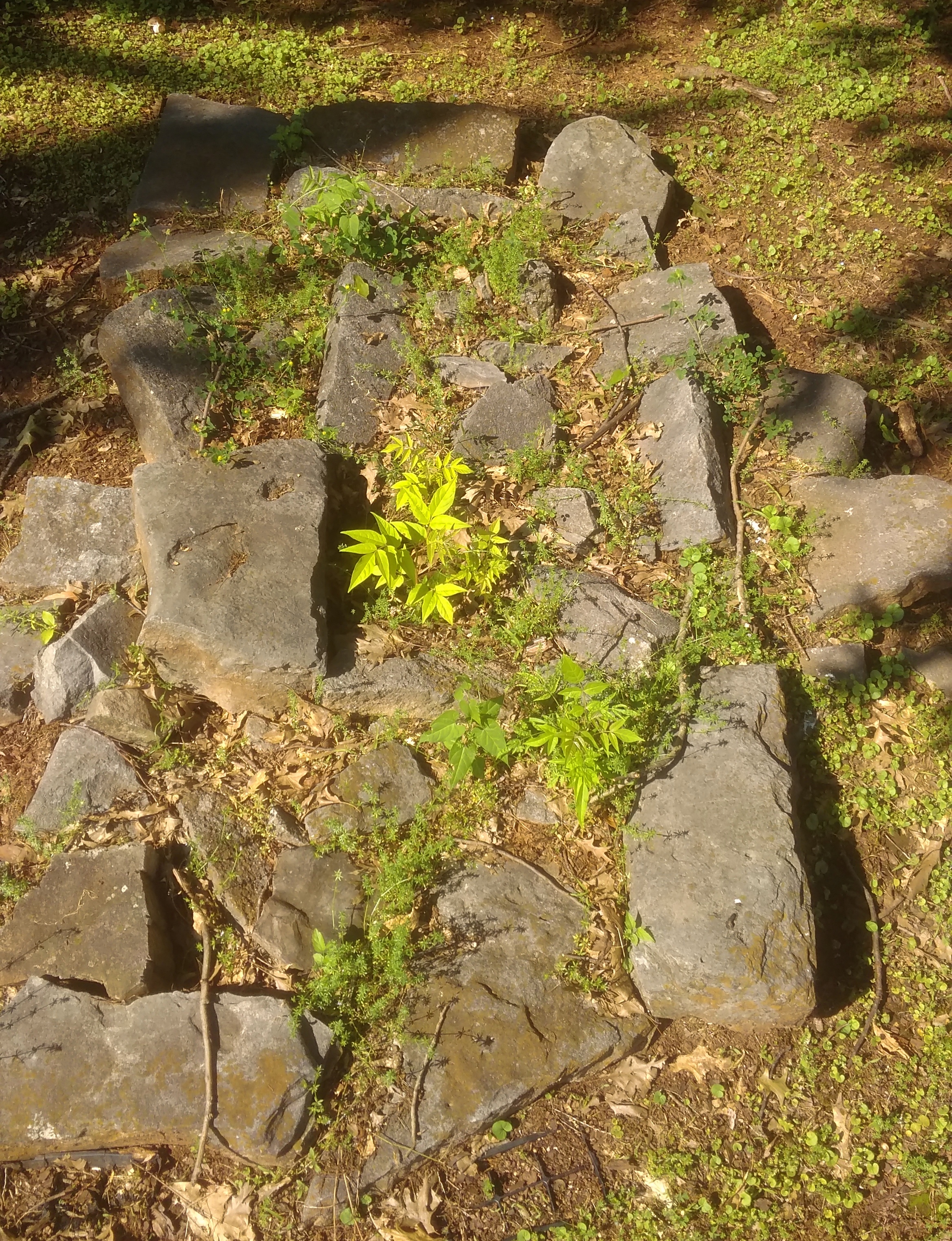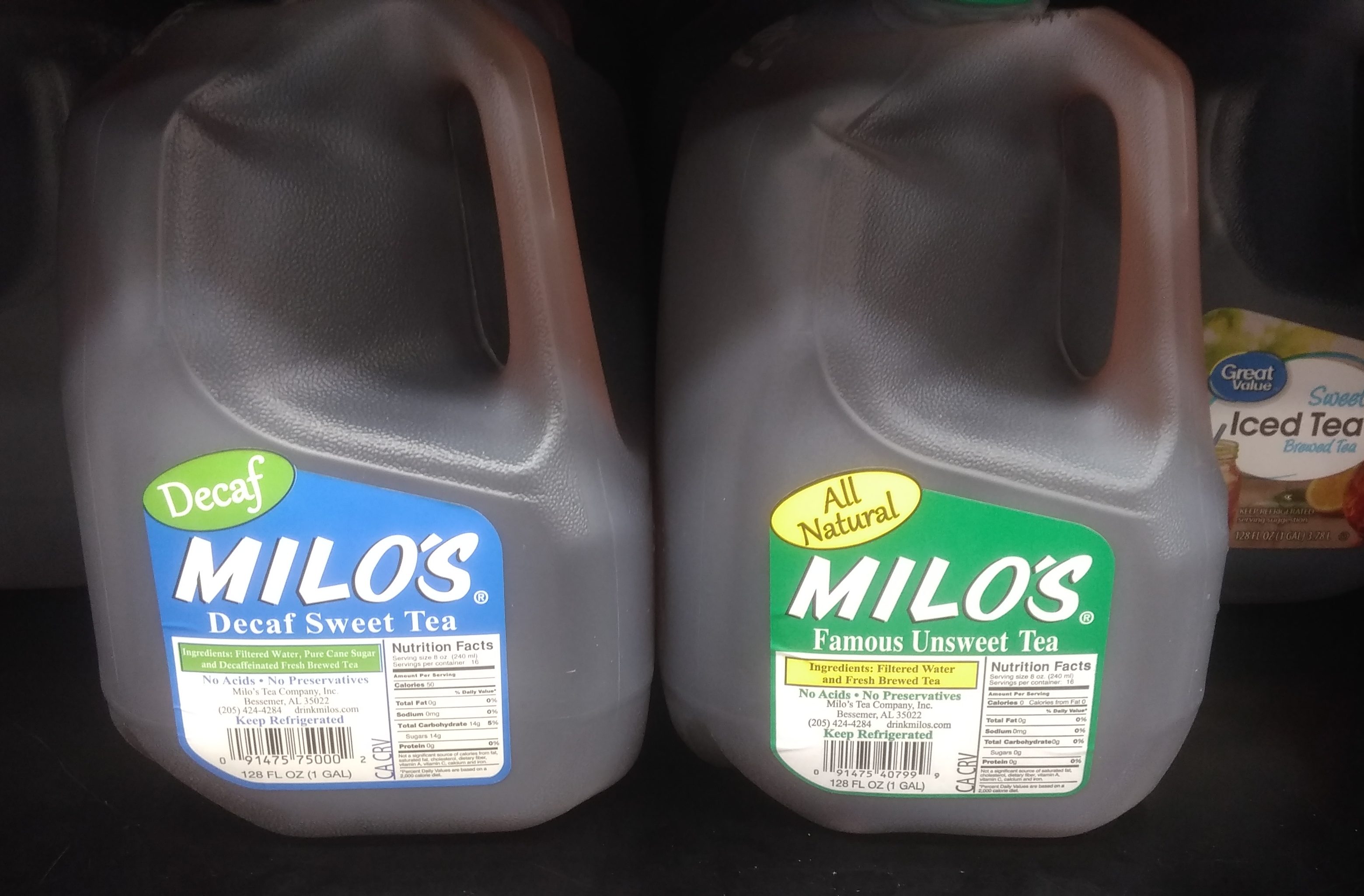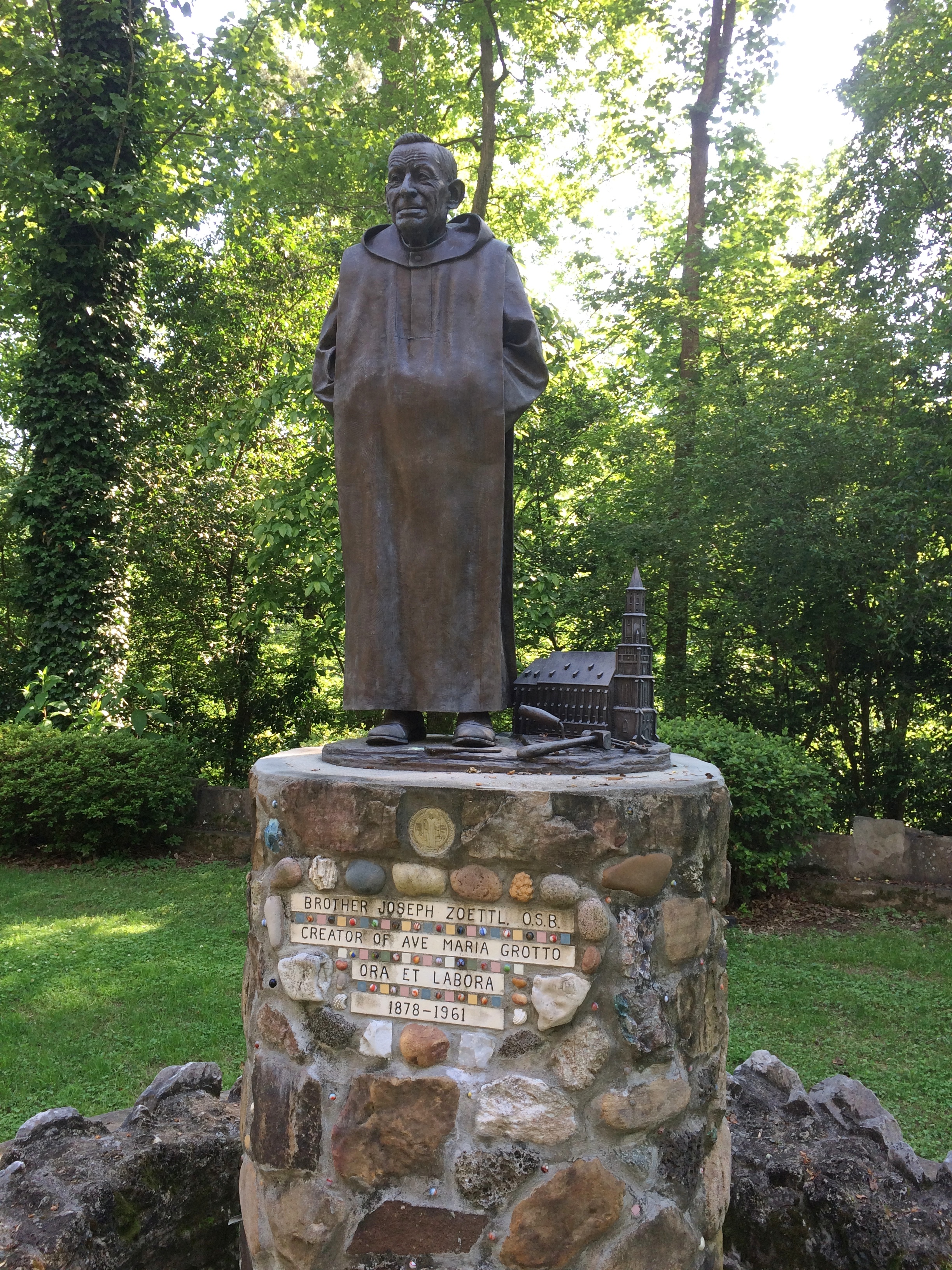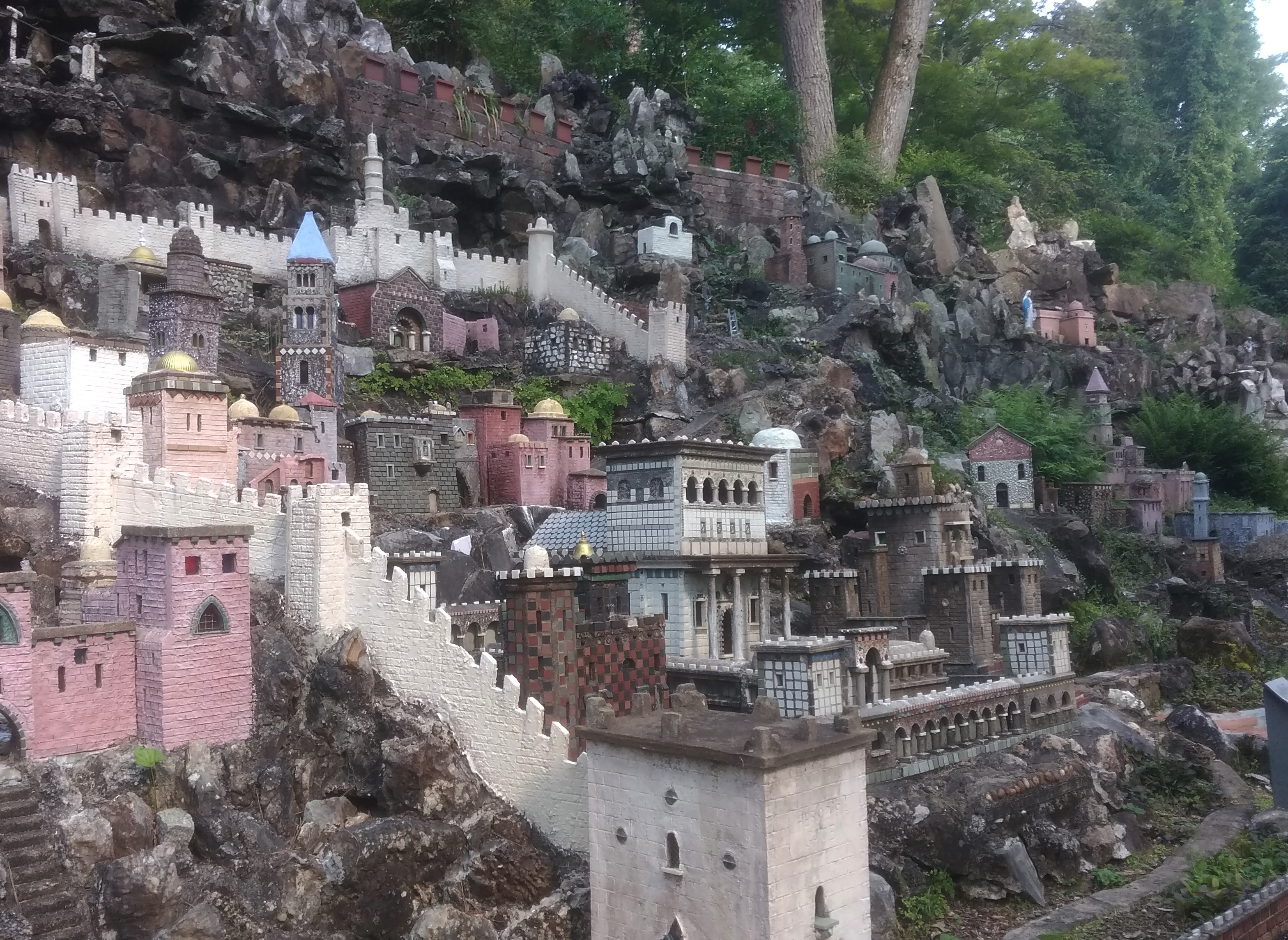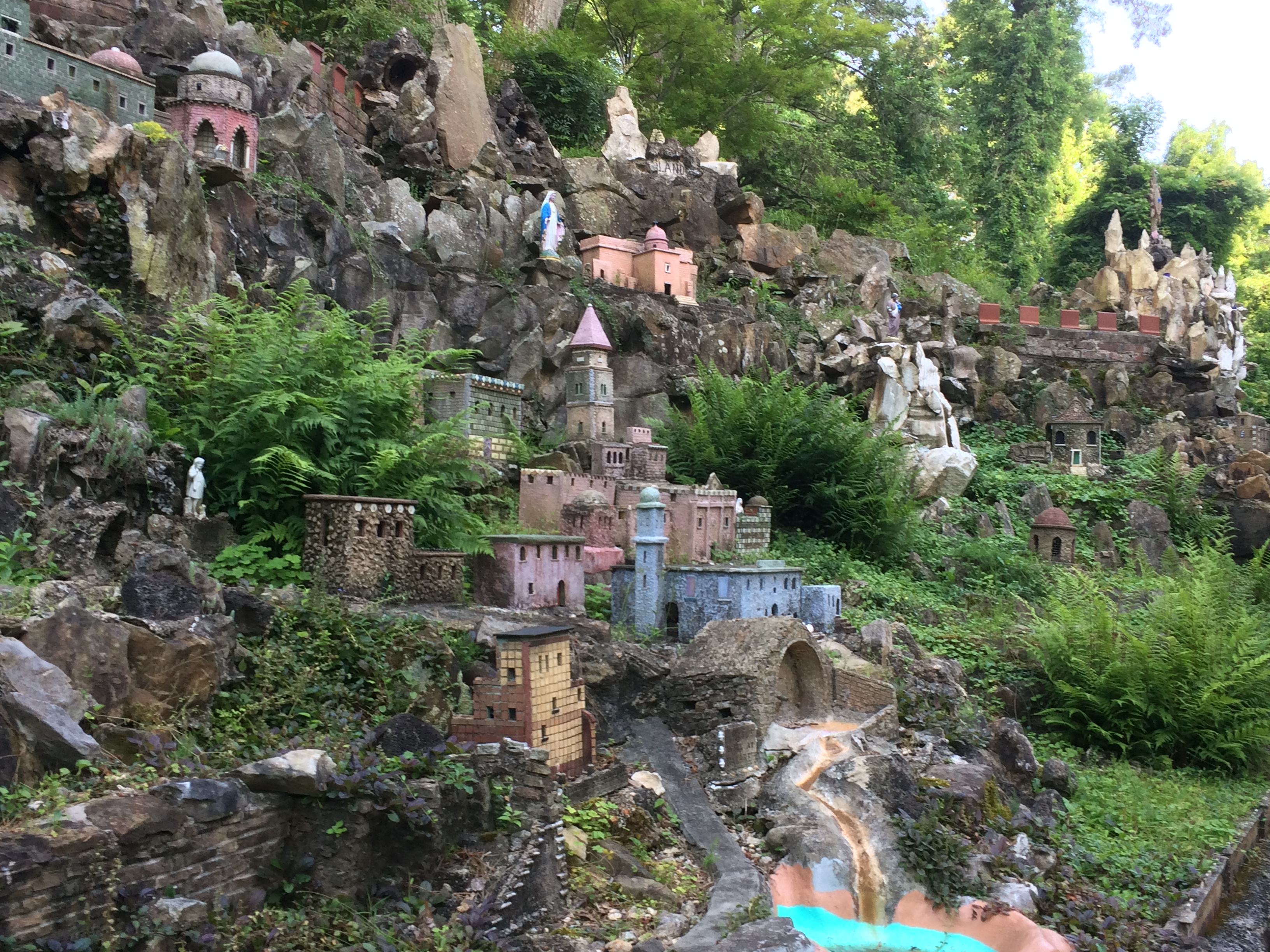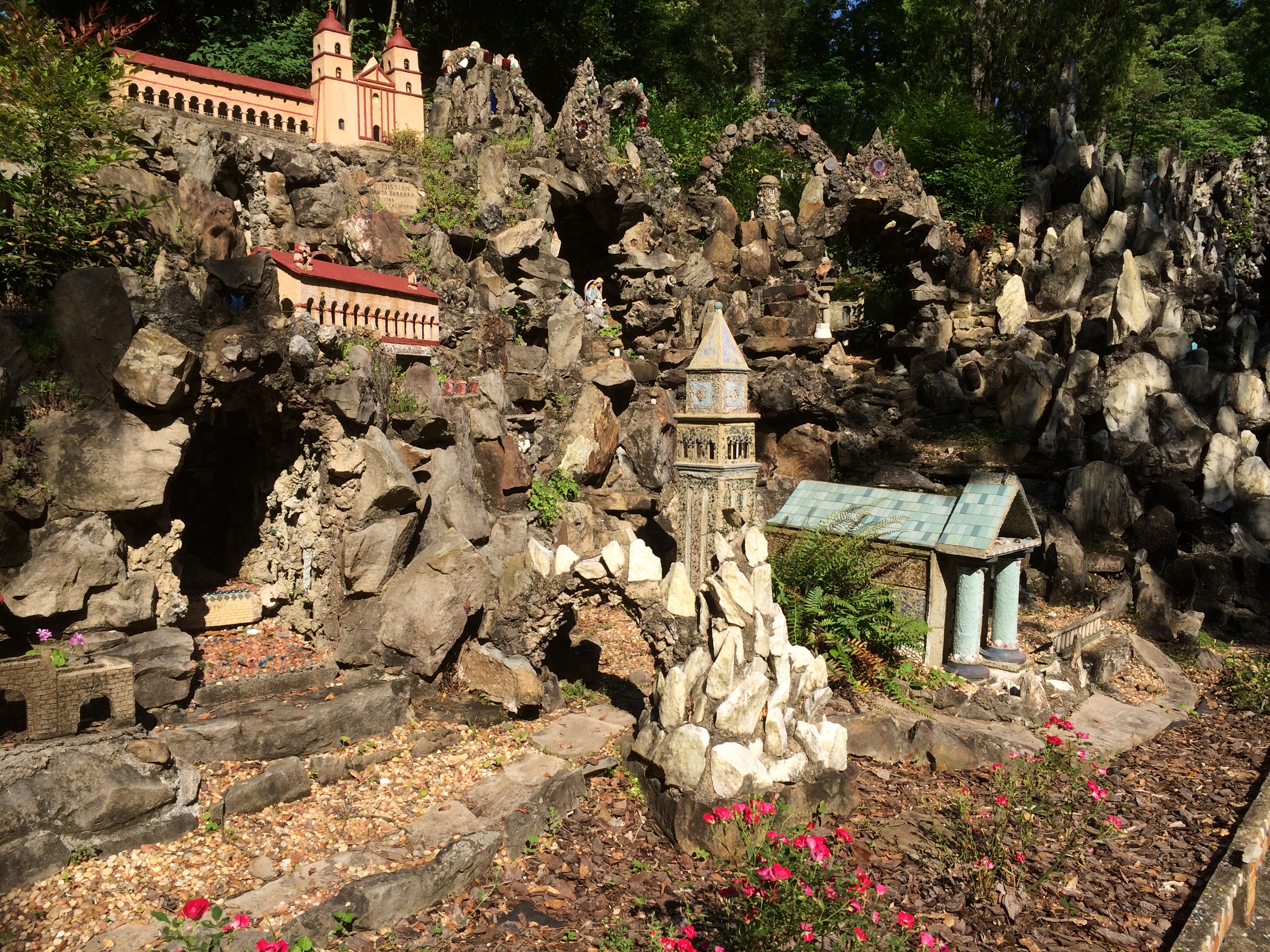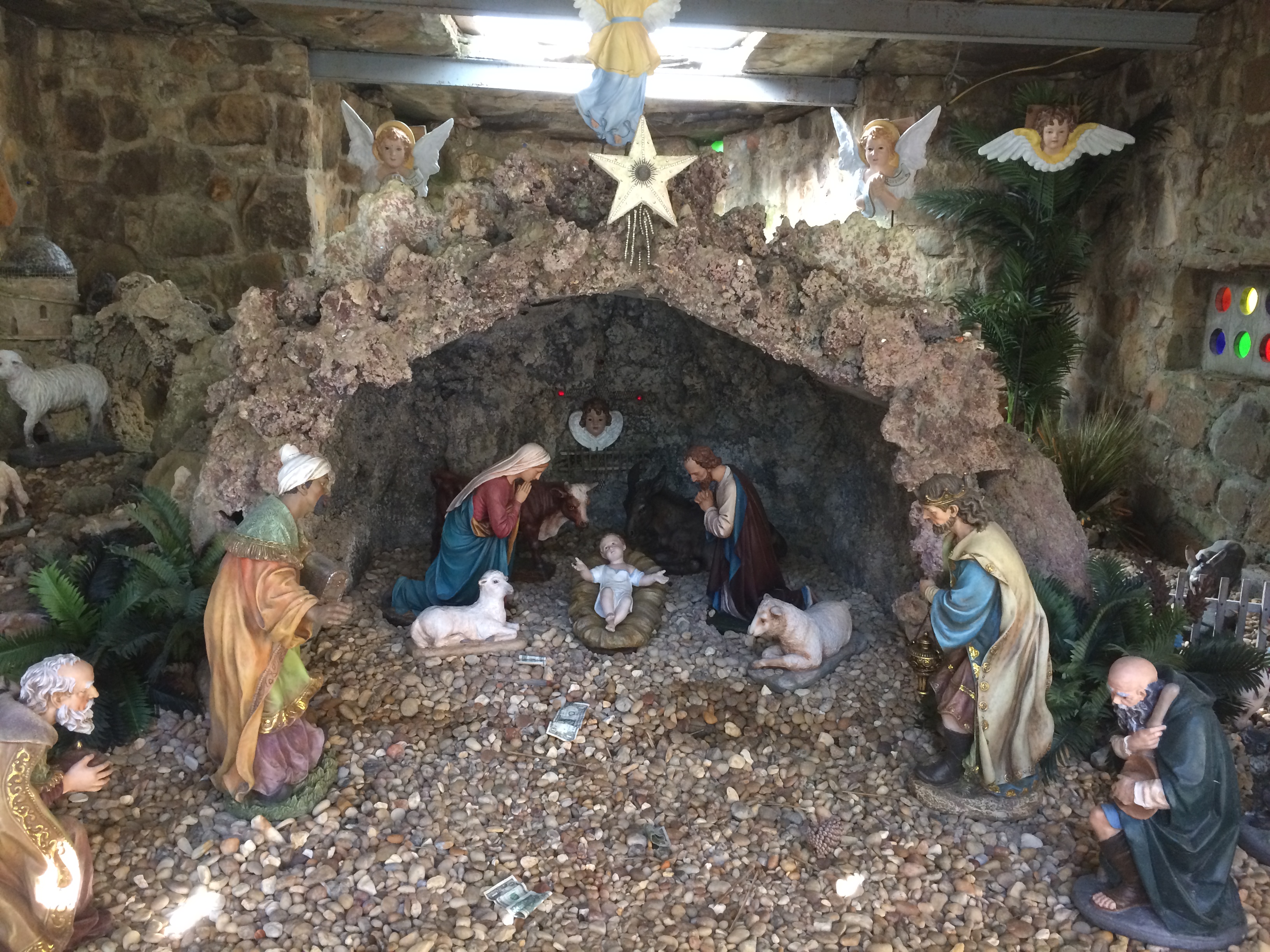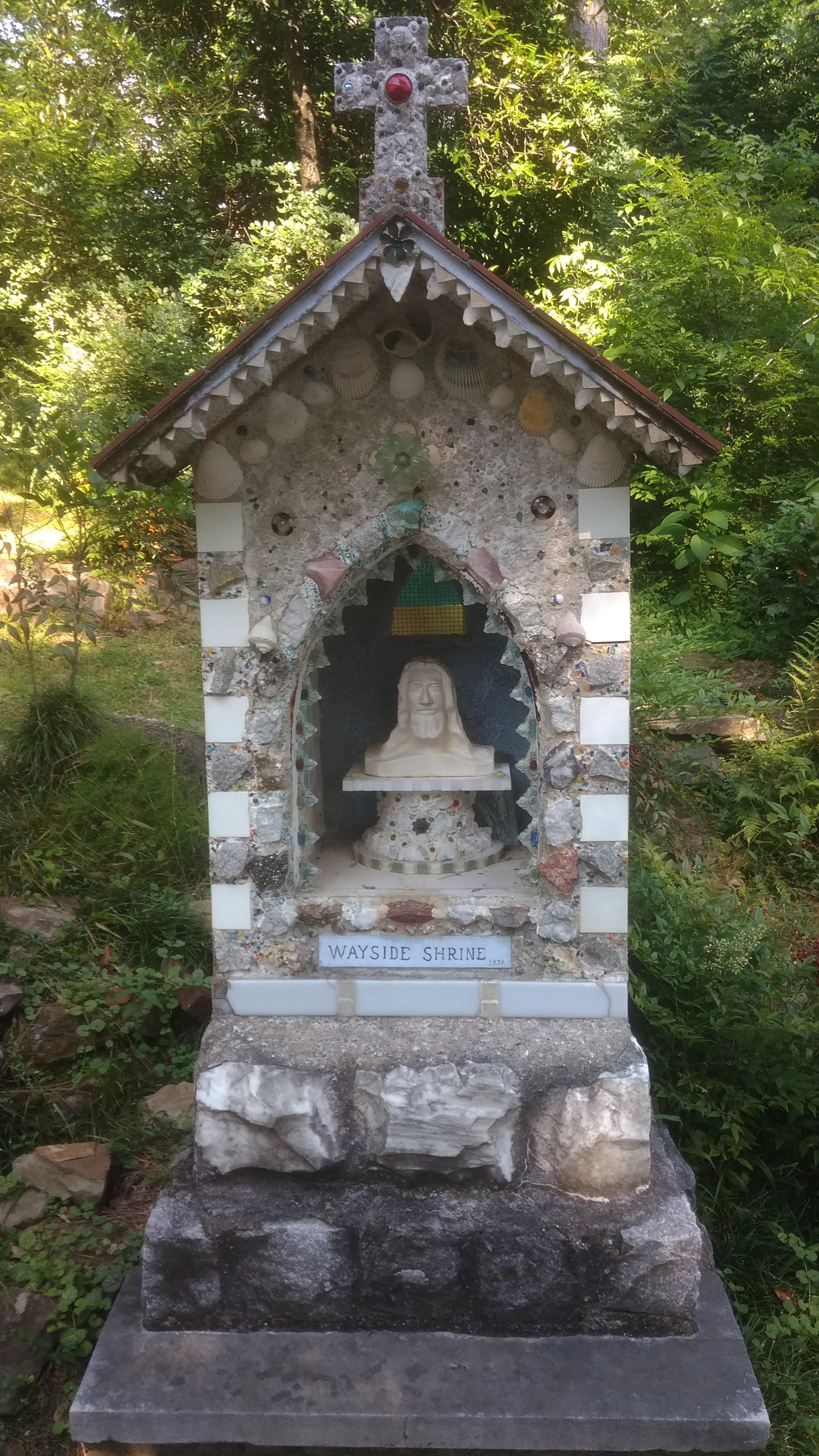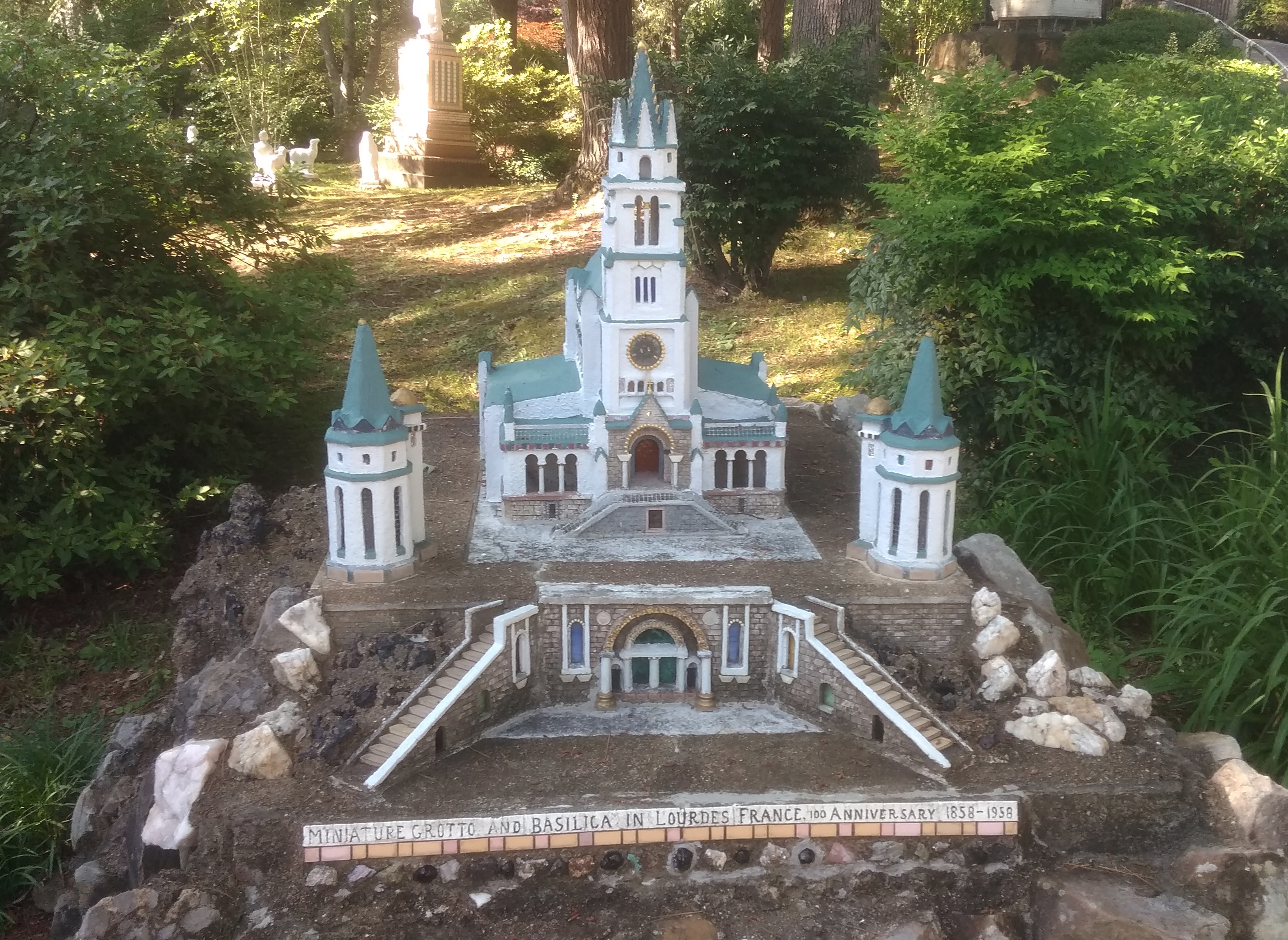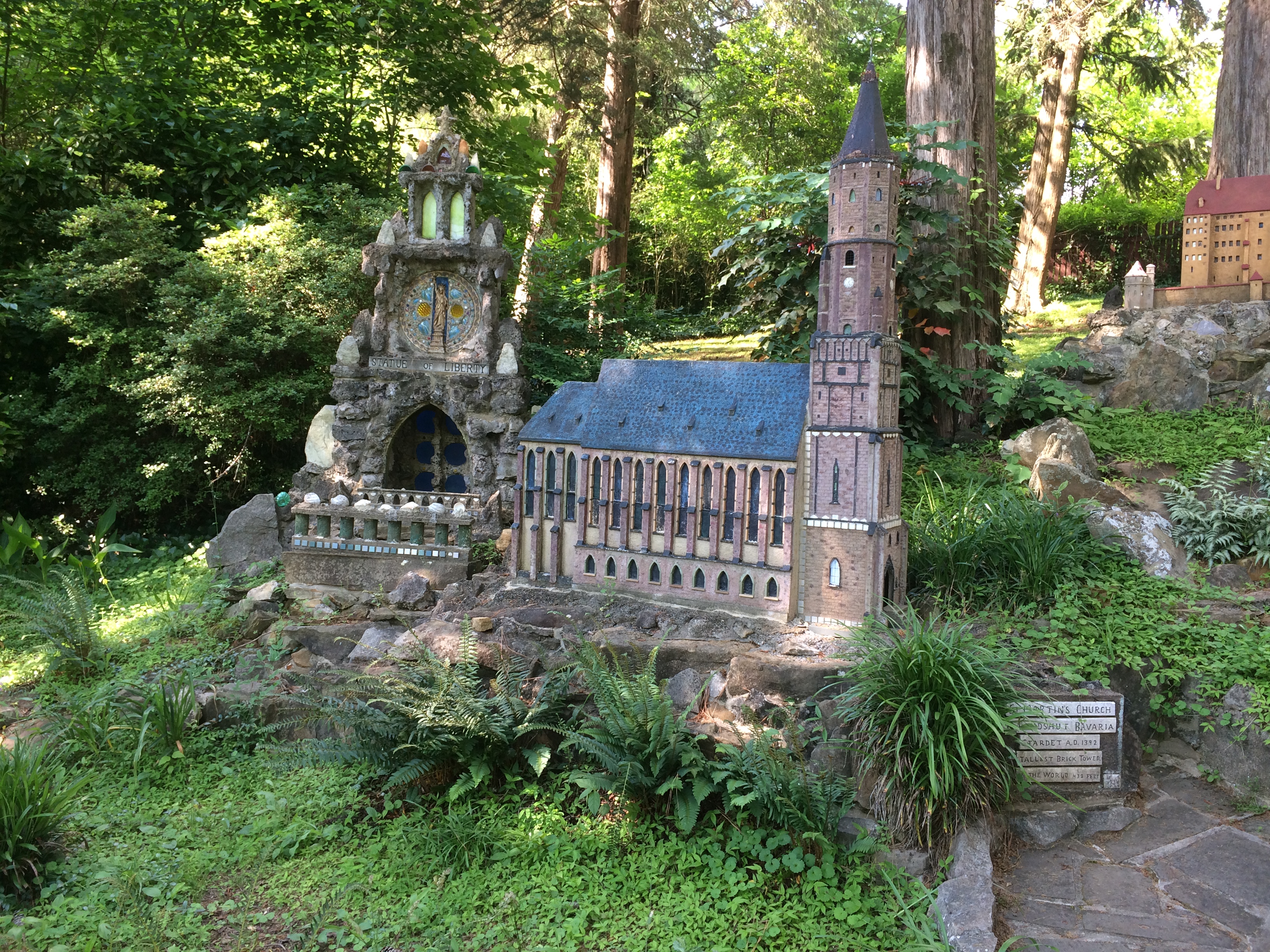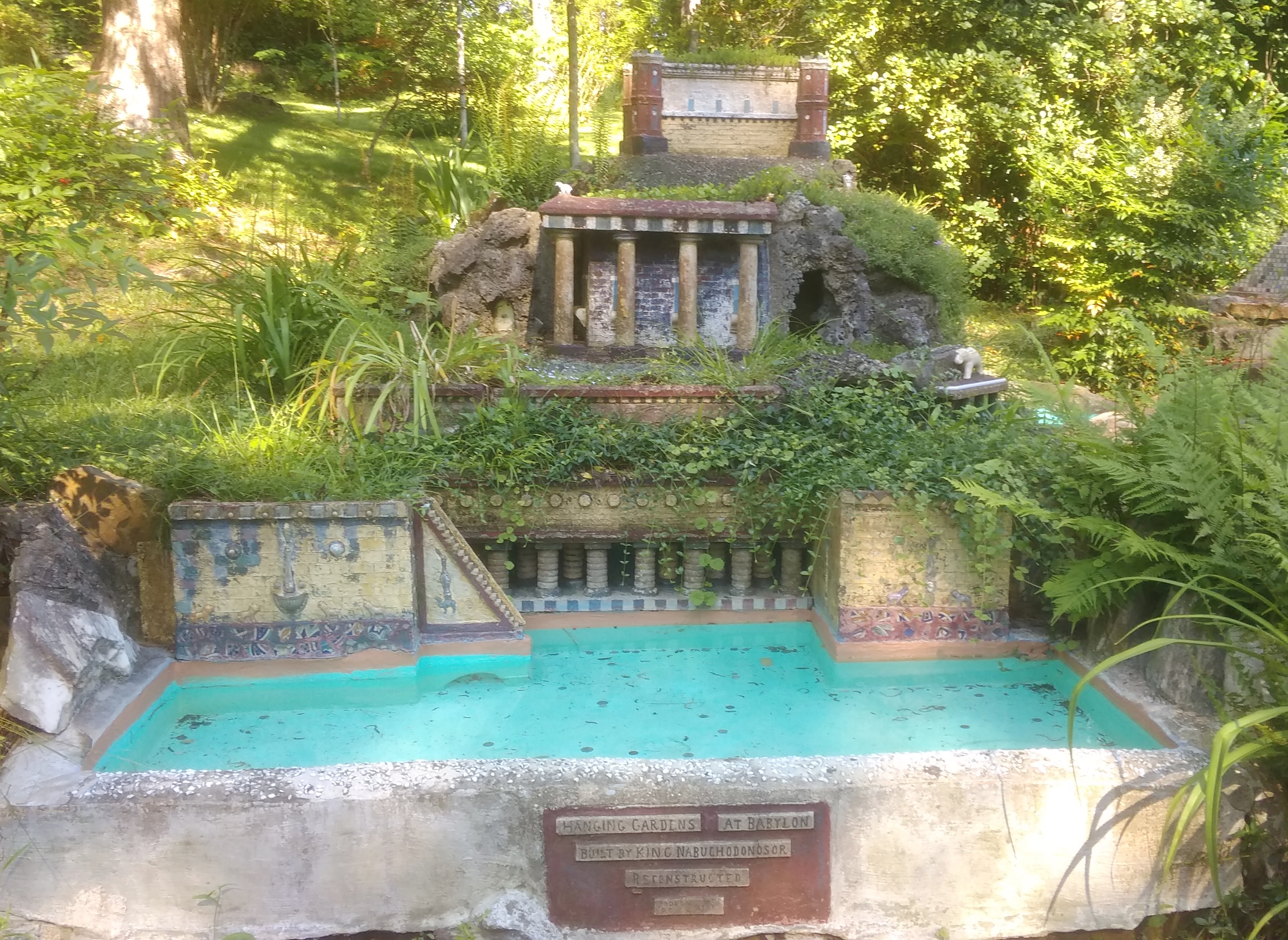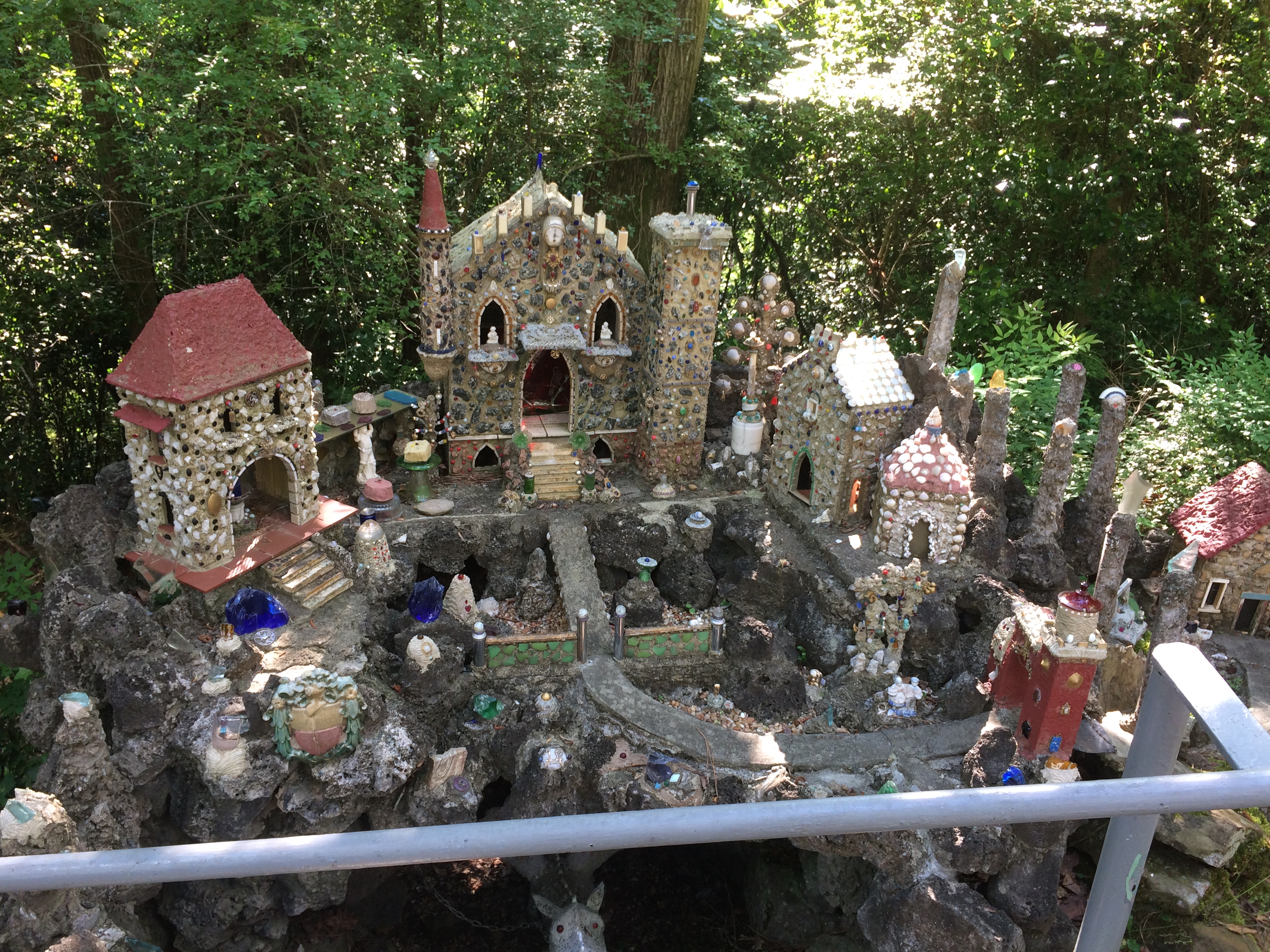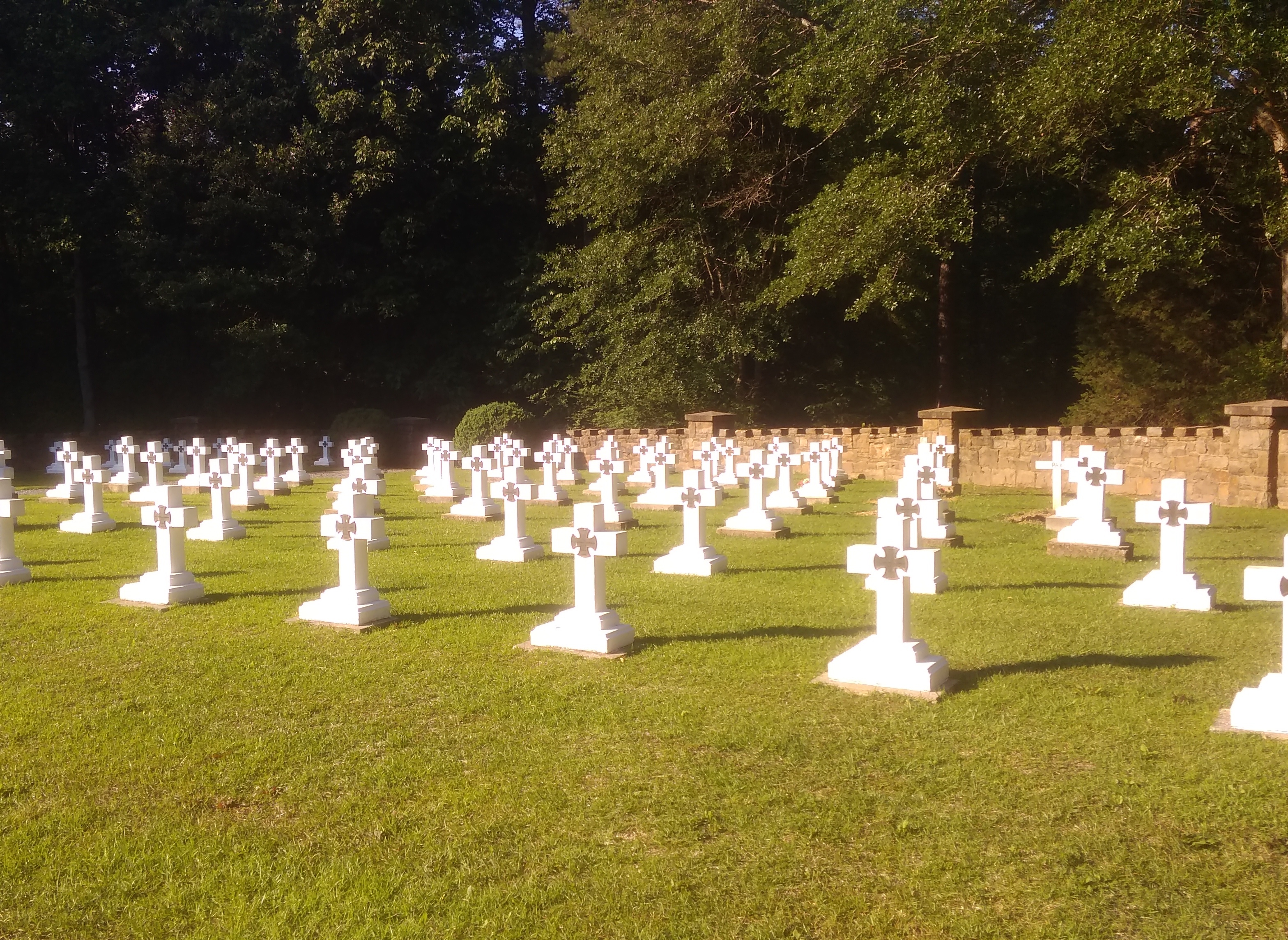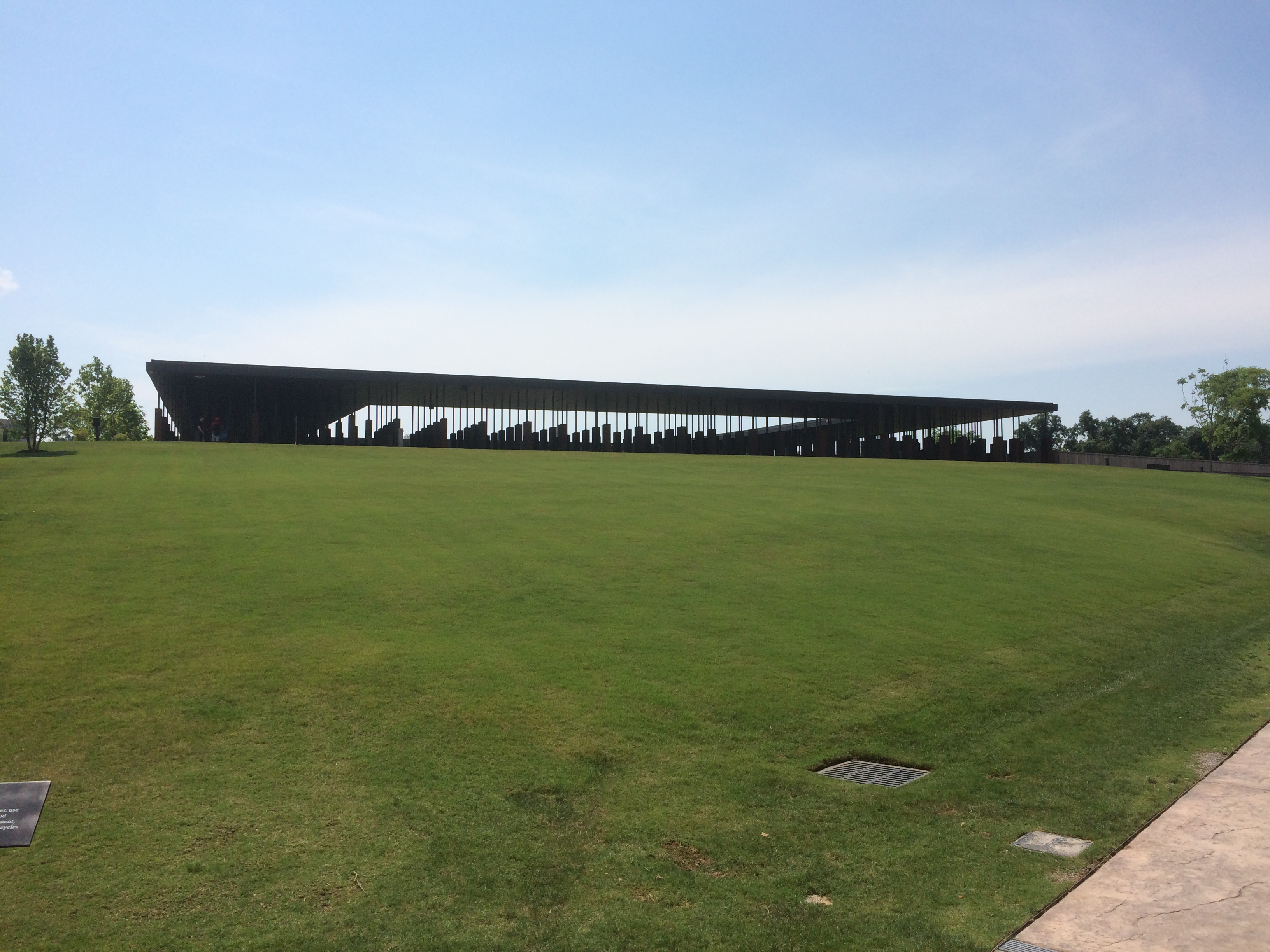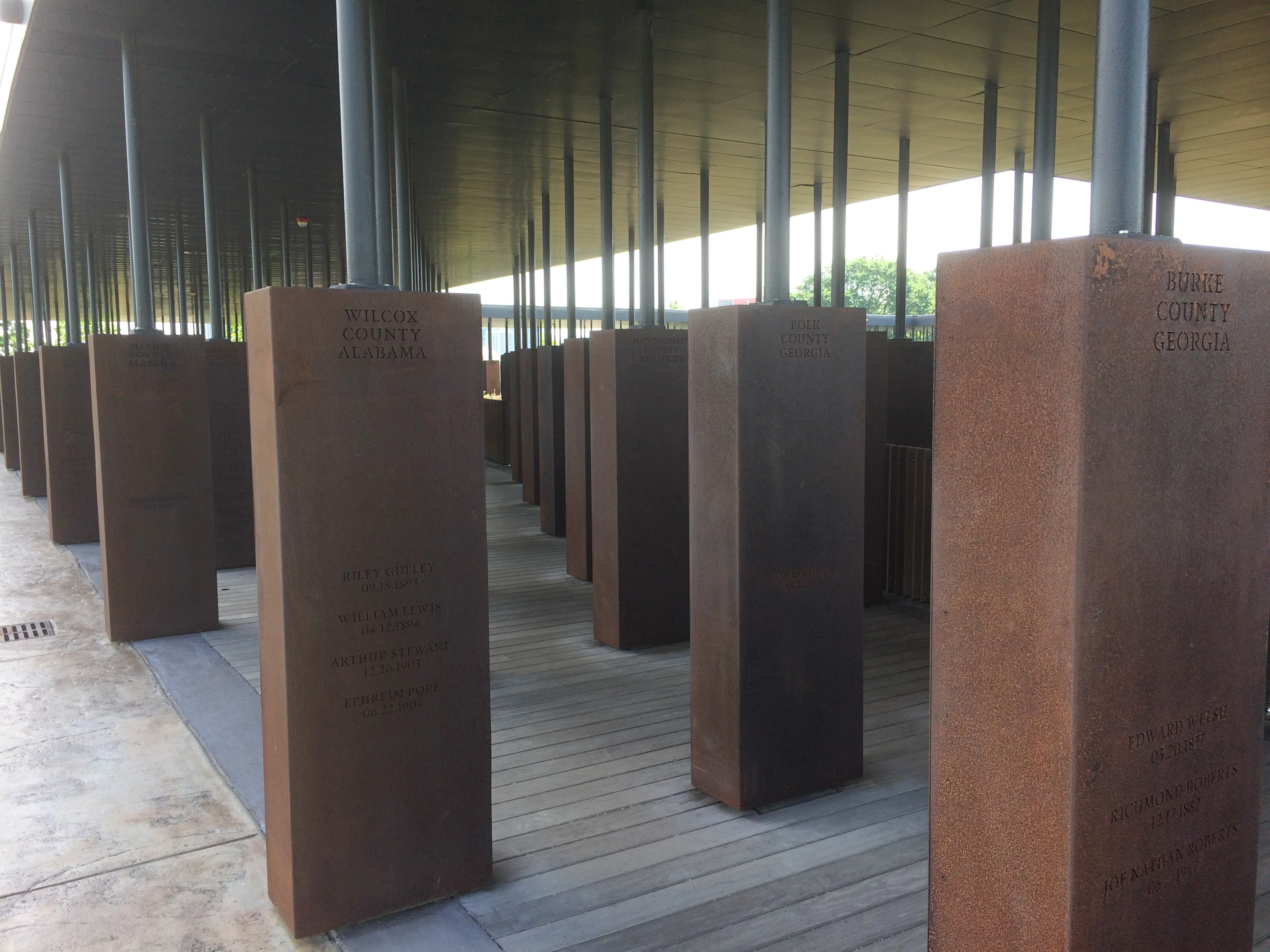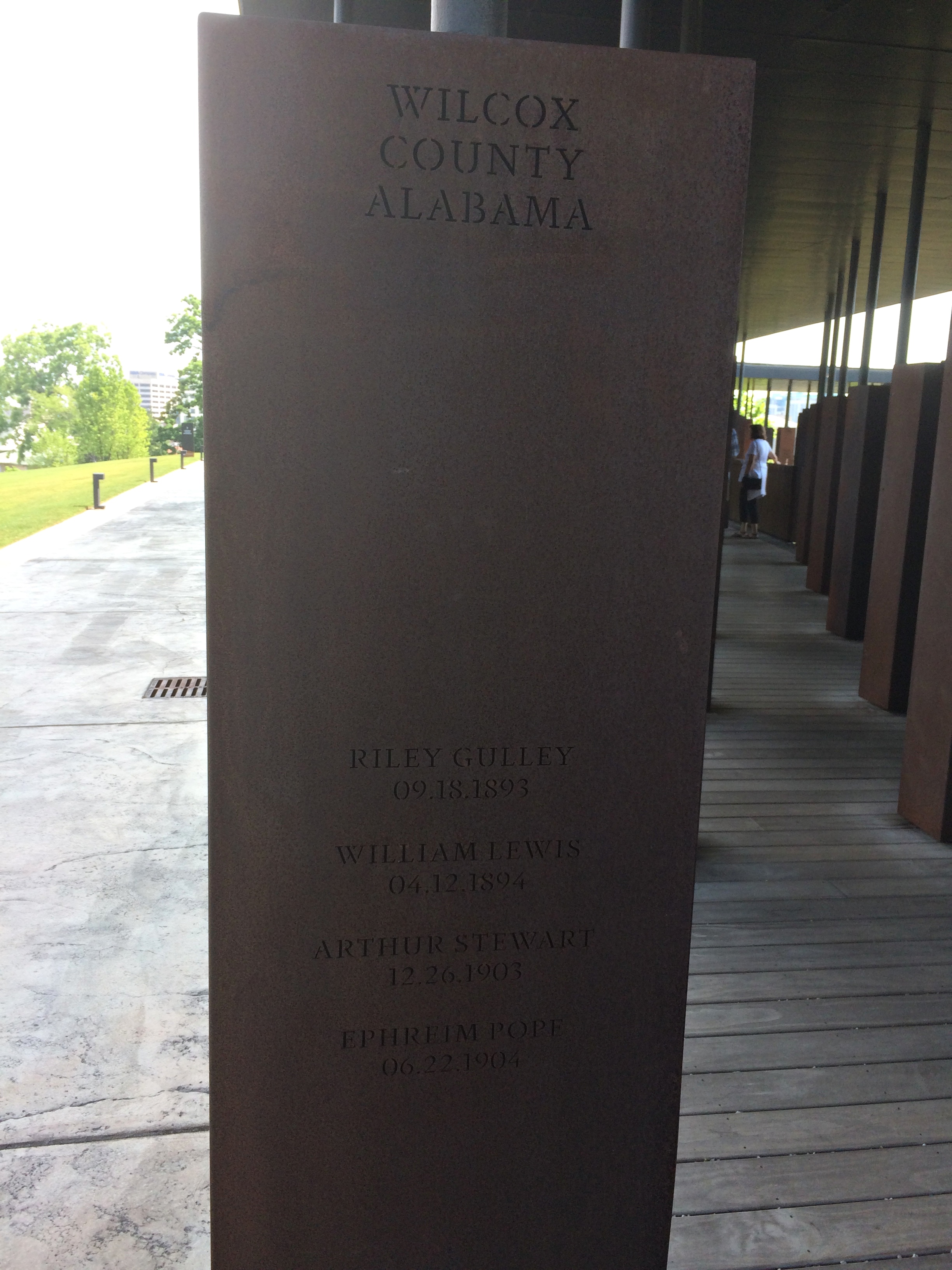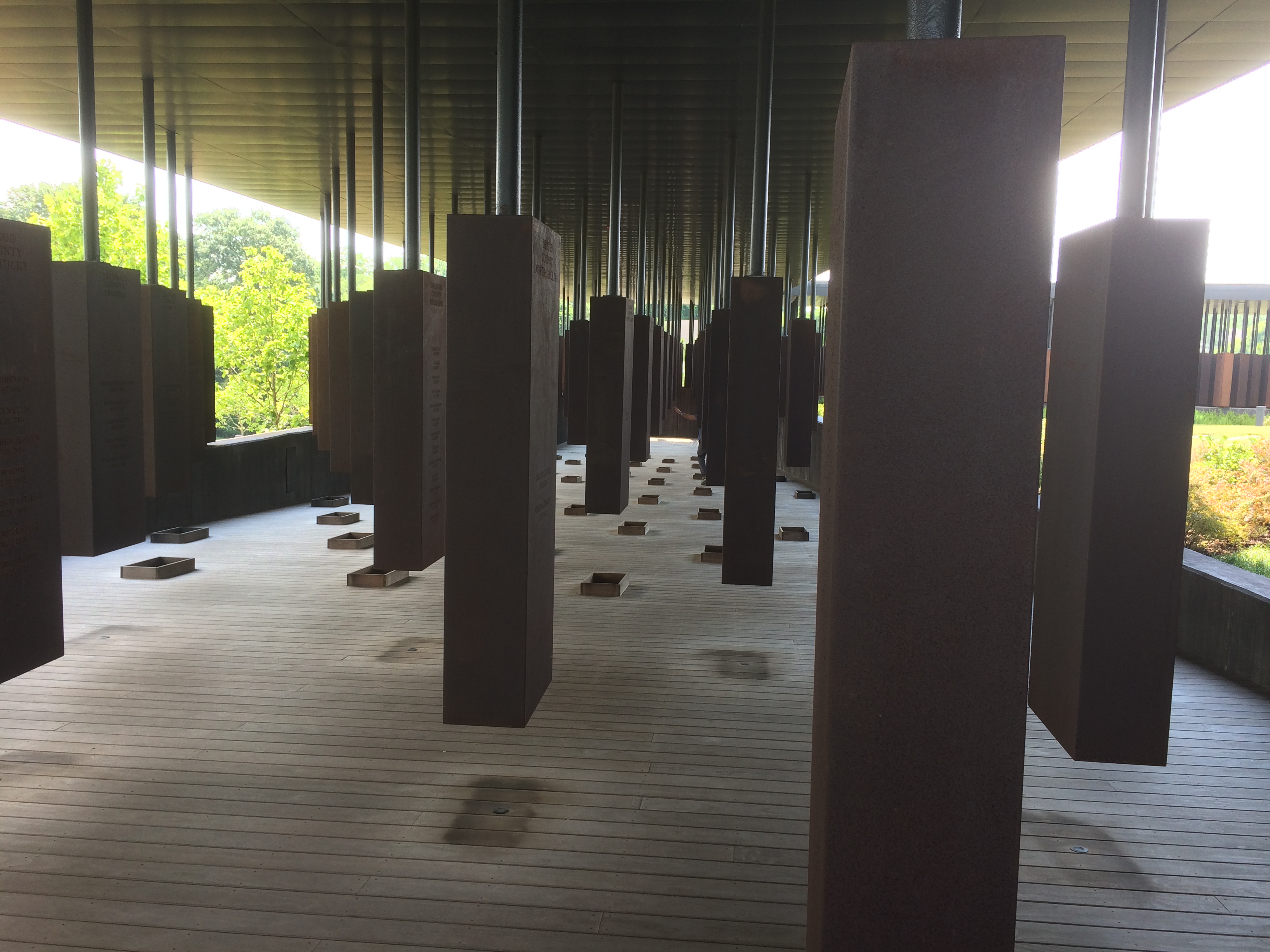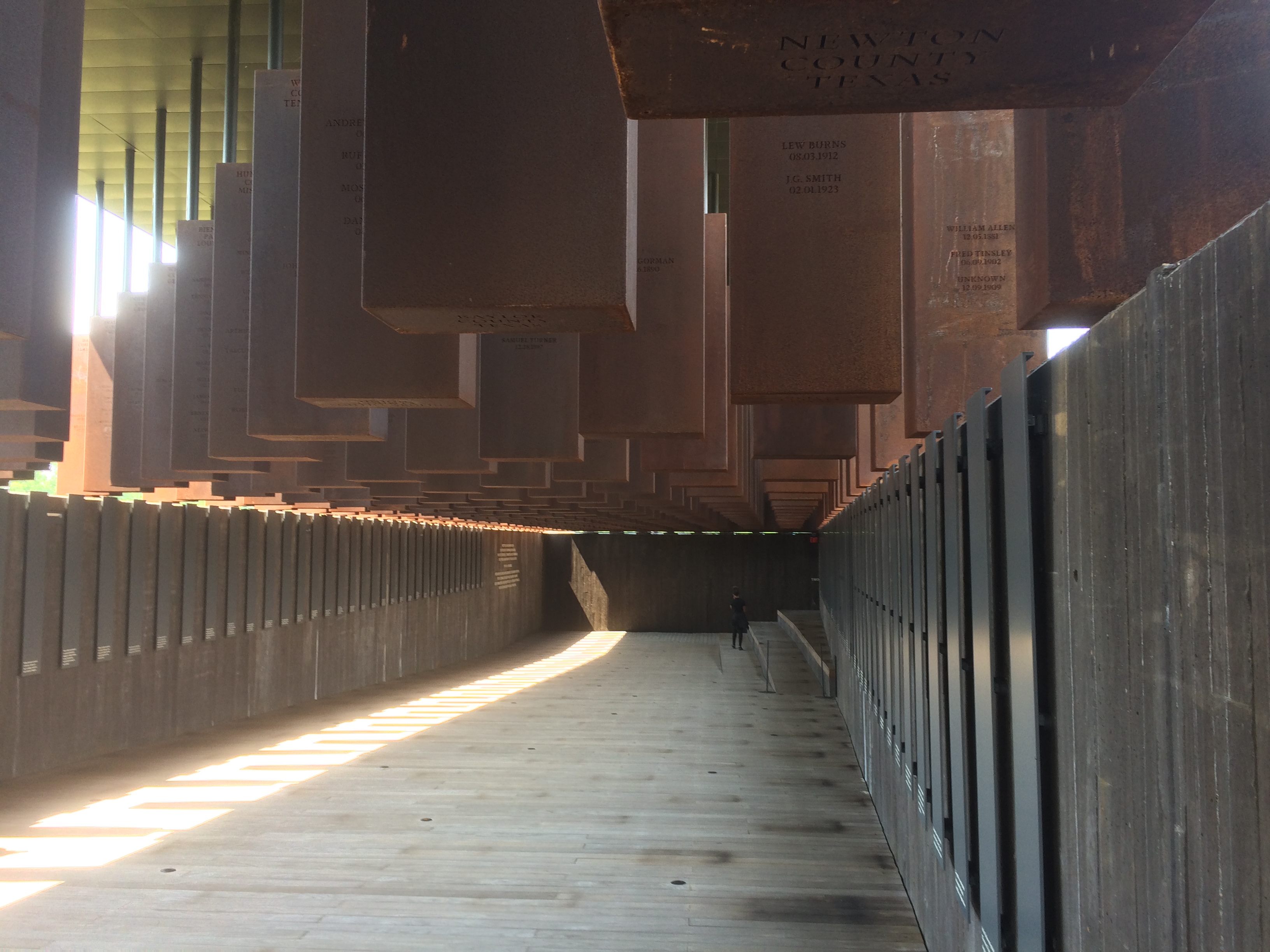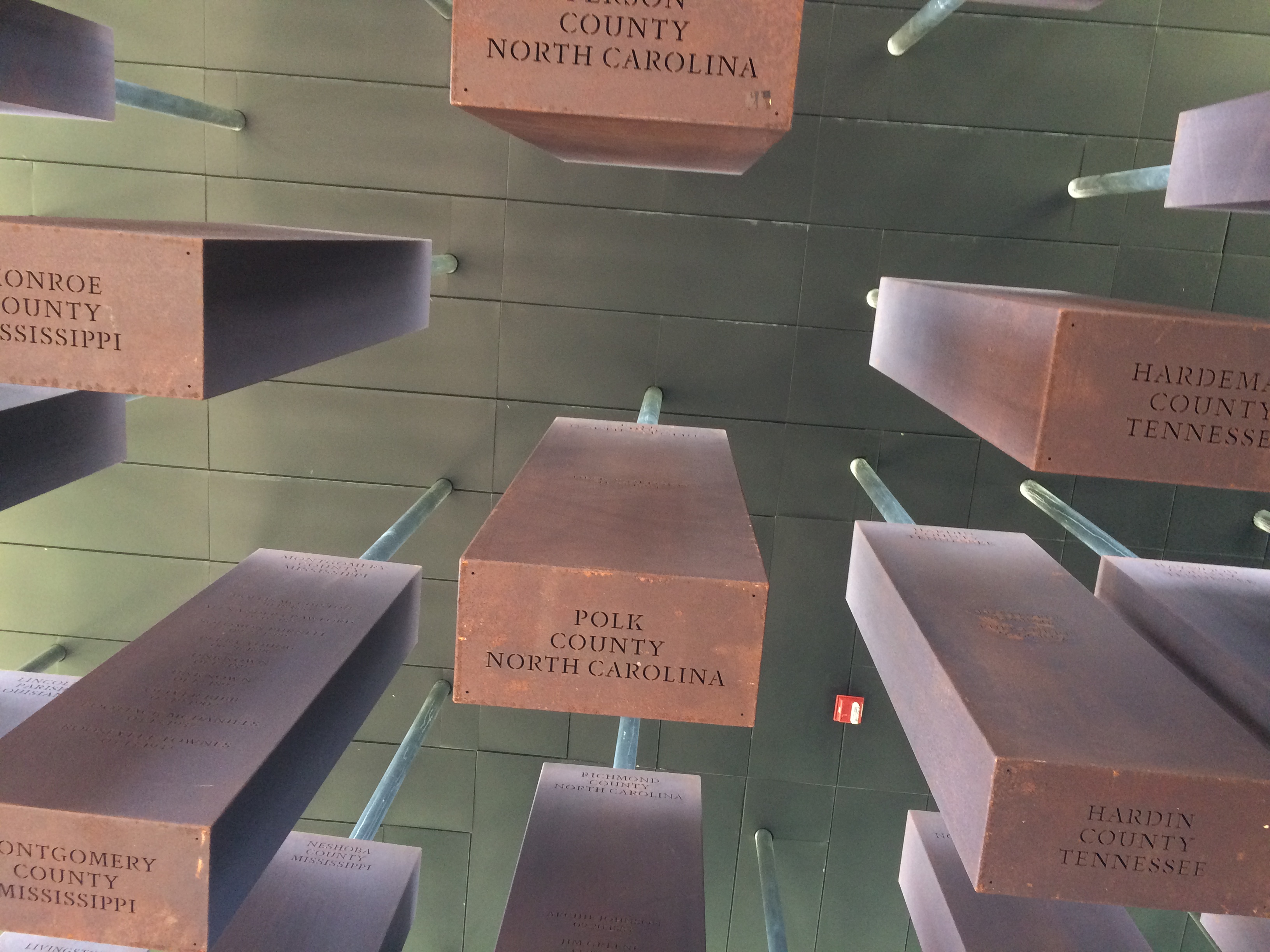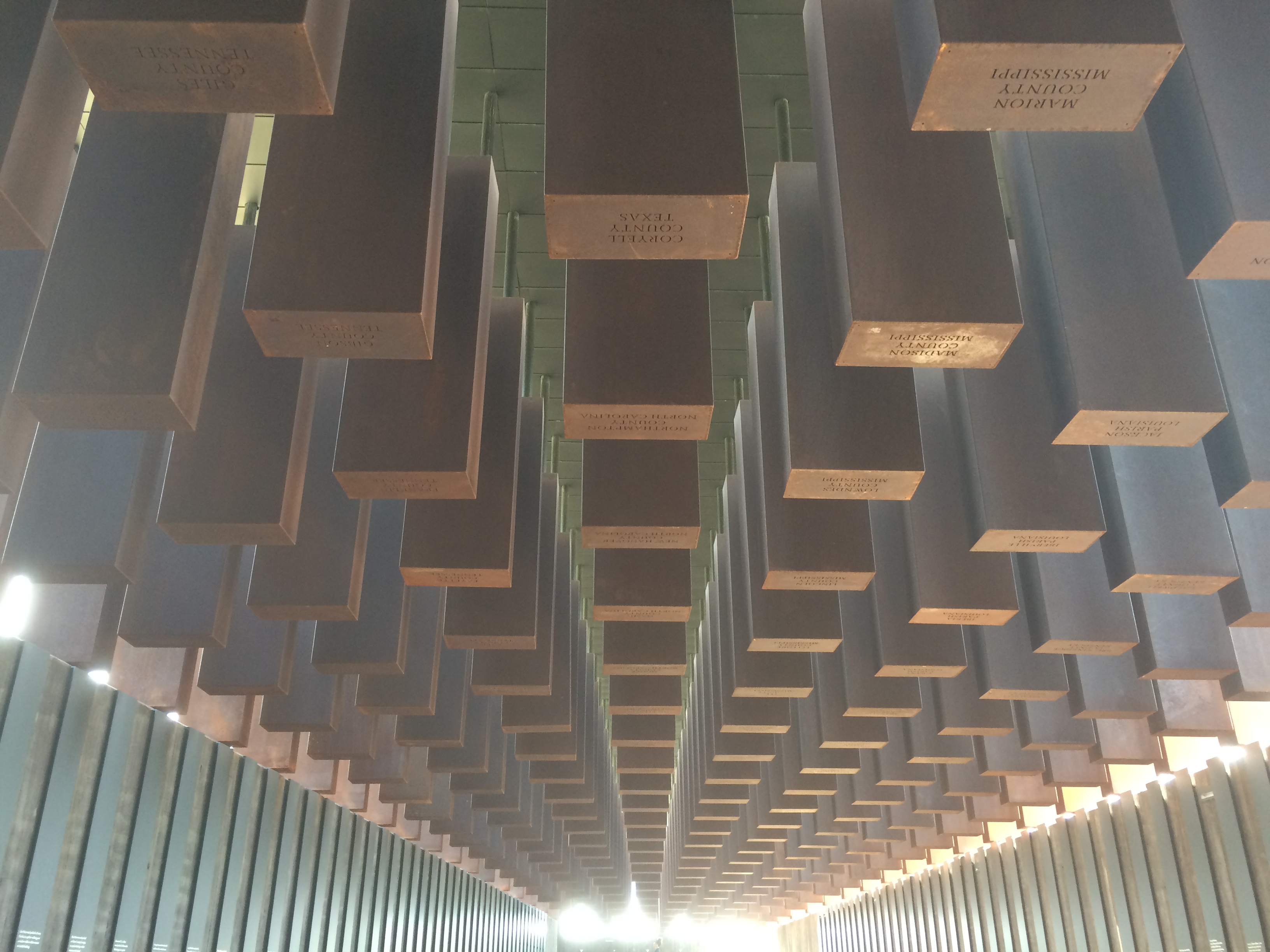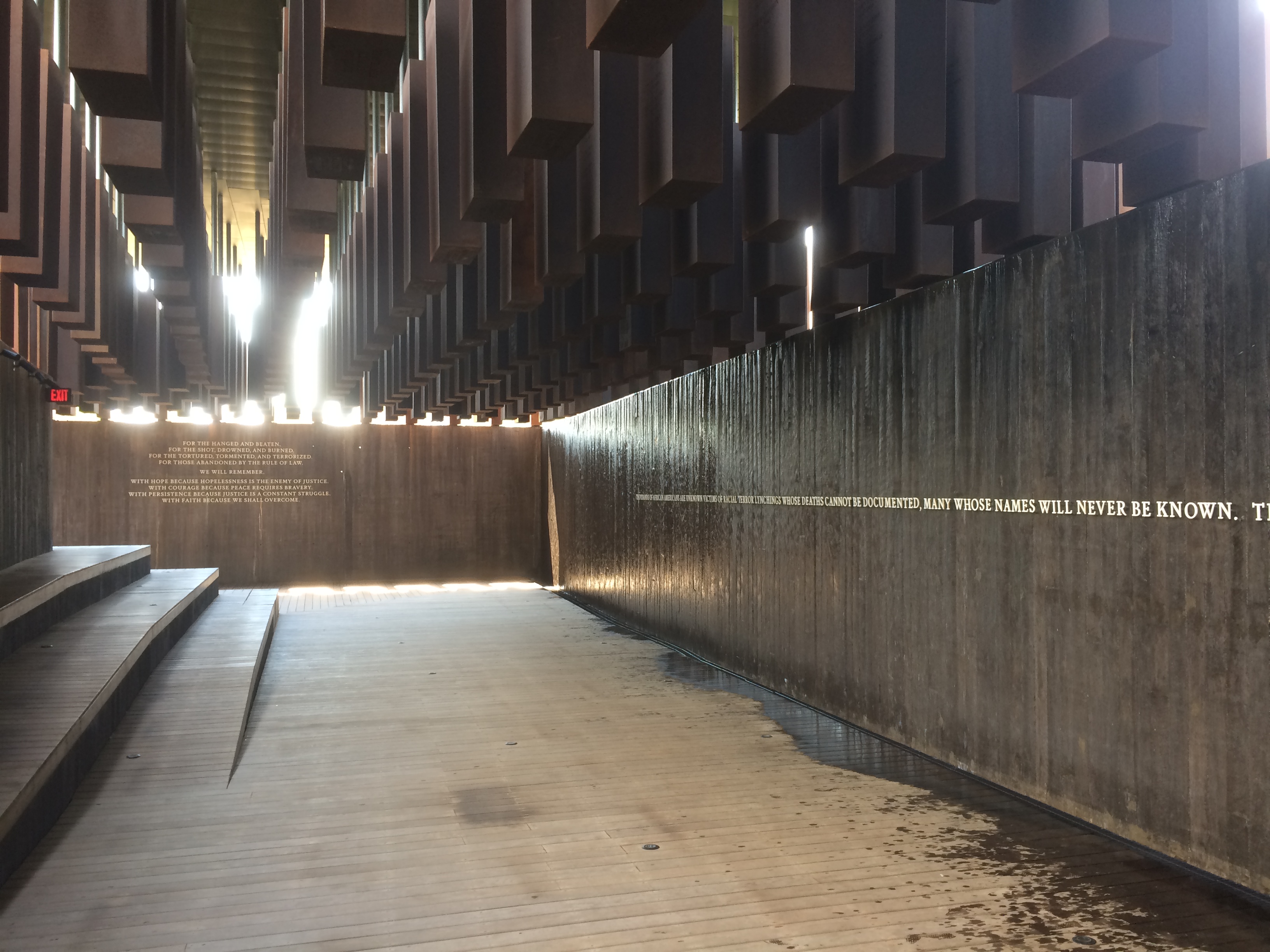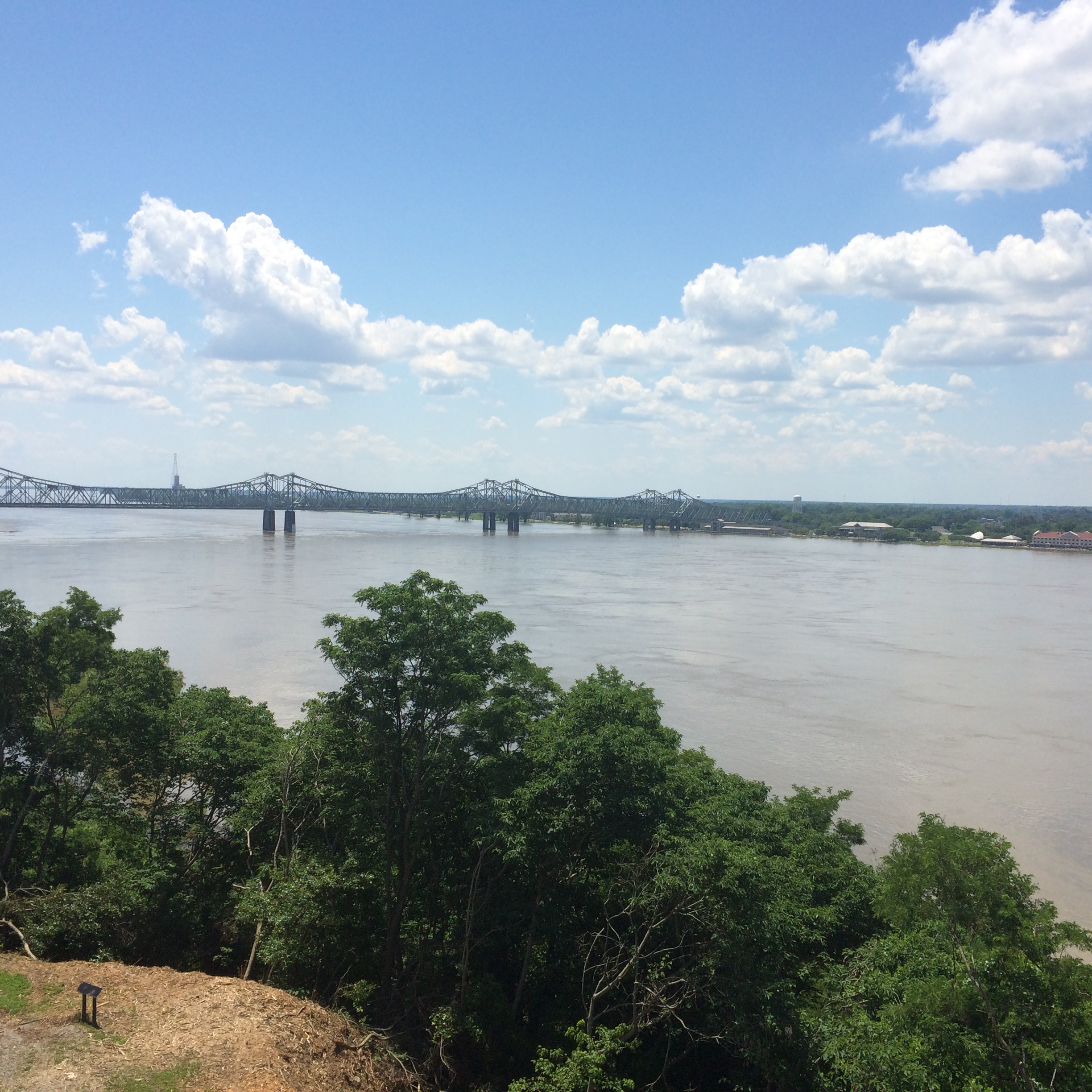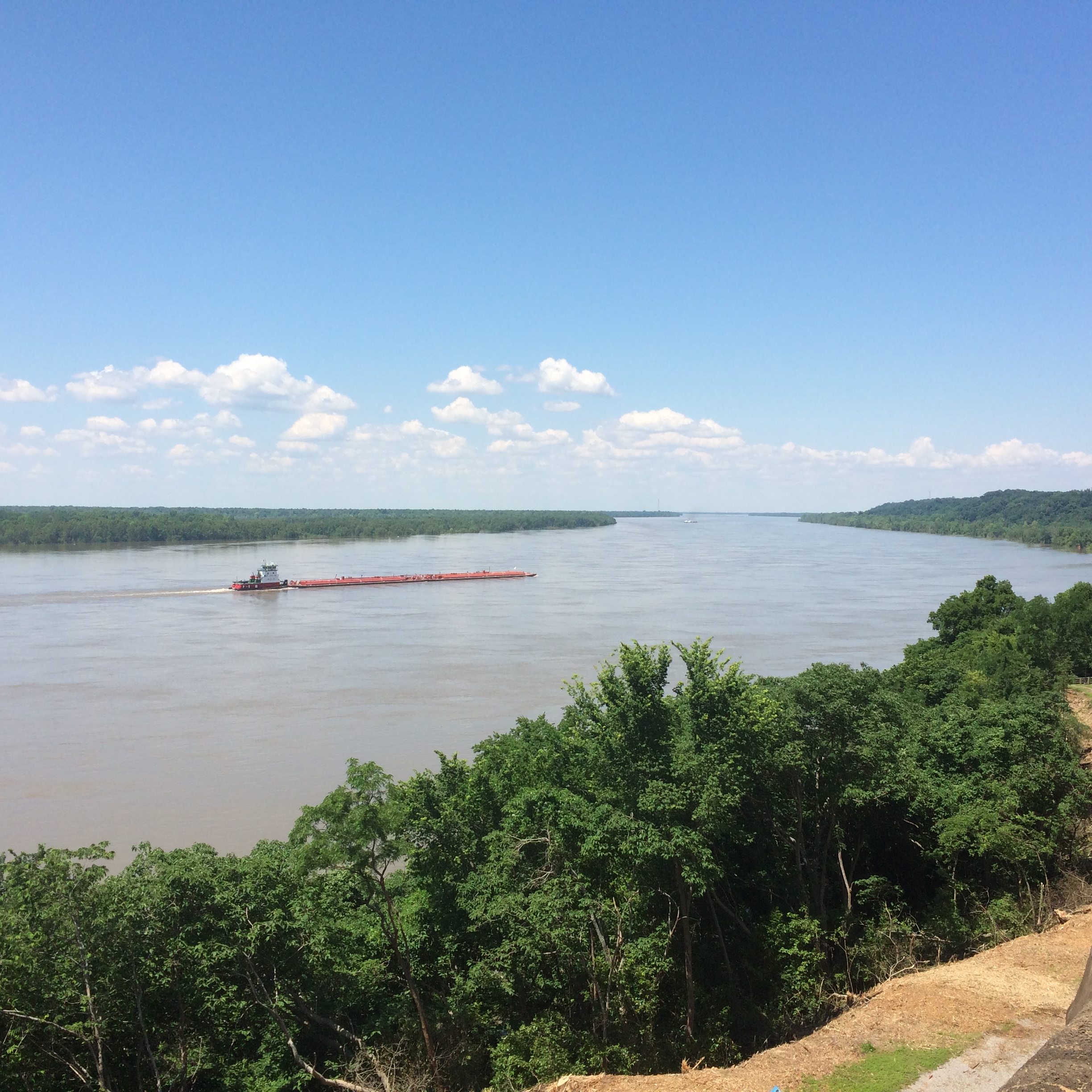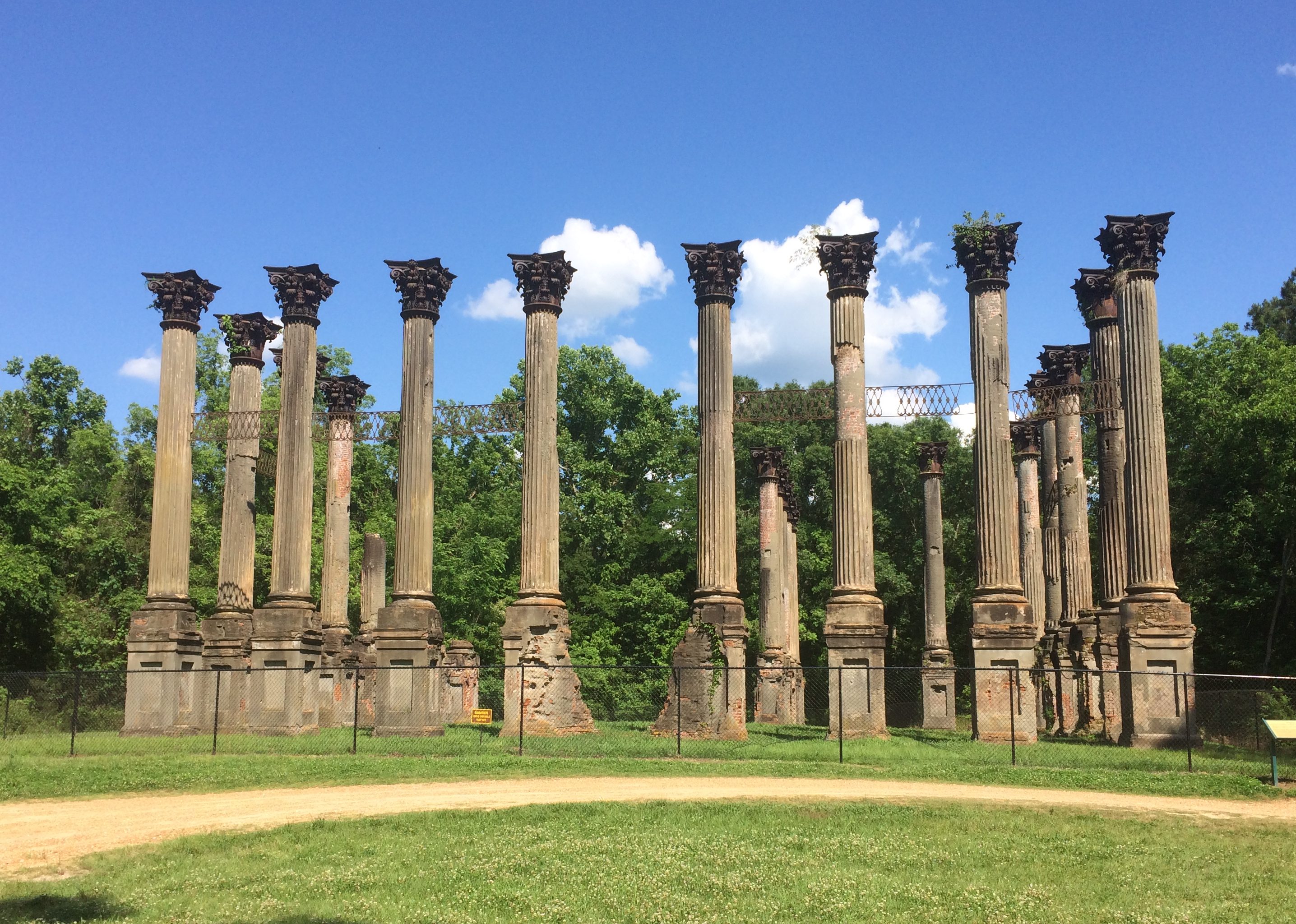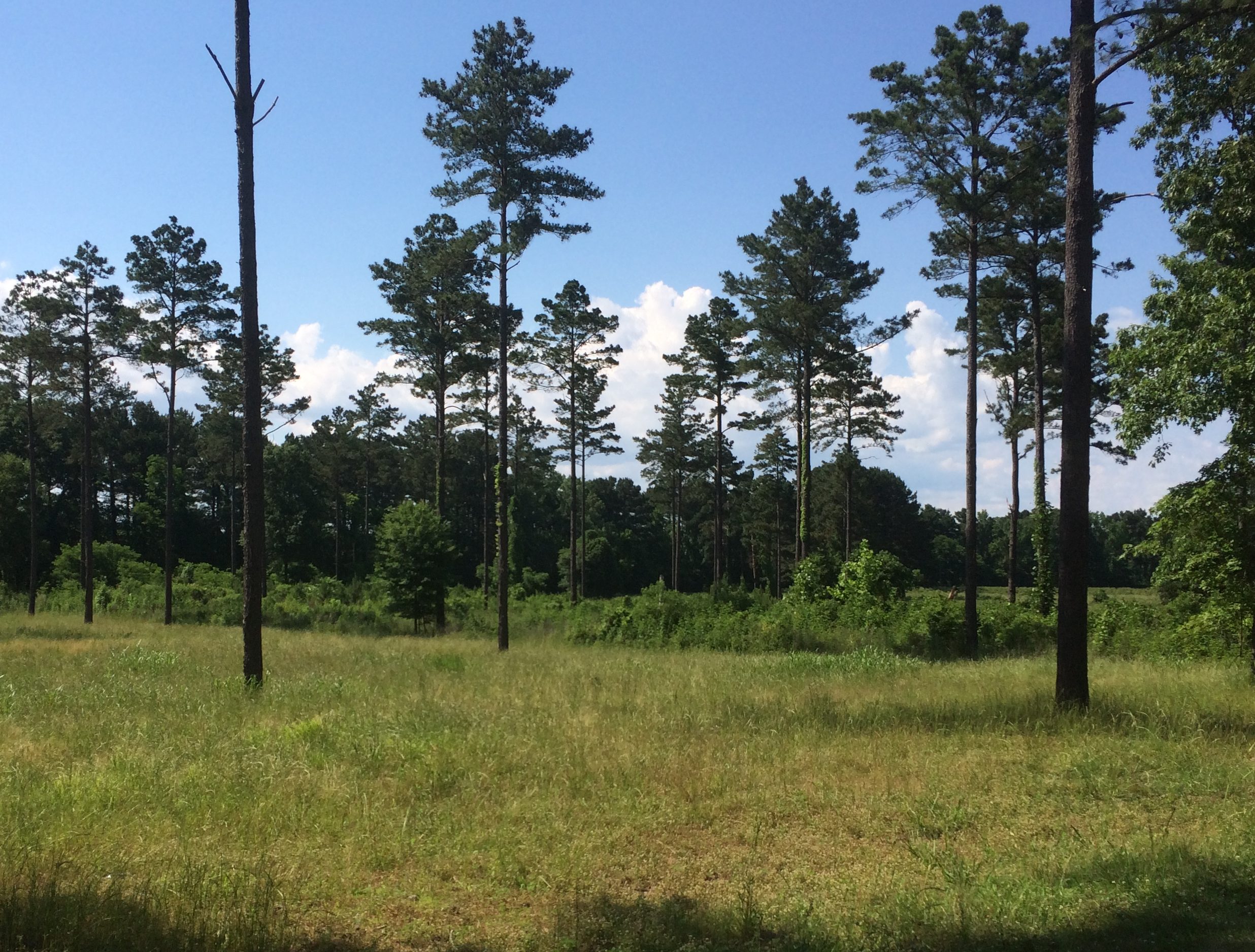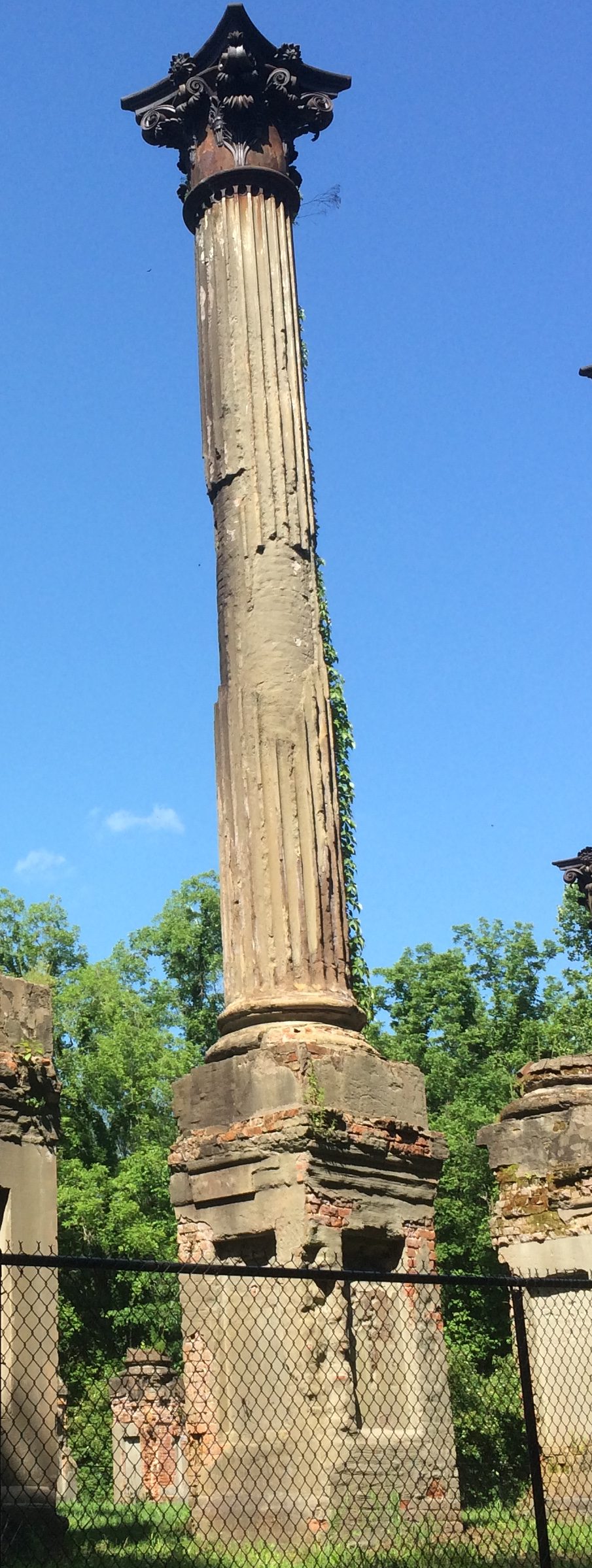Once upon a time, you either knew about a place like Davis Cafe or you didn’t. If you didn’t know it already, it wasn’t a place you were likely to stop if you were driving by — even if it weren’t on an obscure Montgomery, Alabama, side street, which it most definitely is.
The view from the outside.
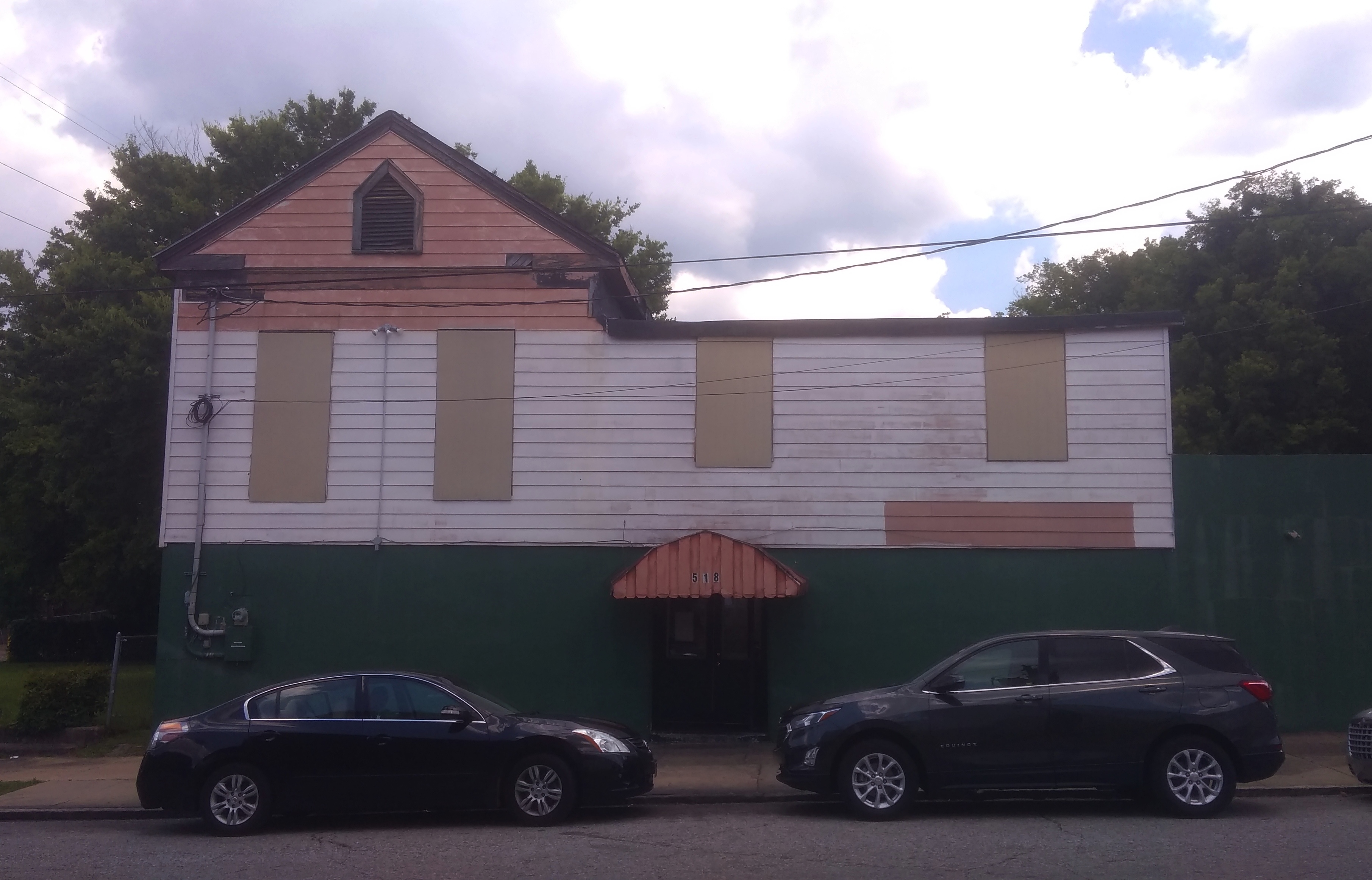 But that was once upon a time. Now the challenge is sifting through too much information to capture a useful recommendation from the fire-hose gush that is the Internet.
But that was once upon a time. Now the challenge is sifting through too much information to capture a useful recommendation from the fire-hose gush that is the Internet.
I tasked Lilly to find a place for lunch before we left Montgomery. She came up with Davis Cafe. It’s a soul food meat-and-three. Or rather meat-and-two, but that hardly mattered, since the helpings were so ample and so wonderful.
I had the ribs, with black-eyed peas and yams, while Lilly had catfish with collard greens and macaroni, with corn bread for the both of us. Exceptionally good eating and good value as well. My kind of place. Like the gone but not hardly forgotten Mack’s Country Cooking in Nashville.
 We didn’t have a bad meal in New Orleans, or even anything mediocre, which wasn’t much of a surprise. We visited a number of spots on Decatur St. in the Quarter, including the wonderful Coop’s Place, where I had rabbit and sausage jambalaya and an Abita beer; another spot where we had shrimp and crayfish and corn al fresco — better yet, on the second-floor balcony, and Lilly said it was her favorite meal of the trip; and a yet another place for beans and rice.
We didn’t have a bad meal in New Orleans, or even anything mediocre, which wasn’t much of a surprise. We visited a number of spots on Decatur St. in the Quarter, including the wonderful Coop’s Place, where I had rabbit and sausage jambalaya and an Abita beer; another spot where we had shrimp and crayfish and corn al fresco — better yet, on the second-floor balcony, and Lilly said it was her favorite meal of the trip; and a yet another place for beans and rice.
 But my own favorite of the New Orleans visit was Li’l Dizzy’s Cafe on Esplanade Ave. in Treme for lunch the first day. It too was located using tech that didn’t exist the last time I was in town.
But my own favorite of the New Orleans visit was Li’l Dizzy’s Cafe on Esplanade Ave. in Treme for lunch the first day. It too was located using tech that didn’t exist the last time I was in town.
Li’l Dizzy’s lunch buffet might have been the thing, but we wanted to eat dinner that evening with some appetite, so we ordered off the menu. Had me a shrimp po’ boy to make up for the fact that when passing through Lafayette, Louisiana, the day before, Olde Tyme Grocery was closed for Sunday. Ten years later, my memory of the Old Tyme po’ boy hadn’t faded, and I wanted another. Li’l Dizzy’s po’ boy didn’t disappoint.
(We were hungry all the same in Lafayette, so we stopped at the absolutely nondescript, immigrant-run Charlie’s Seafood. It wasn’t Old Tyme, but it sure was a good place for fried seafood at a low cost.)
Two days out of three, breakfast in New Orleans meant the Cafe du Monde, because of course it did. One of the virtues of the Hotel Chateau was the five-minute walk to the cafe.
 The cafe and its beignets are precisely the way I remember them from 30 and more years ago, or at least as I wanted to remember them. Light and sweet and as satisfying as waking up on a day off with more days off ahead.
The cafe and its beignets are precisely the way I remember them from 30 and more years ago, or at least as I wanted to remember them. Light and sweet and as satisfying as waking up on a day off with more days off ahead.
We did learn, however, that the time to go was around 9, if breakfast is the goal. Earlier than that probably means a crowd of workers there for morning coffee. Later, by 10 or so, and there’s definitely a much larger tourist crowd. I don’t have anything against tourists, except when they all want the same thing as I do at the same time — a potential problem with any crowd.
So one morning we went to the Market Cafe instead, a simple restaurant in the French Market. Had a Southern, rather than specifically New Orleans, breakfast that day: biscuits and gravy, enjoyed while a three musicians played in the background.
The sort of breakfast you have if you’re going to go out and work on the farm all day, I told Lilly. Not too many people work on a farm anymore, but the breakfast hasn’t changed, which helps make us fat in the 21st century. On the other hand, we had a long day of walking ahead of us, so the breakfast geared us up for it.
Sorry to report that Miss Ruby’s is no more. It was a shoebox of a French Quarter restaurant on St. Philip St. that I remember fondly from 1989. Especially the pie. When I get my Tardis-like device to travel to my favorite restaurants, past or present, open or closed, I’m returning to Miss Ruby’s for pie.
Oddly enough, a good description of that long-lost restaurant is in the comments section of a book hawked by Amazon: Miss Ruby’s Southern Creole and Cajun Cuisine: The Cooking That Captured New Orleans (1991).
Reviewer Susan said: “I had the pleasure of many years ago (1980s), stumbling upon Miss Ruby’s restaurant while on a trip to New Orleans with an old boyfriend… Miss Ruby came to the door as we stood outside contemplating a place that looked more like her kitchen then a restaurant. She introduced herself with a big smile and welcomed us in. To this day I can recall what we ate, fried chicken, the sweetest green peas ever, lemonade to die for and I believe a German Forest Cake.”
Except for a few details (girlfriend instead of boyfriend, pie instead of cake), that was pretty much the Miss Ruby’s I encountered late in the ’80s.
In Nashville, we ate at somewhere old and somewhere new, though actually our best meals in town were homemade by my friends Stephanie and Wendall, with whom we stayed. But for restaurant food, we first went to the Elliston Place Soda Shop, which has been open since 1939 and looks the same as it did when I first went ca. 1980. The next day we ate lunch at the fairly new and highly aesthetic Butchertown Hall, open only since 2015.
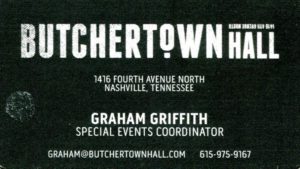 Nashville Guru says: “Butchertown Hall gets its name from one of Germantown’s old nicknames ‘Butchertown,’ inspired by the numerous German immigrants who worked as butchers in the neighborhood. The first thing you notice when you walk through the Butchertown Hall doors is the appetizing smokey scent coming from the Grillworks Infierno 96 Grill (one of only three in the country). The high ceilings and natural light make the space feel large and open. A mossy rock wall separates the sleek bar and main dining area. There are community tables, two-top tables, four-top tables, and benches throughout the restaurant with seating for up to 130 people.”
Nashville Guru says: “Butchertown Hall gets its name from one of Germantown’s old nicknames ‘Butchertown,’ inspired by the numerous German immigrants who worked as butchers in the neighborhood. The first thing you notice when you walk through the Butchertown Hall doors is the appetizing smokey scent coming from the Grillworks Infierno 96 Grill (one of only three in the country). The high ceilings and natural light make the space feel large and open. A mossy rock wall separates the sleek bar and main dining area. There are community tables, two-top tables, four-top tables, and benches throughout the restaurant with seating for up to 130 people.”
It was Sunday, so the brunch menu was on the offing. I had the brisket and gravy — more gravy! — and it was tasty indeed. The place was a little loud, though, making conversation, which is what you want as much as the food during brunch, a little hard.
That there are newish restaurants in Nashville is no surprise. It’s a growing city. What surprised me walking around before and after eating at Butchertown Hall was that the entire Germantown neighborhood seemed new. New apartments, retail and restaurants, created ex nihilo in recent years (but naturally, according to demand). Now Germantown is a happening Nashville neighborhood. What was it 35 years ago? Nothing to speak of. As in, I don’t ever remember hearing anything about it when I lived in Nashville.
This and other Nashville growth nodes — that means you, Gulch — were the subjects of much old-person conversation during the time we were in Nashville. Old, as in me and my friends. Young Lilly put up with it.
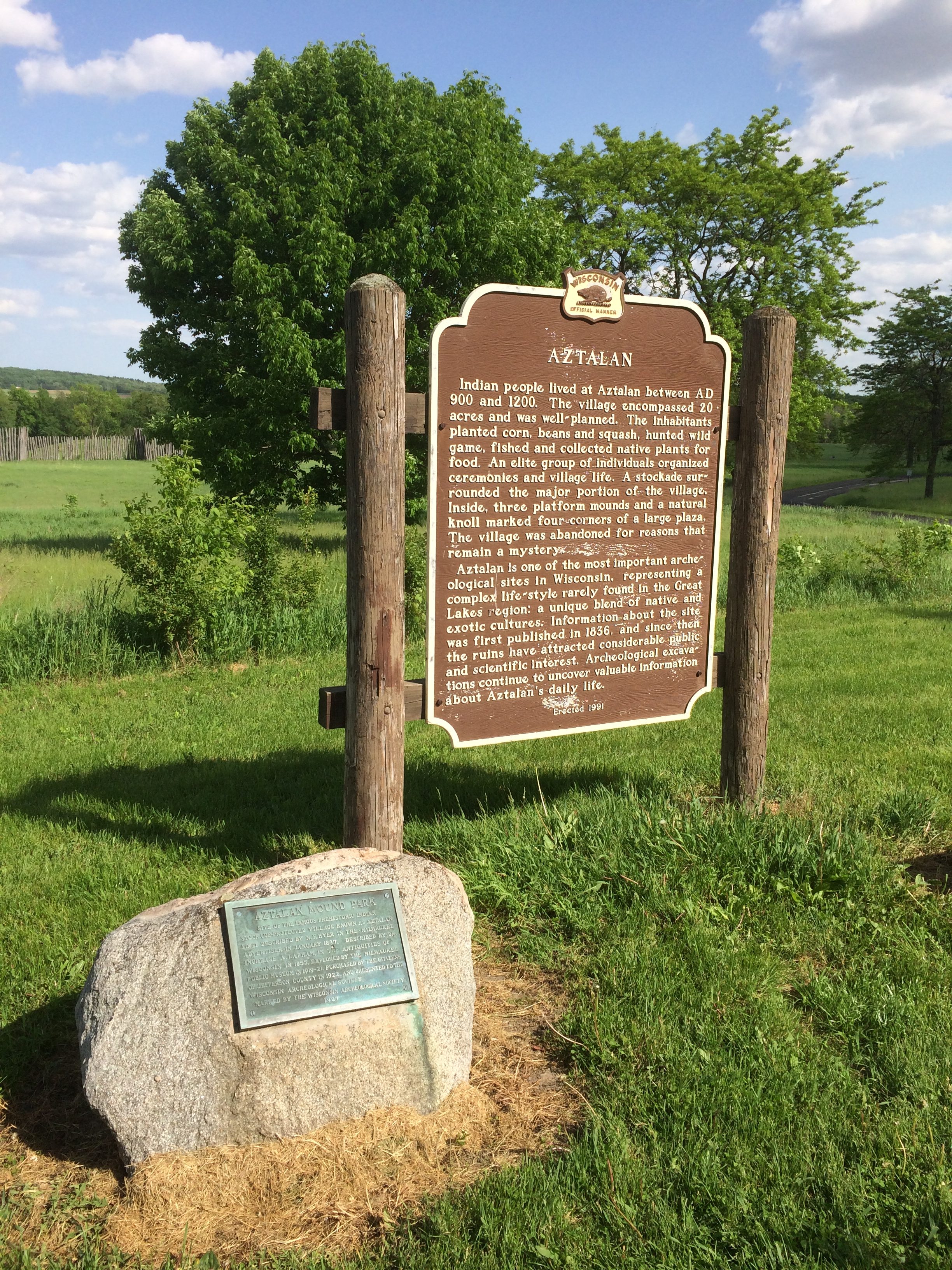 The name is a misnomer in the sense that in the 19th century, one of the ideas about the prehistoric people who lived here saw them as ancestors of the Aztecs. The ancestors of the Aztecs were thought to be from a place north of Mexico called Aztalan. So the name was applied to the site, even though the Mississippians are no longer believed to be Aztec ancestors.
The name is a misnomer in the sense that in the 19th century, one of the ideas about the prehistoric people who lived here saw them as ancestors of the Aztecs. The ancestors of the Aztecs were thought to be from a place north of Mexico called Aztalan. So the name was applied to the site, even though the Mississippians are no longer believed to be Aztec ancestors.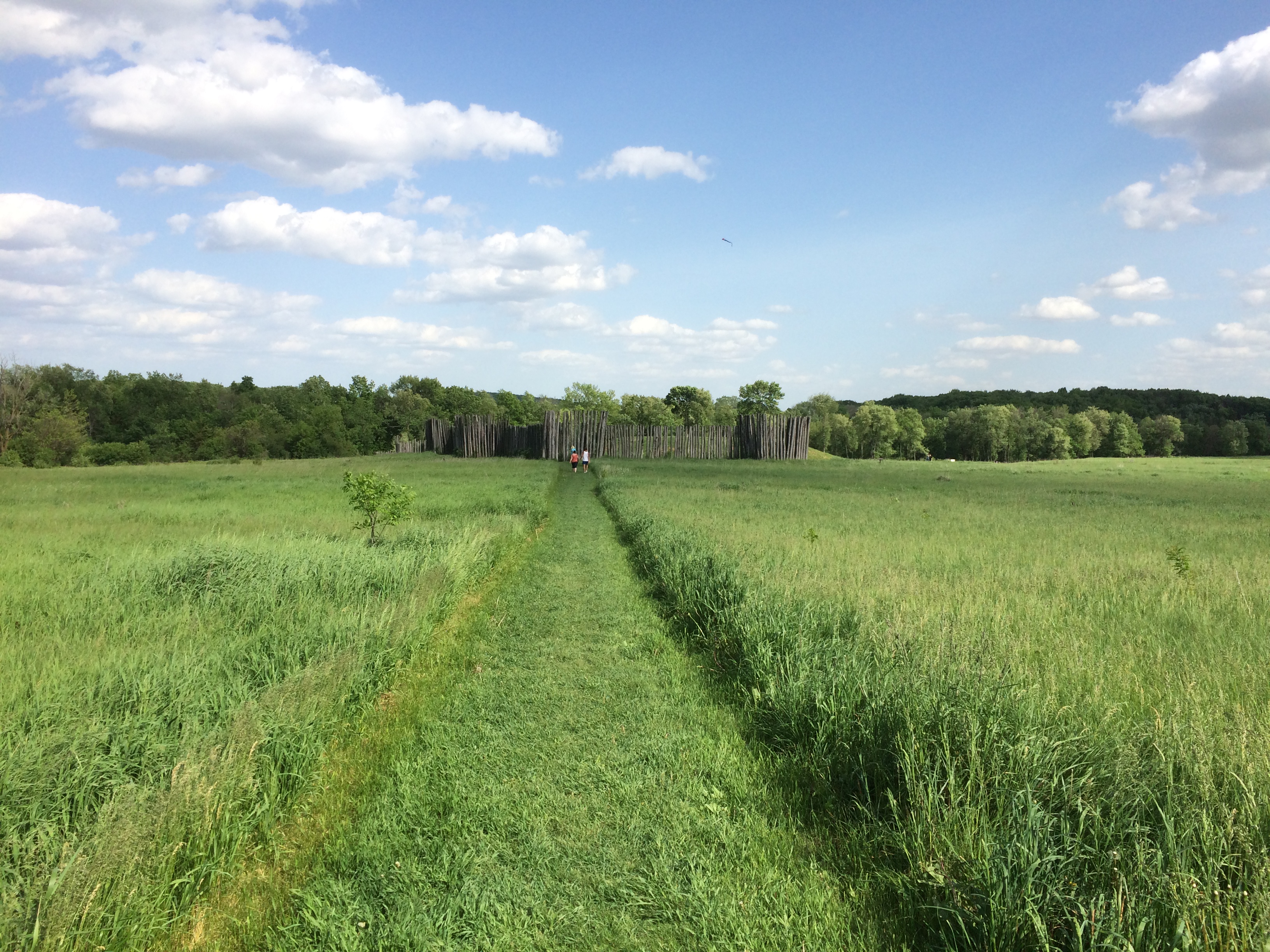
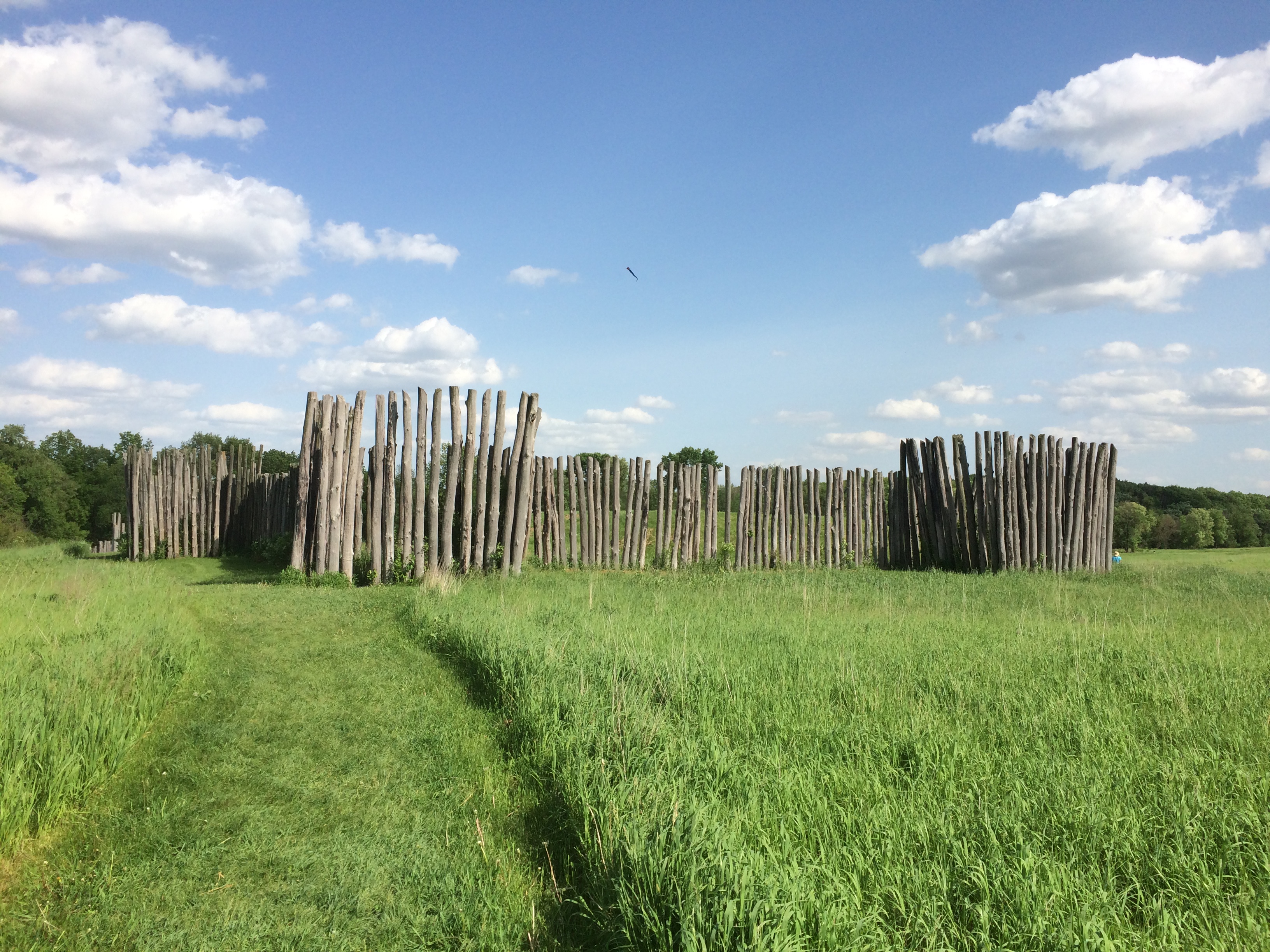 The stockade posts are 20th-century reconstructions, but I understand they were placed in the original holes.
The stockade posts are 20th-century reconstructions, but I understand they were placed in the original holes.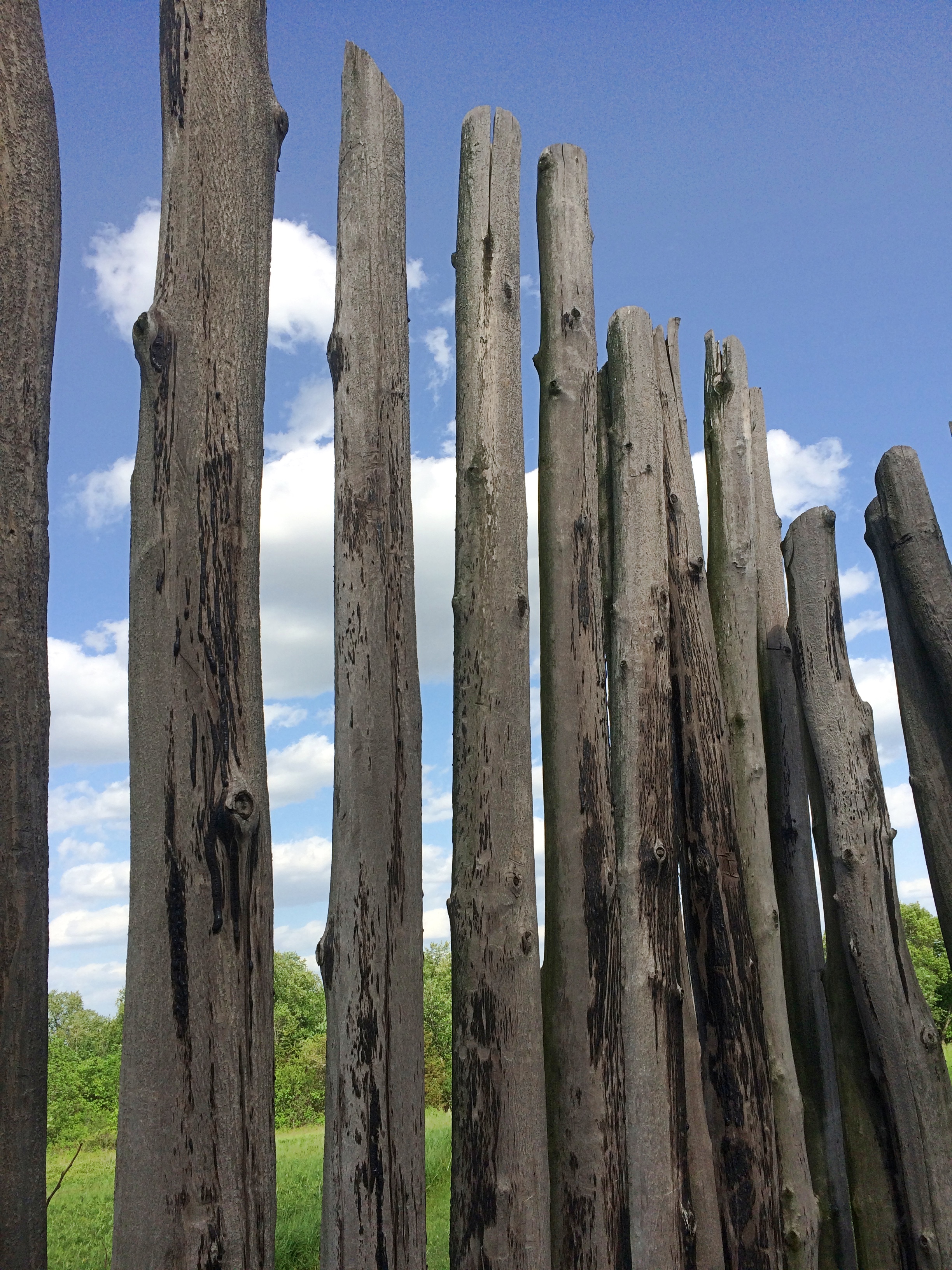 One of the mounds. The second largest one, I think.
One of the mounds. The second largest one, I think.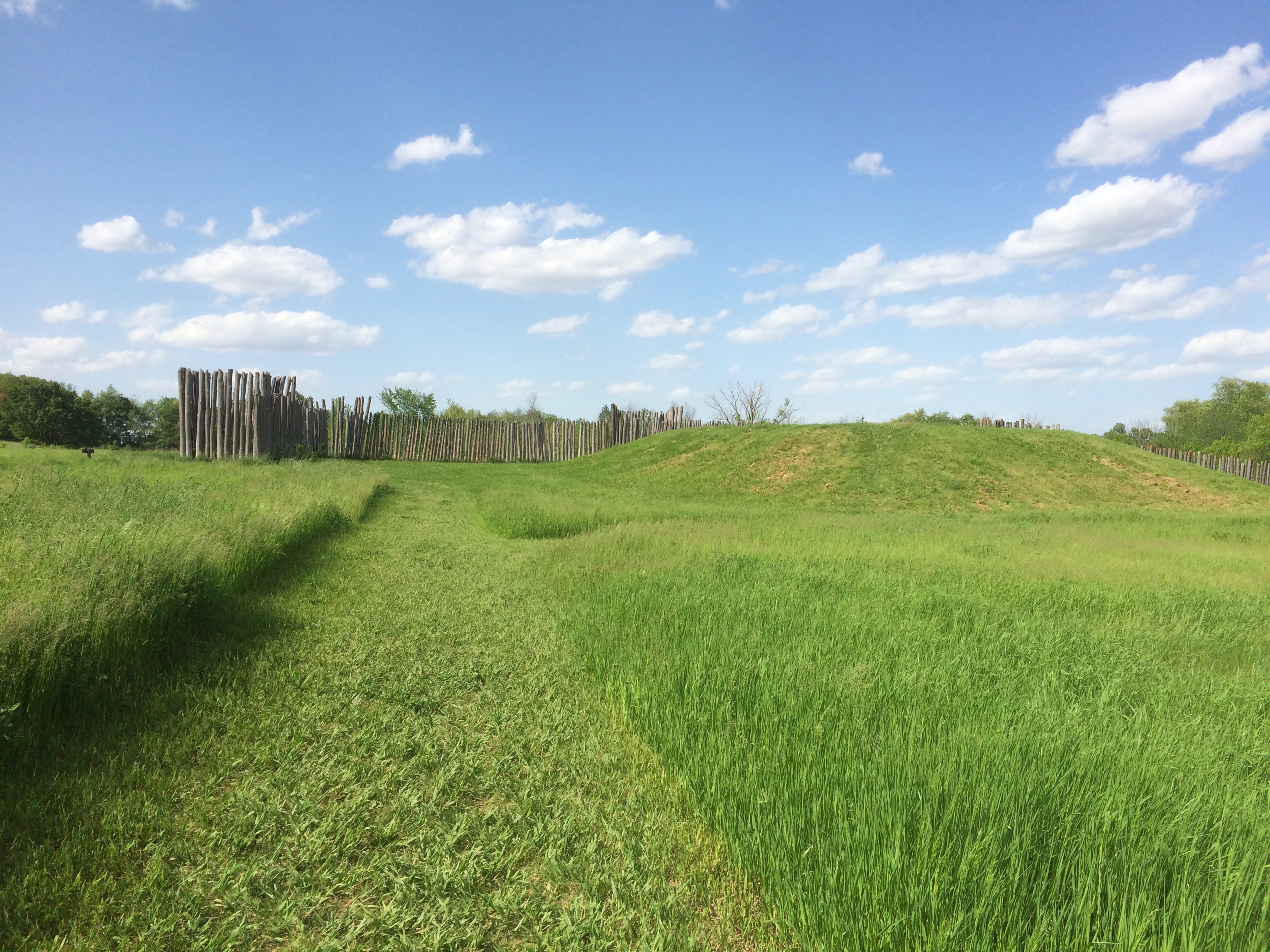 The path to the largest of the mounds. Large and small are relative terms for the mounds at Aztalan. Compared with Cahokia, they’re all pretty small.
The path to the largest of the mounds. Large and small are relative terms for the mounds at Aztalan. Compared with Cahokia, they’re all pretty small.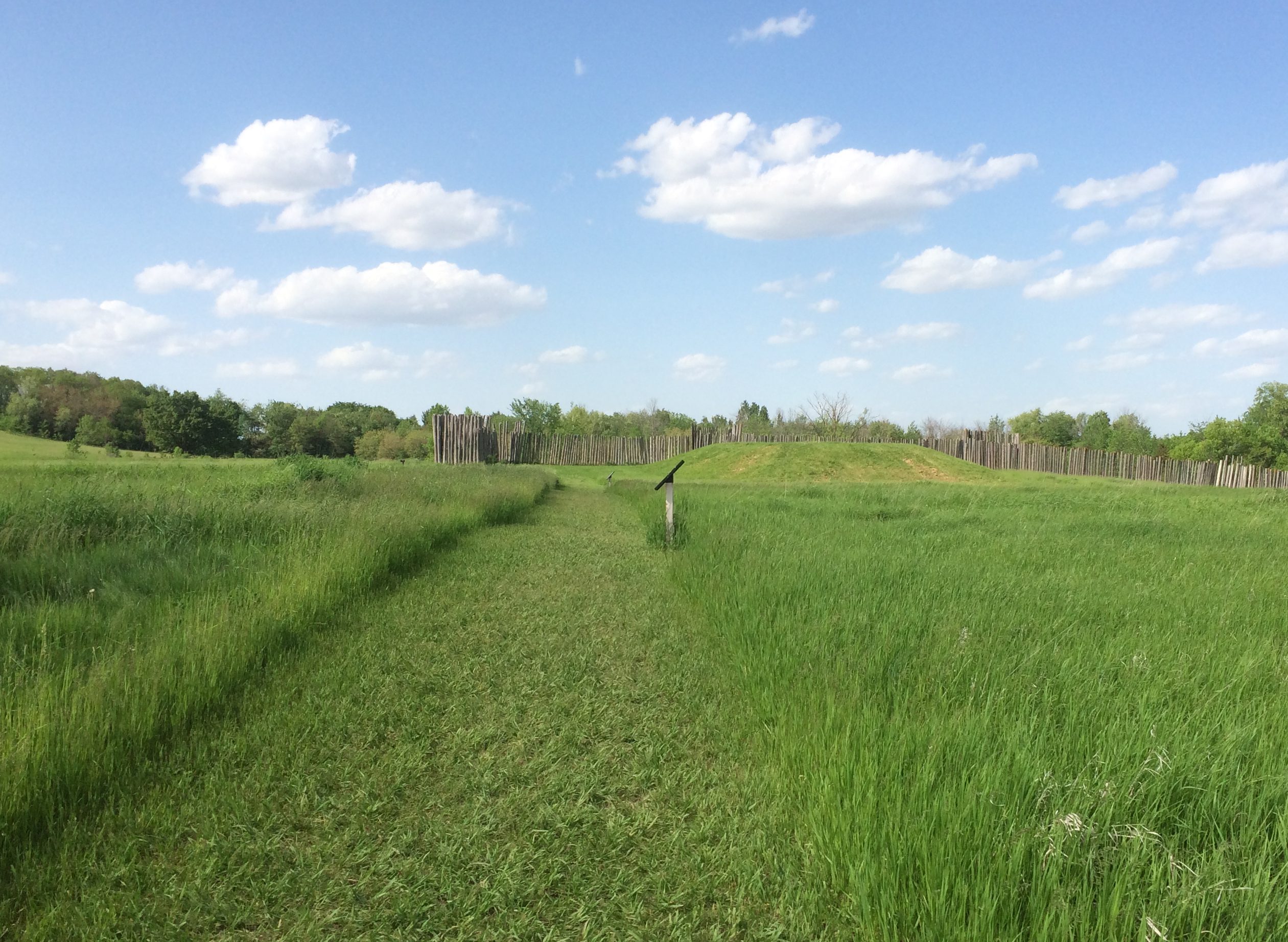 Another path leads down to the Crawfish River, which I assume supplied Aztalan with its water and some fish.
Another path leads down to the Crawfish River, which I assume supplied Aztalan with its water and some fish.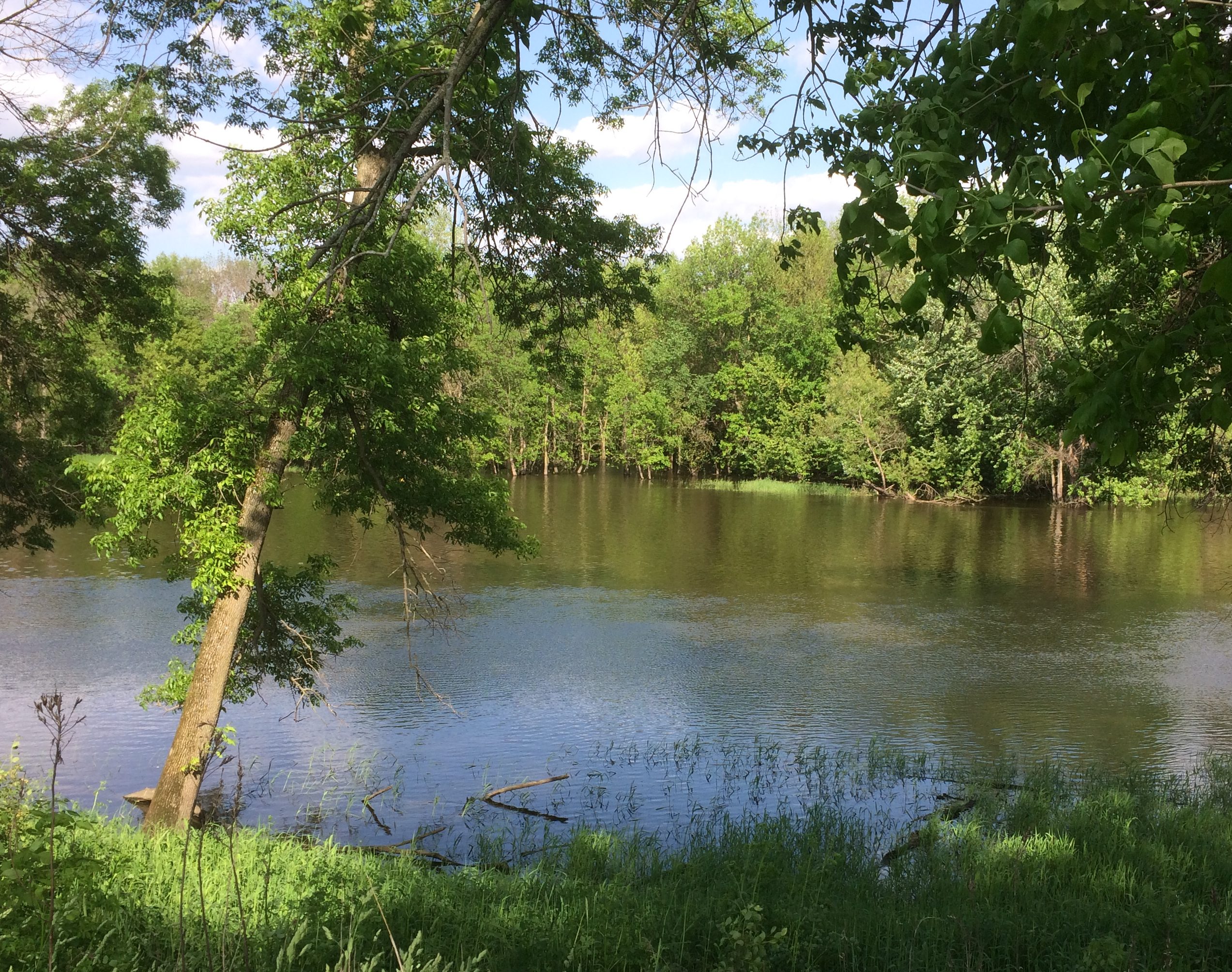
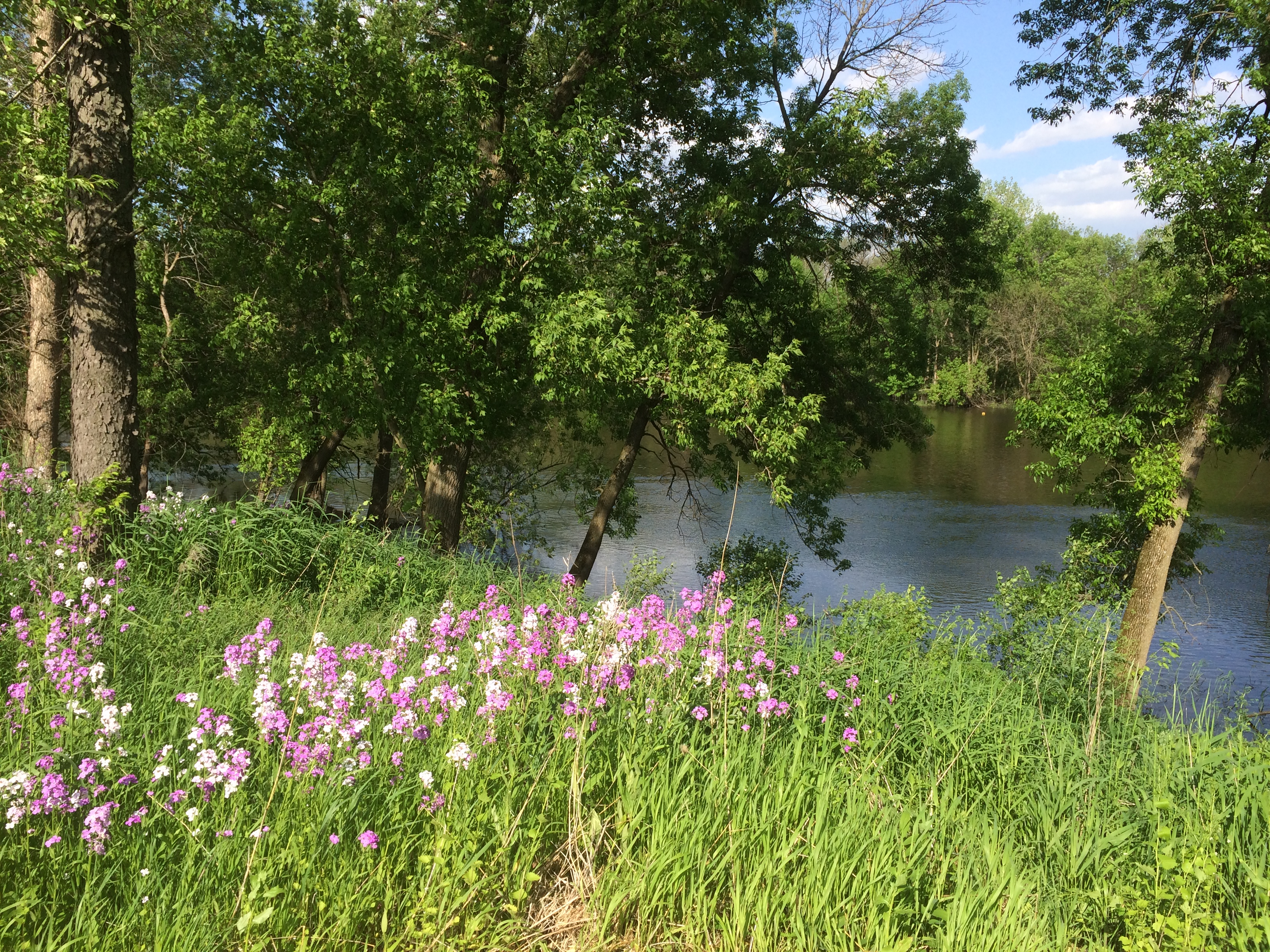 Near the river is what I take to be an active archaeological dig, complete with screens for sifting the soil.
Near the river is what I take to be an active archaeological dig, complete with screens for sifting the soil.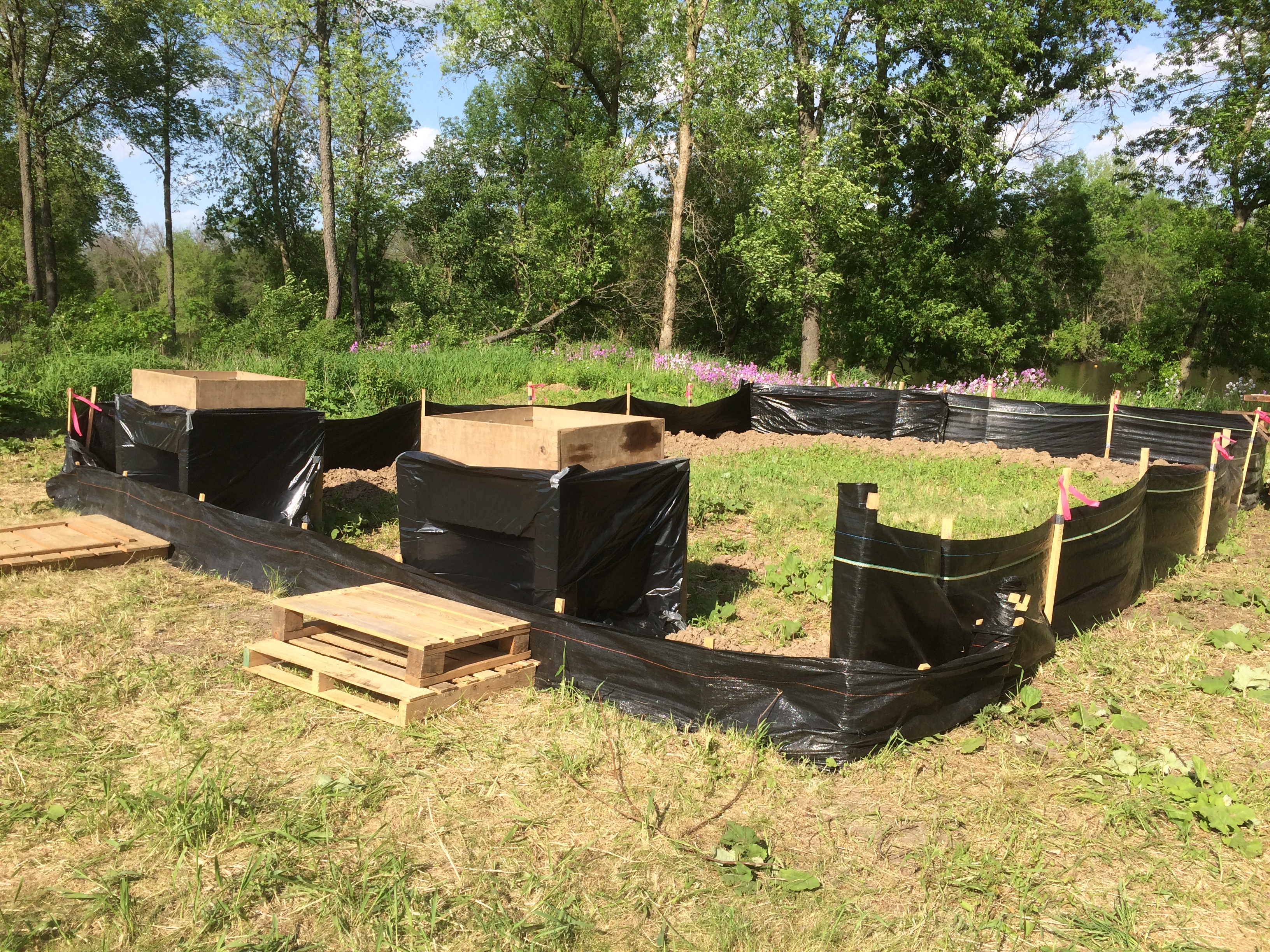 I don’t think I’d have the patience for that kind of work. But I’m glad there are people who do.
I don’t think I’d have the patience for that kind of work. But I’m glad there are people who do.